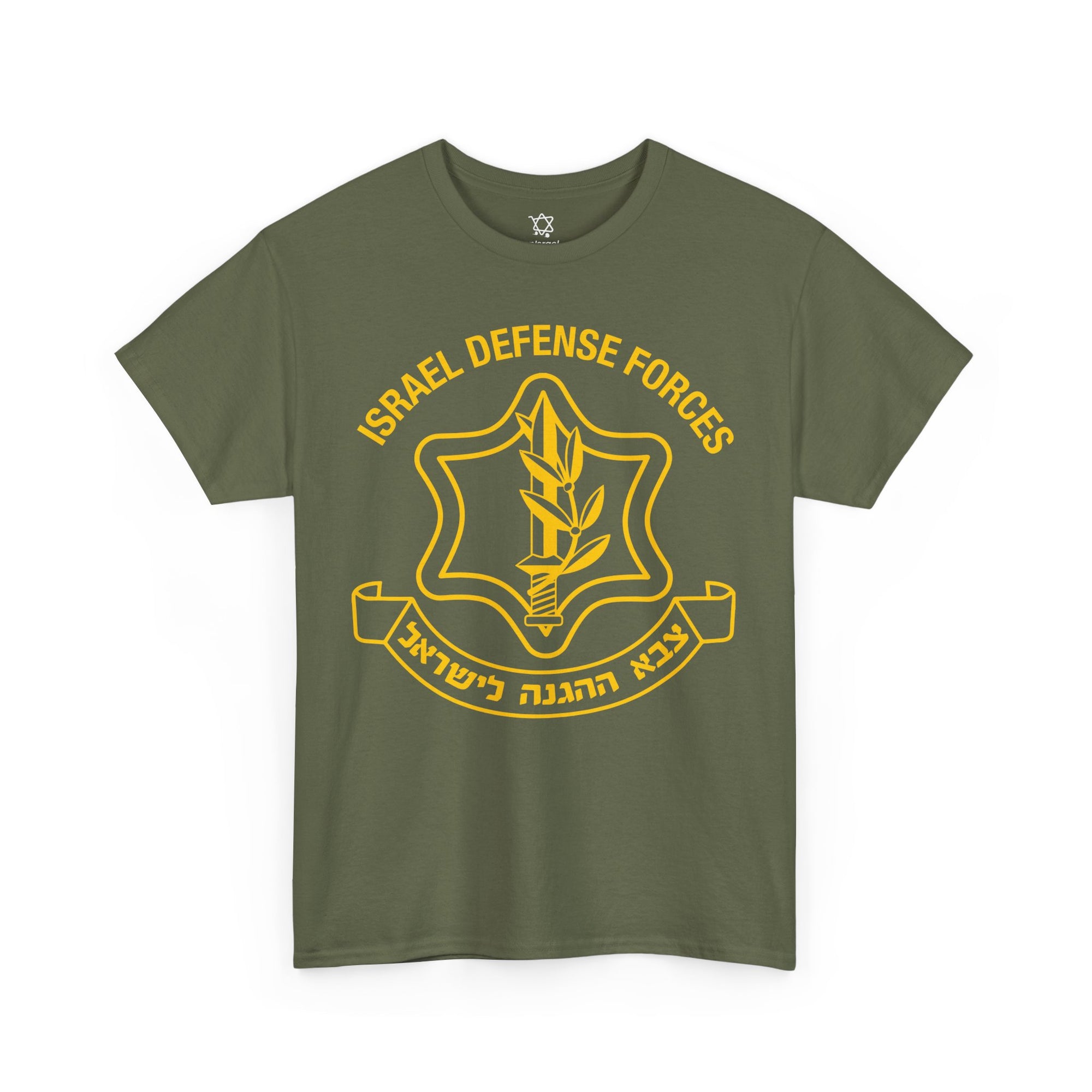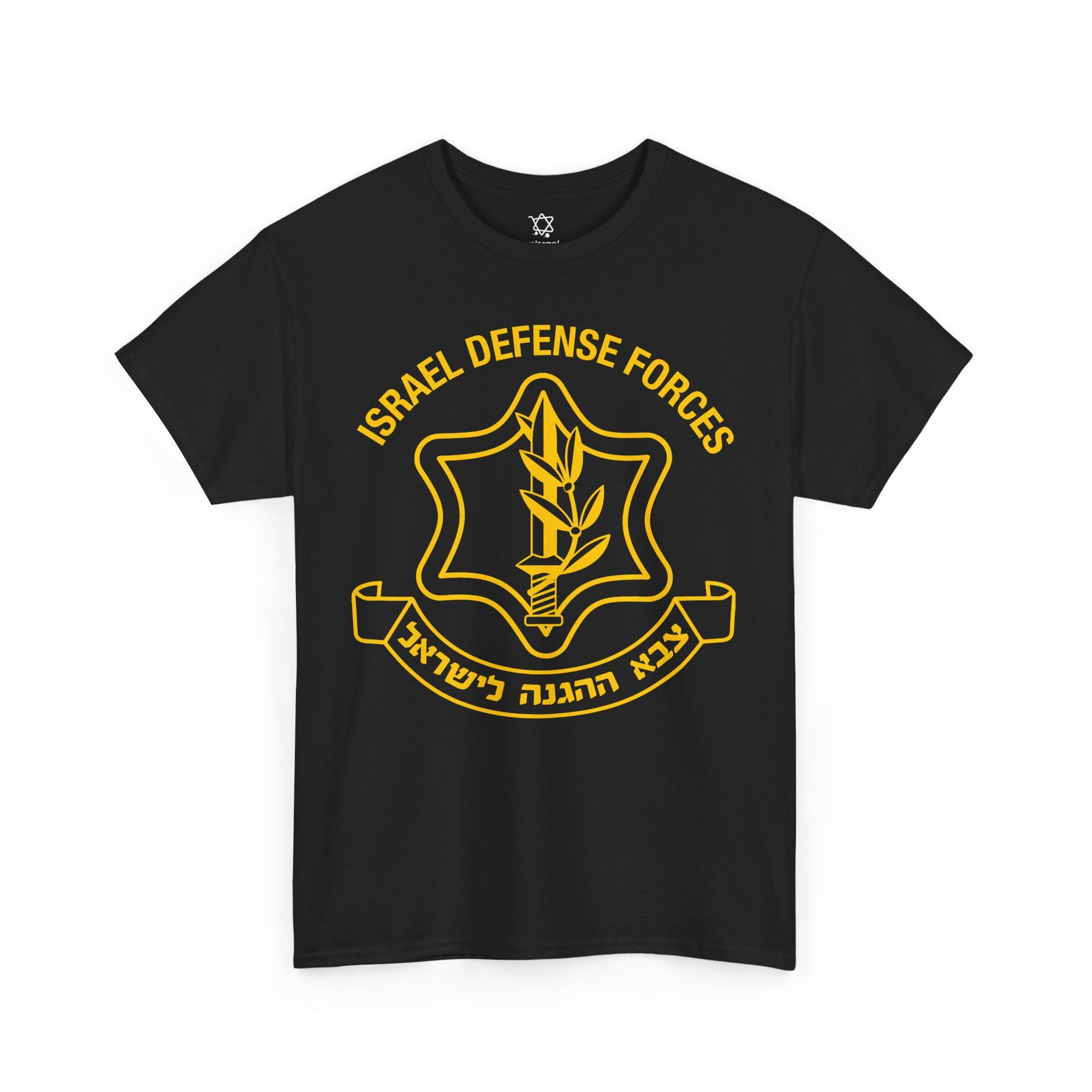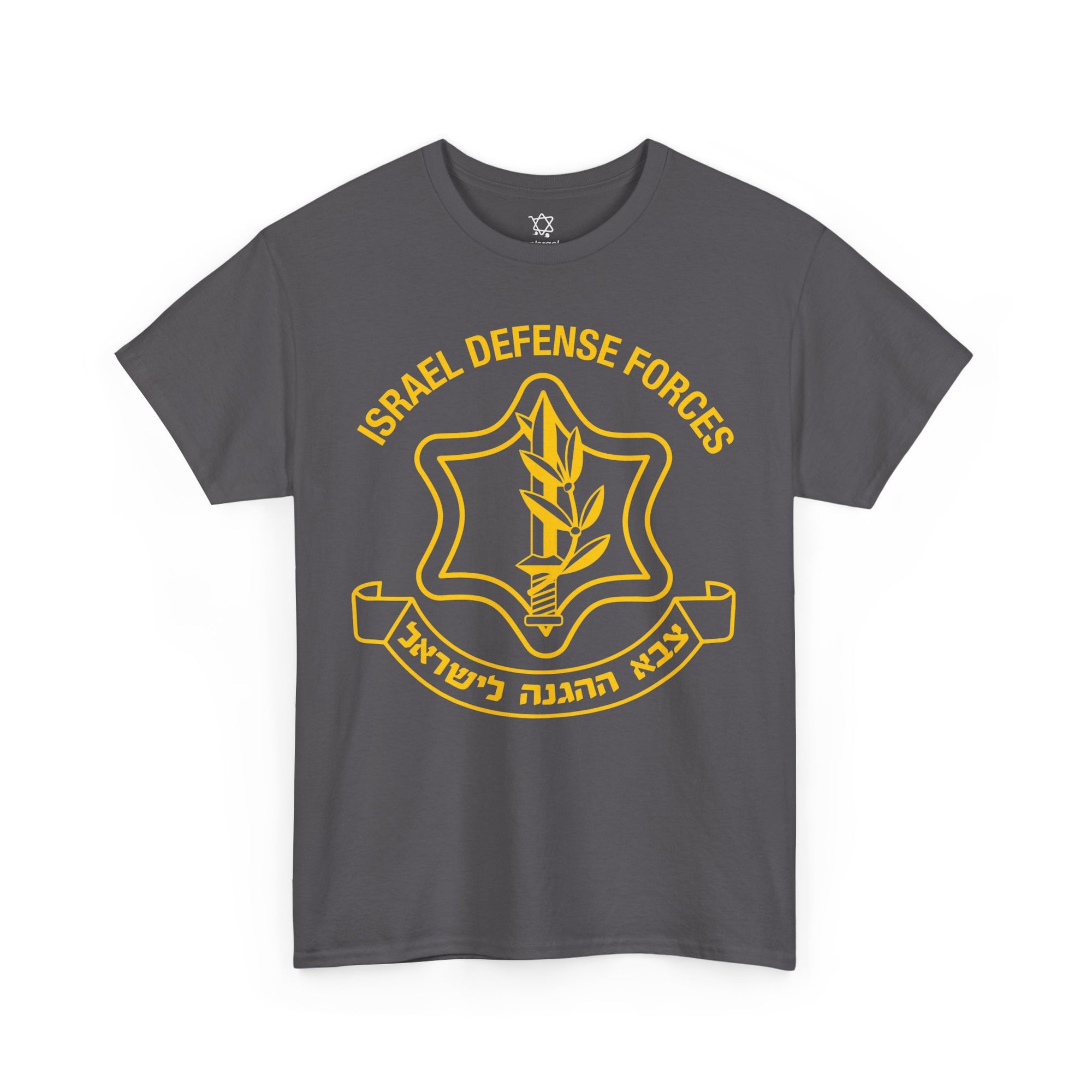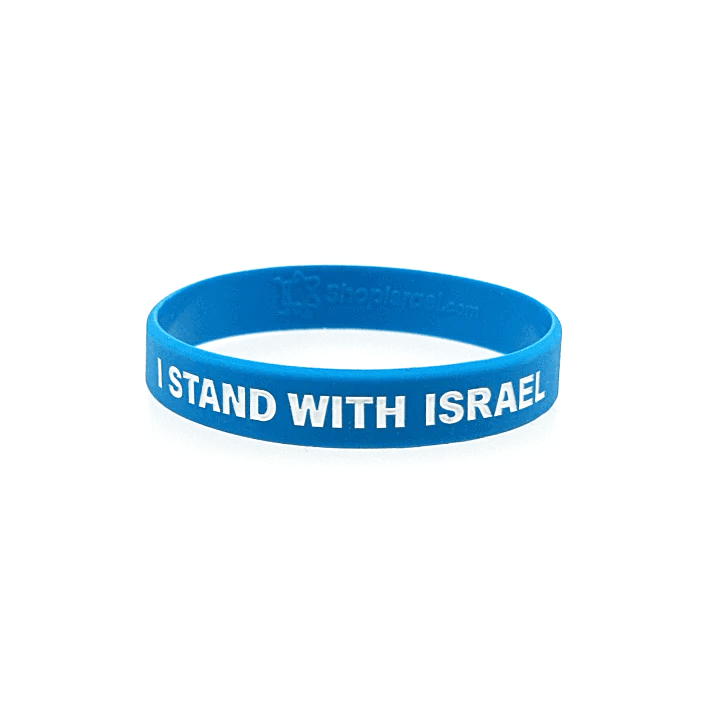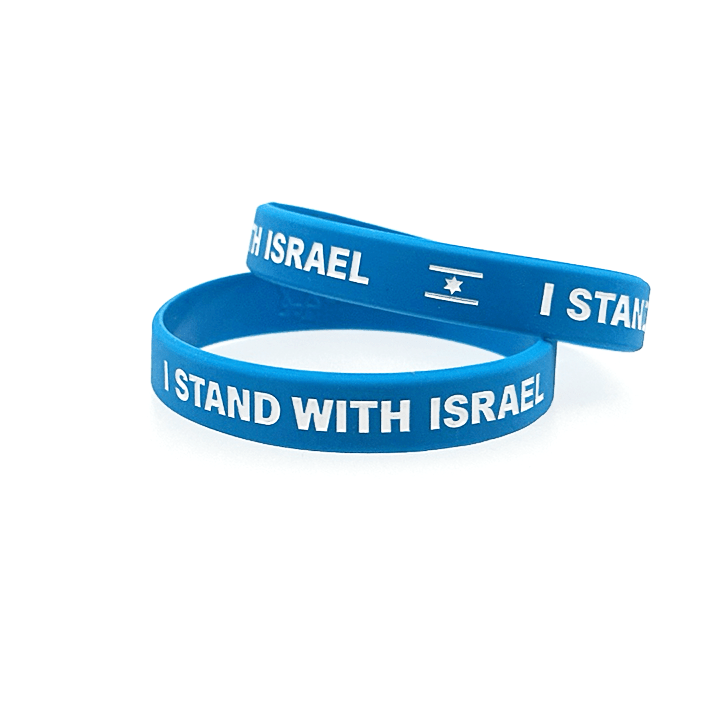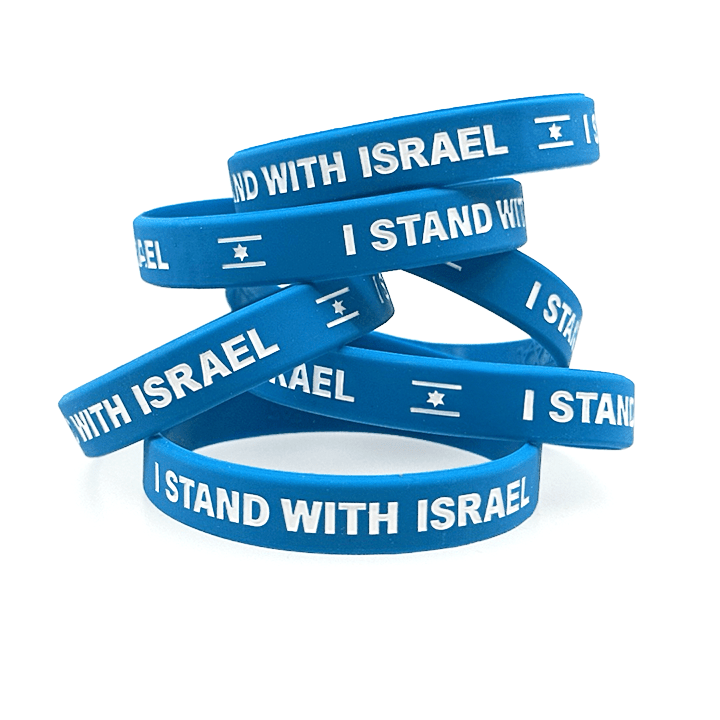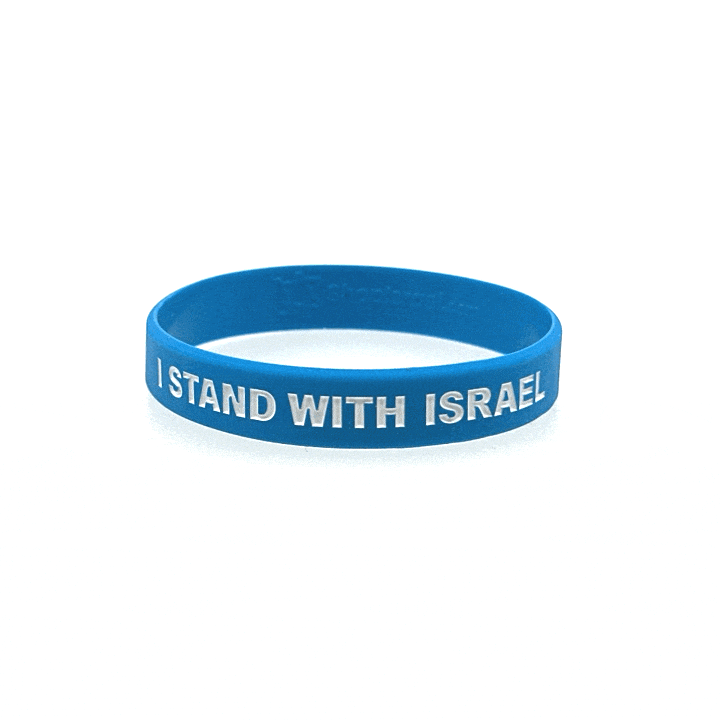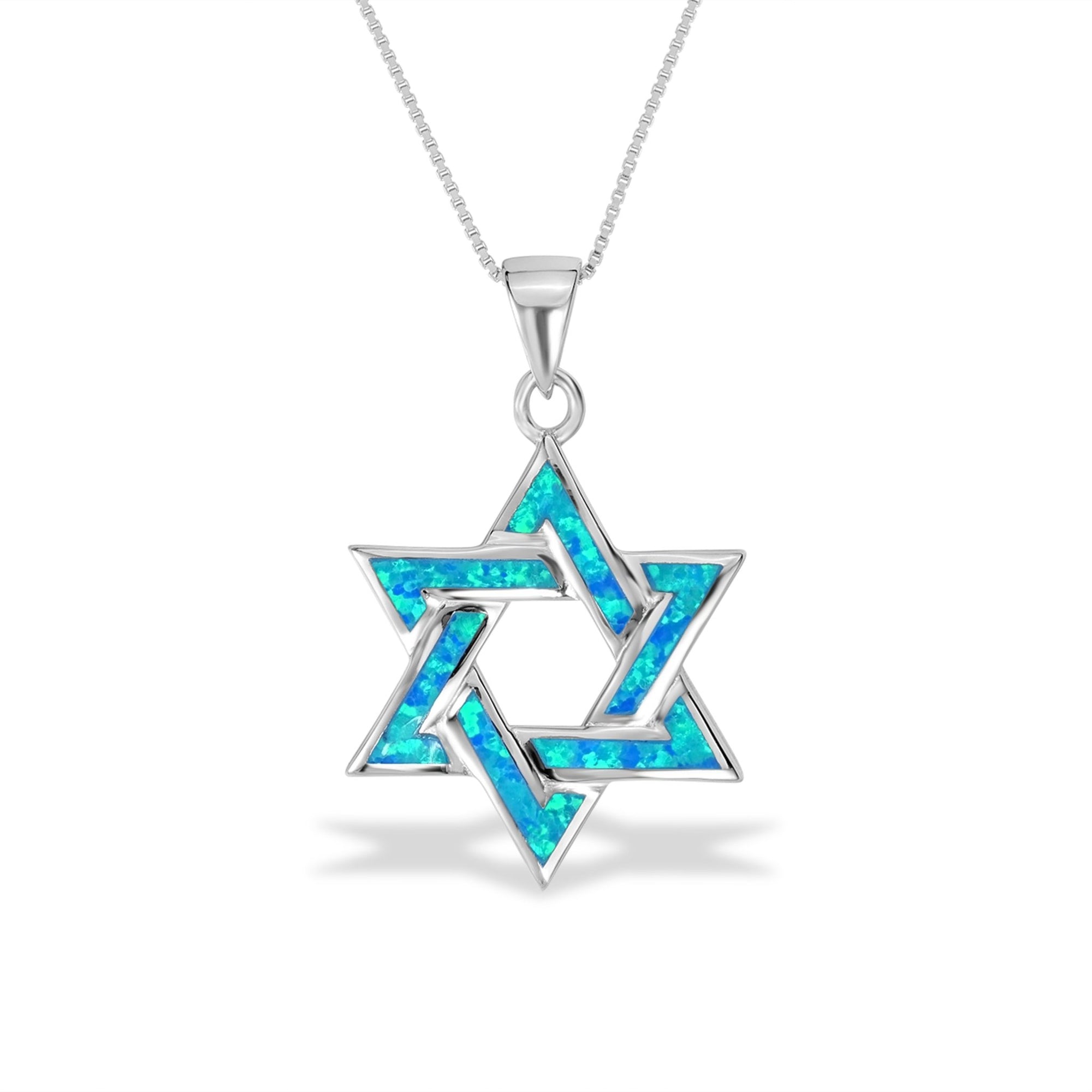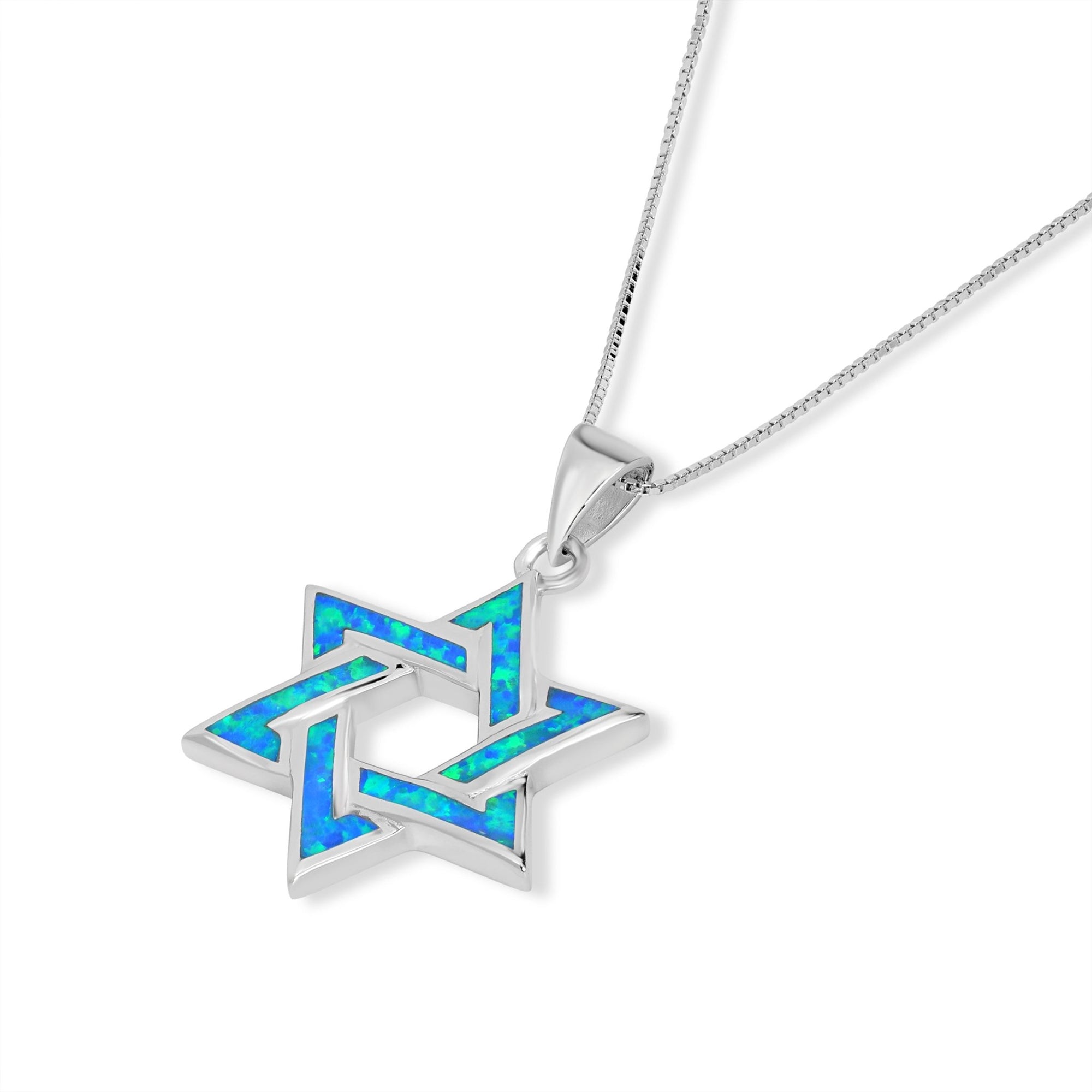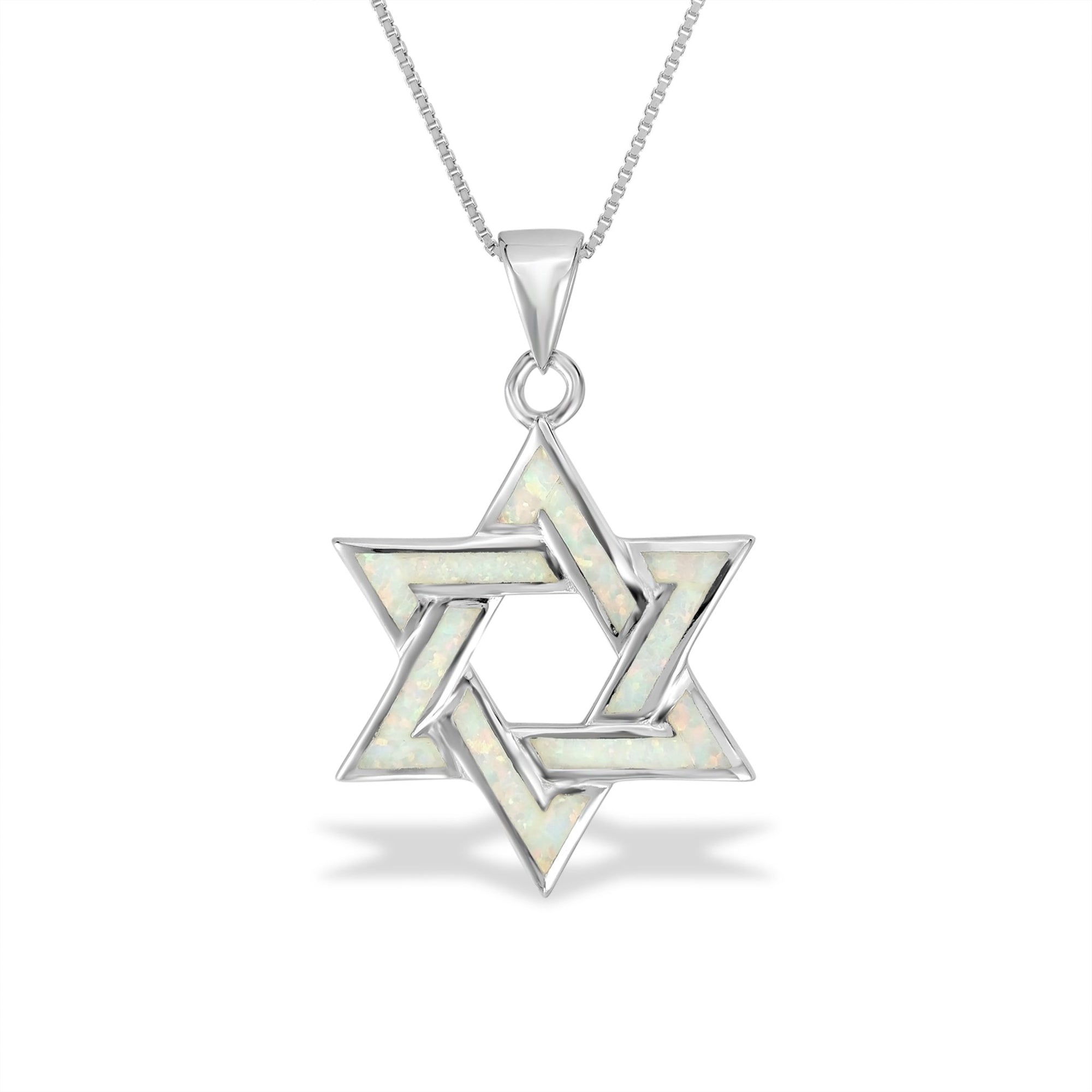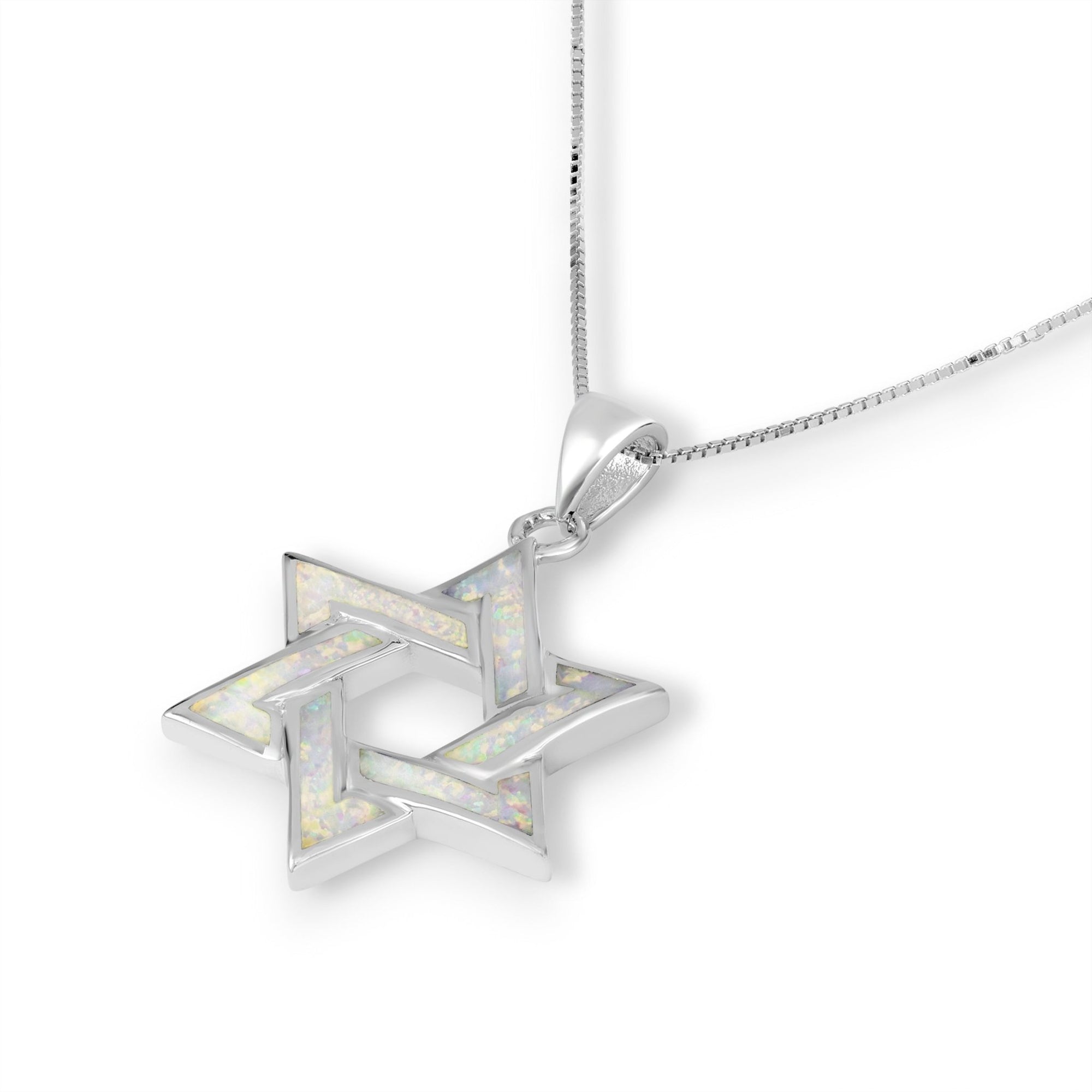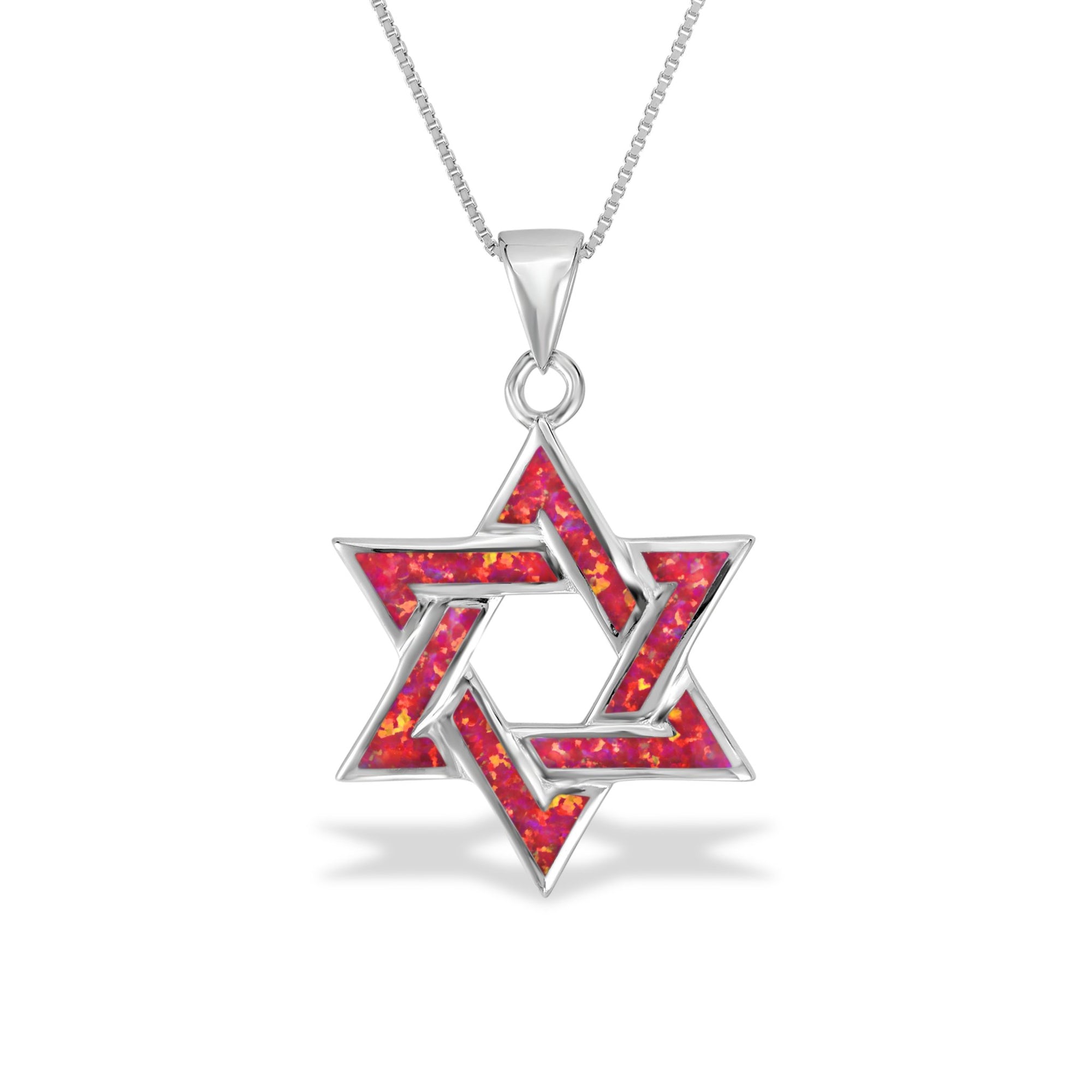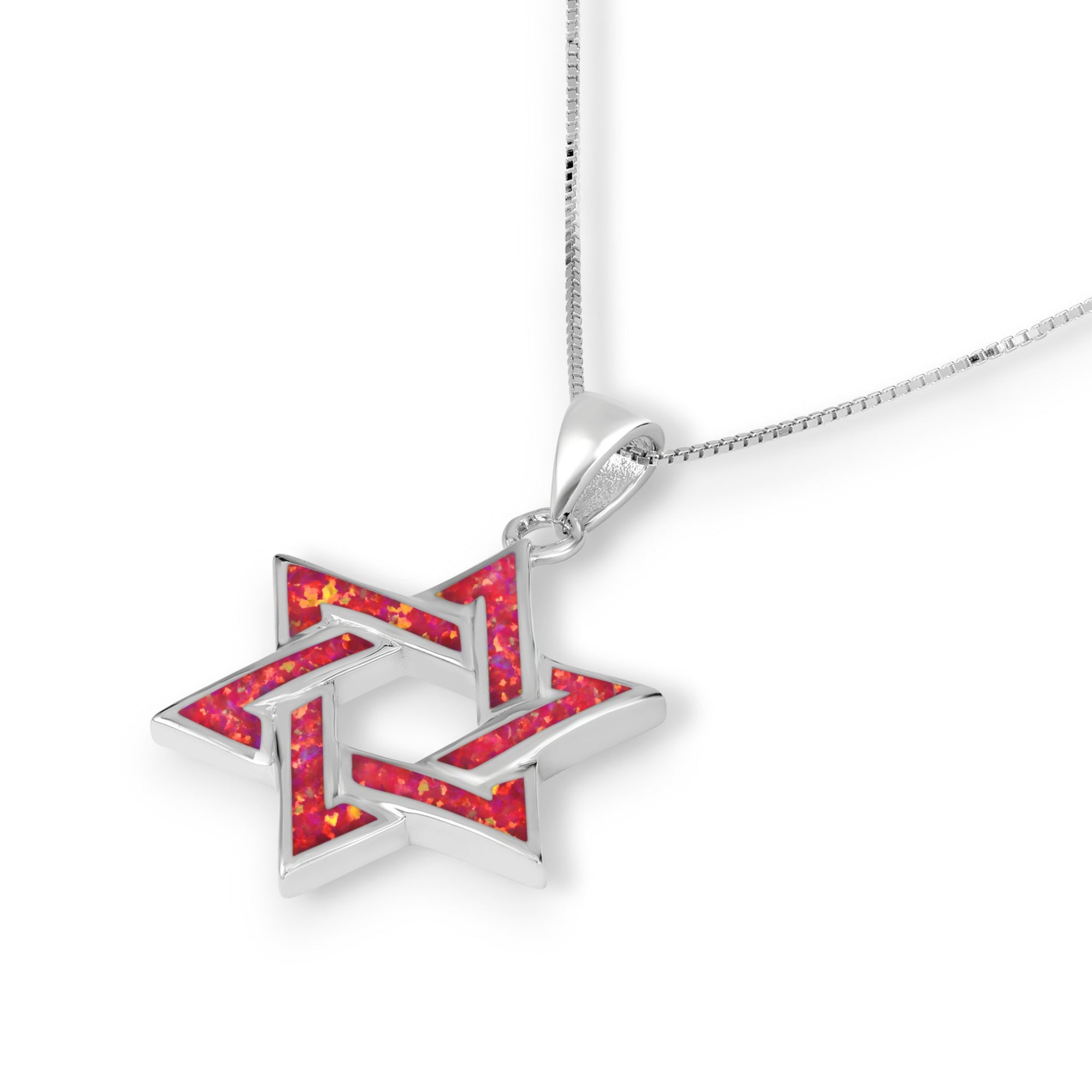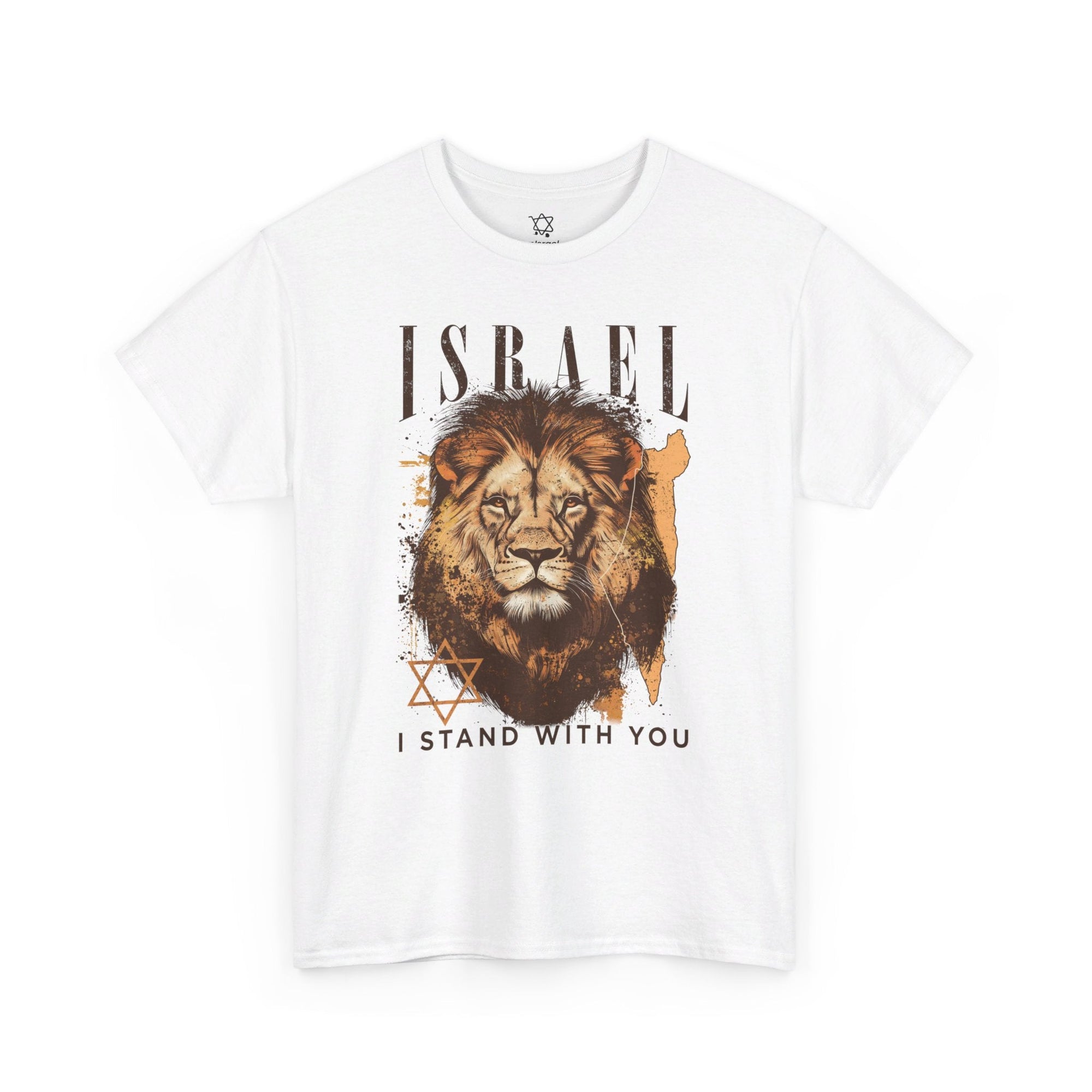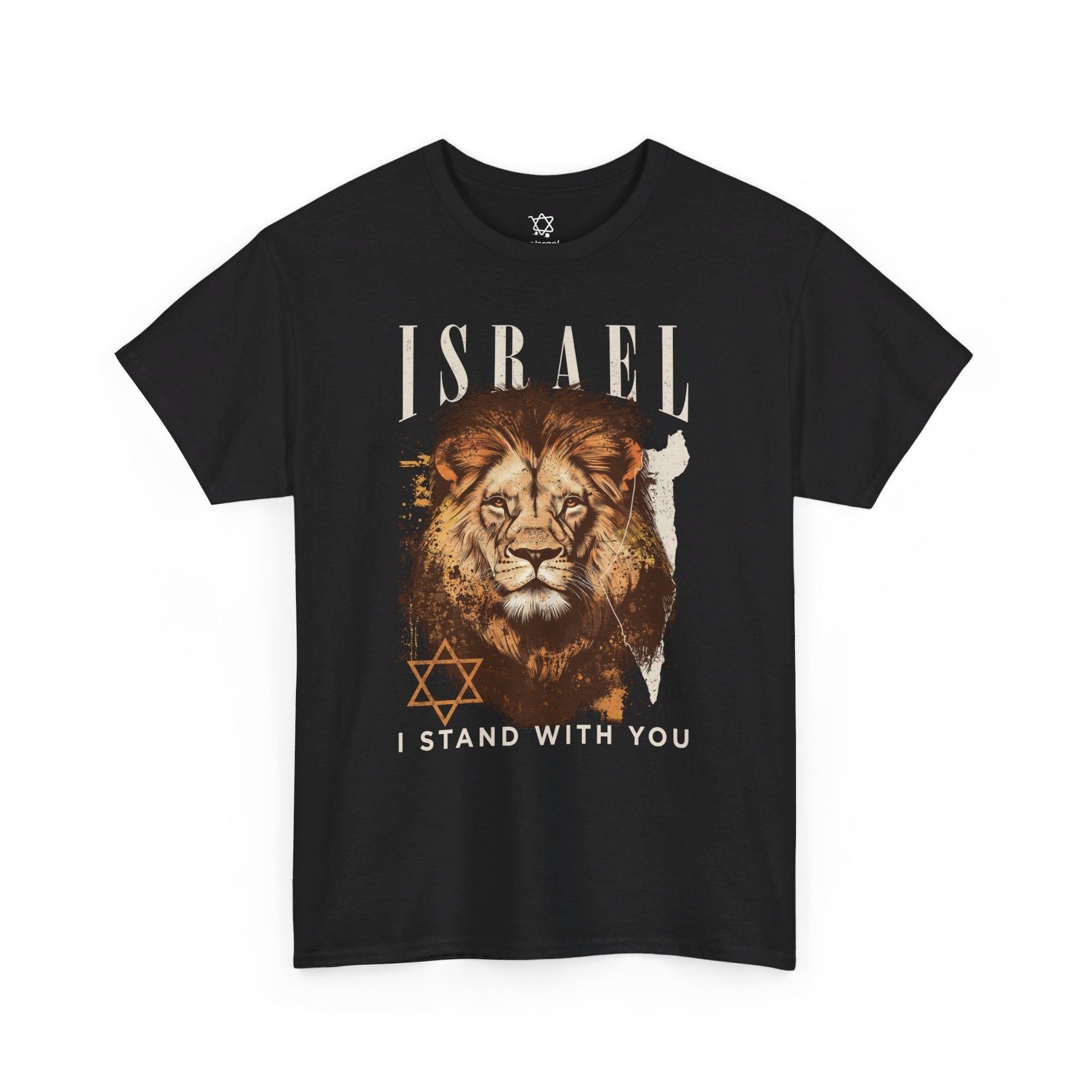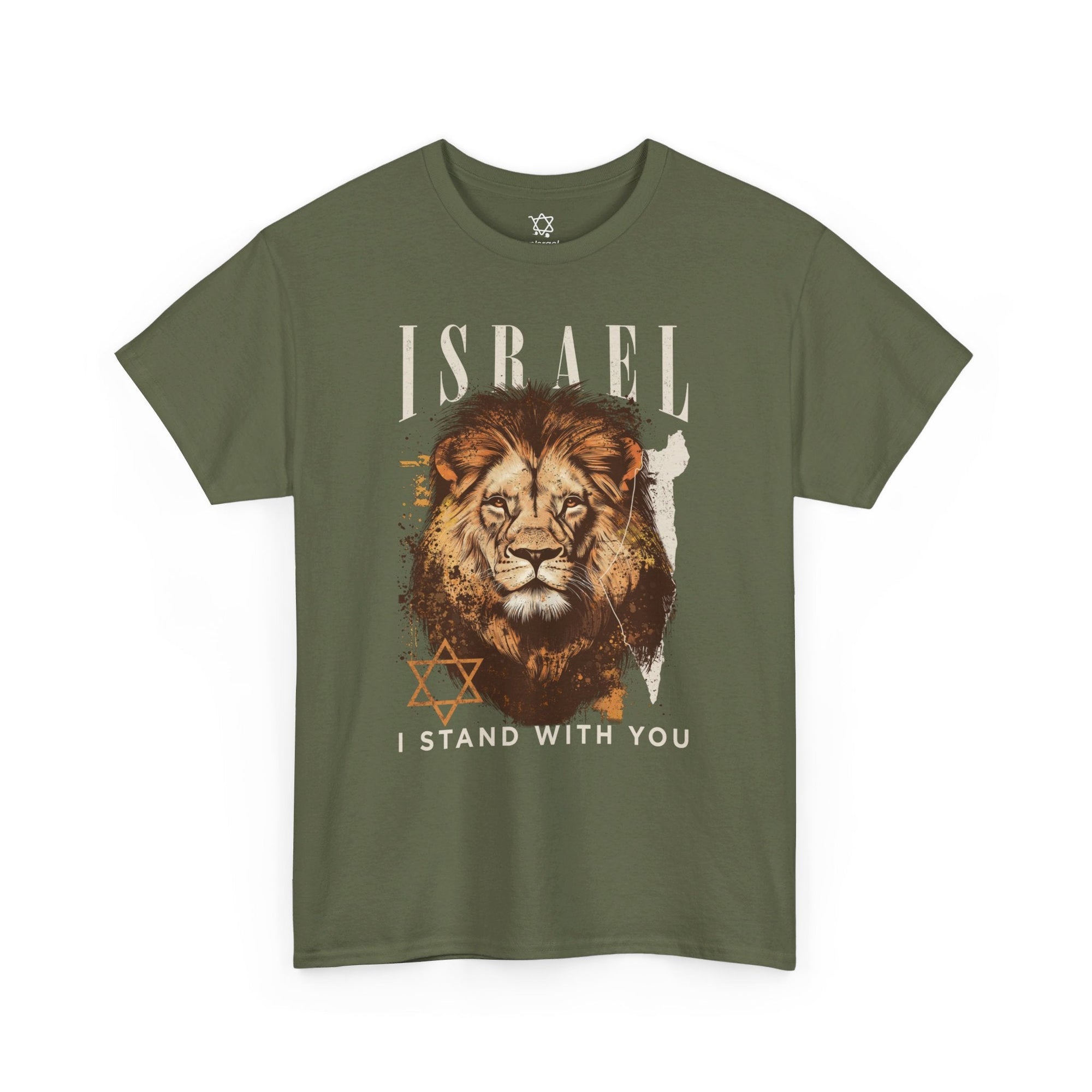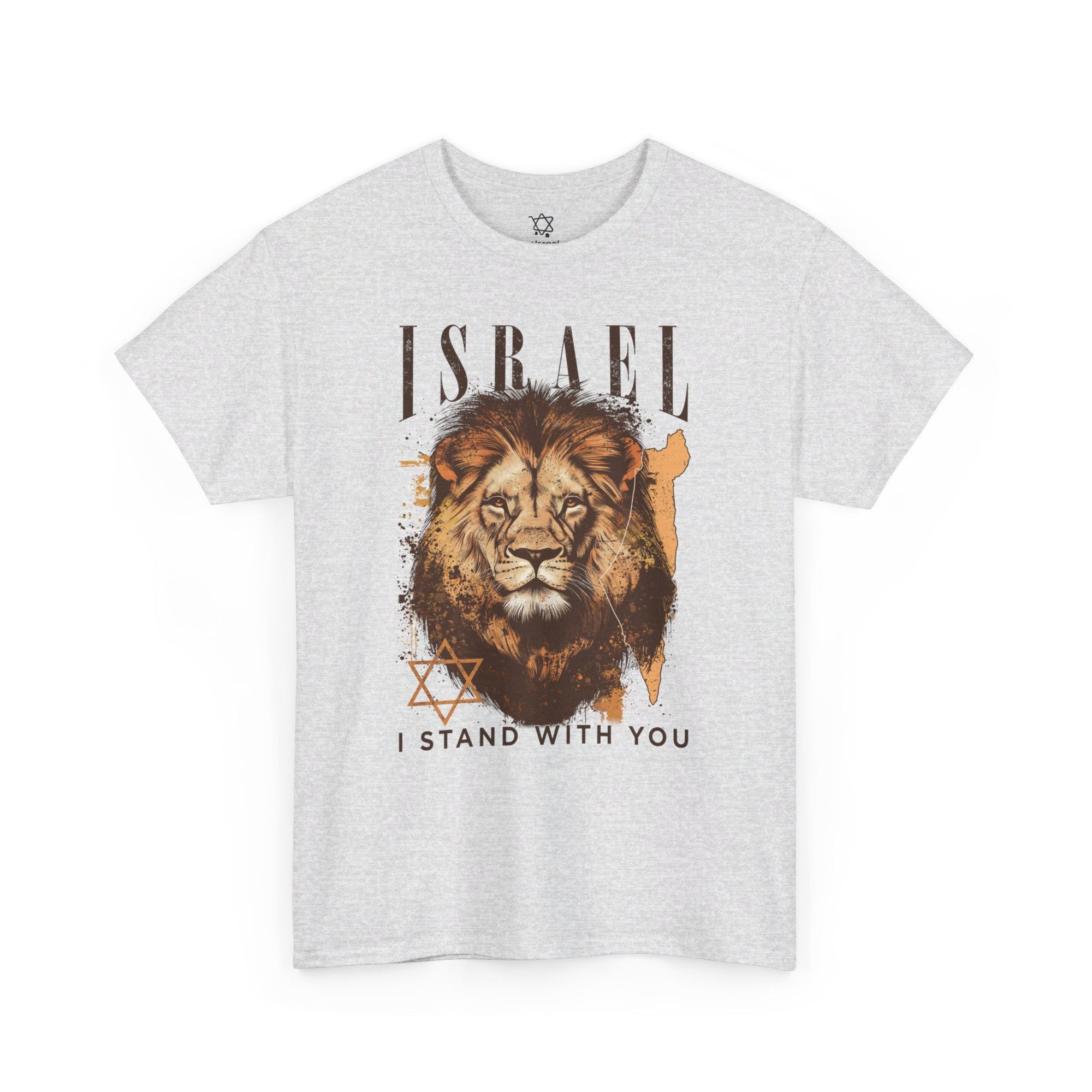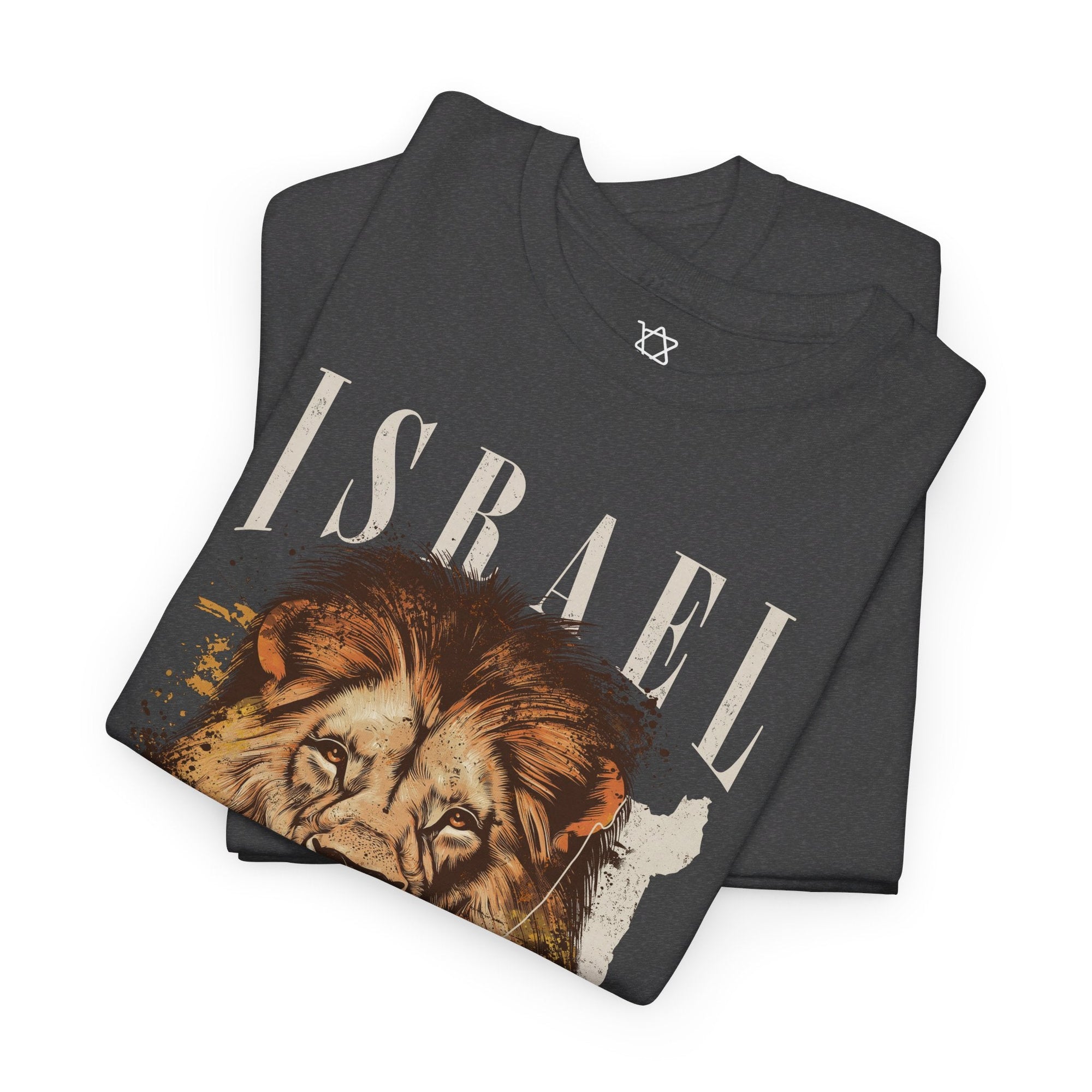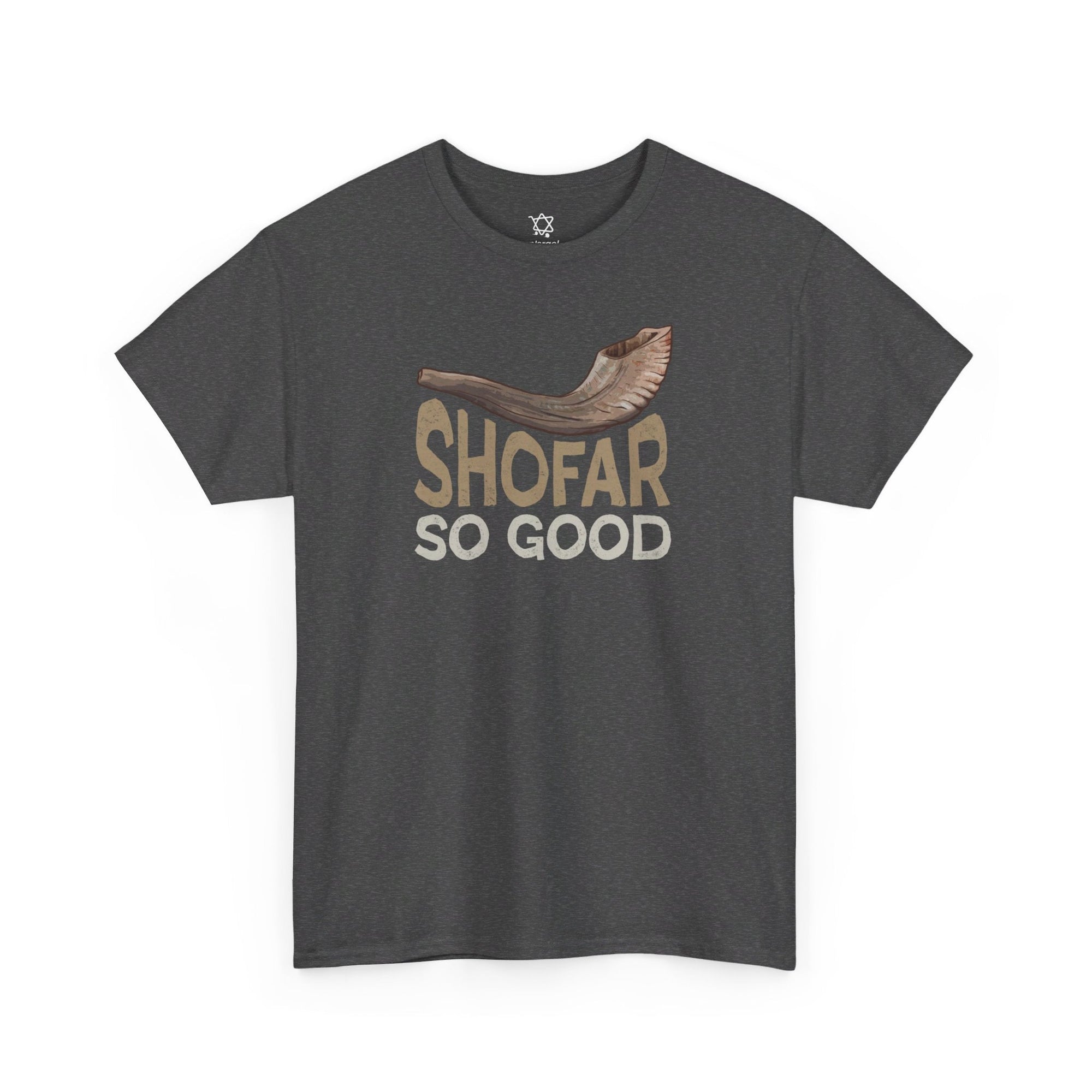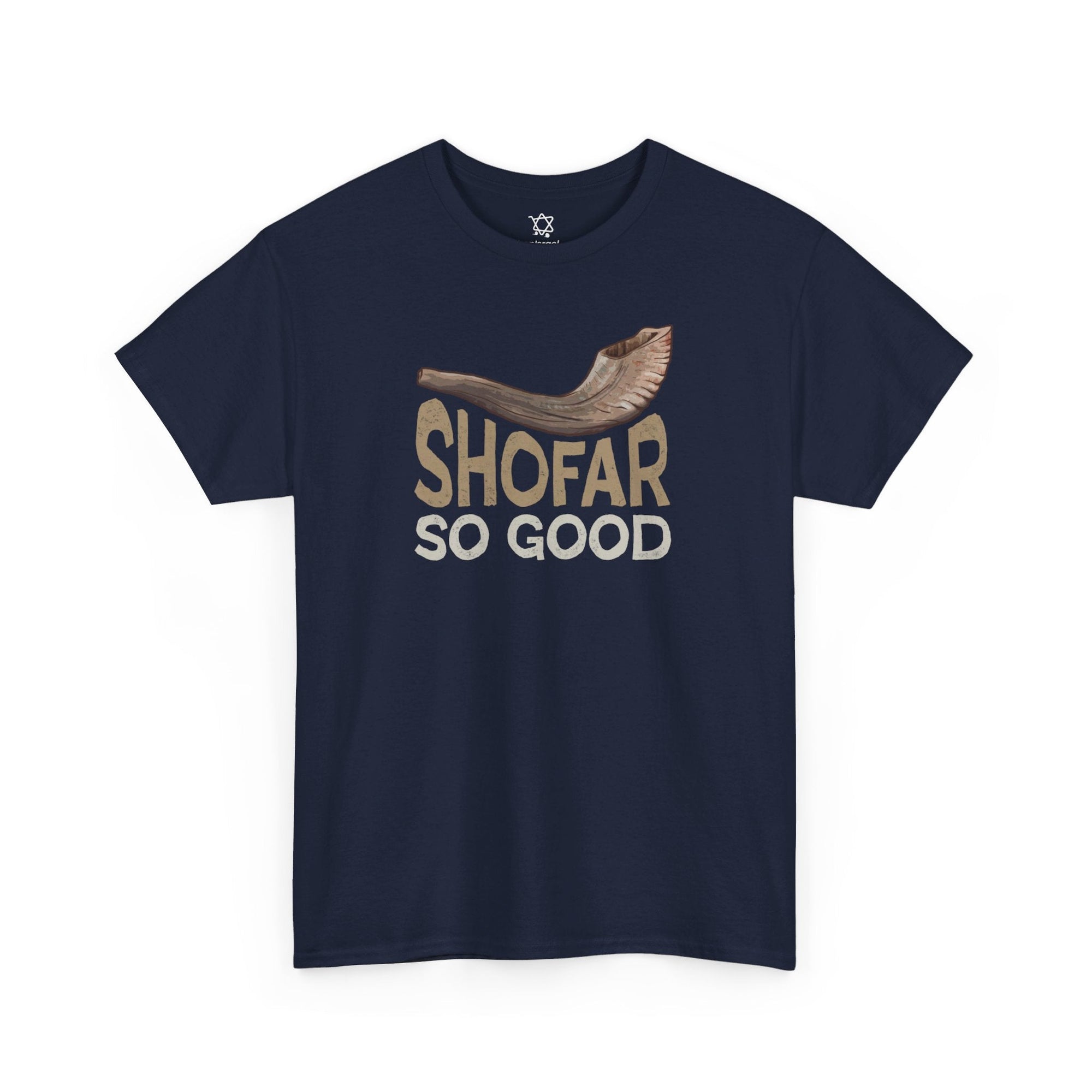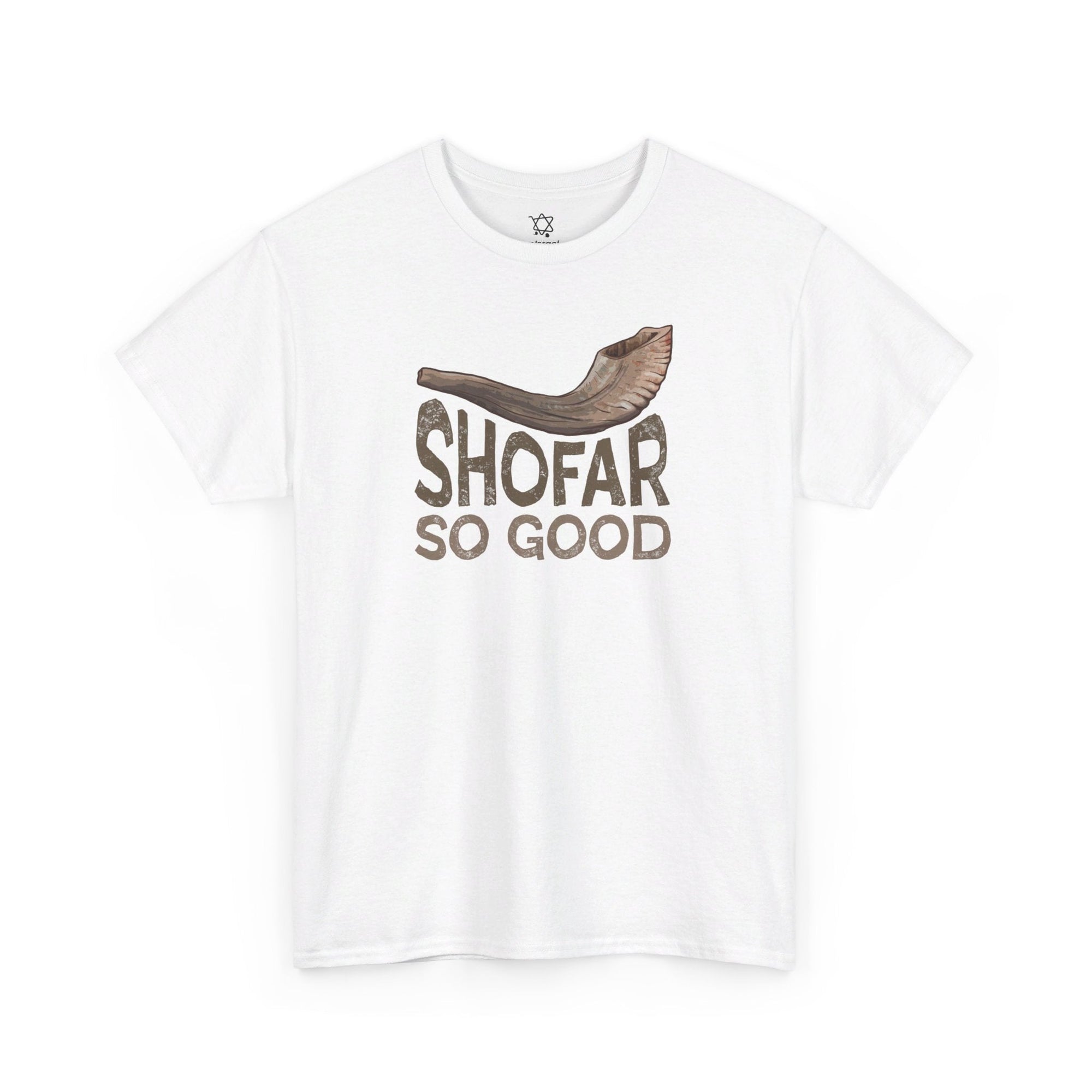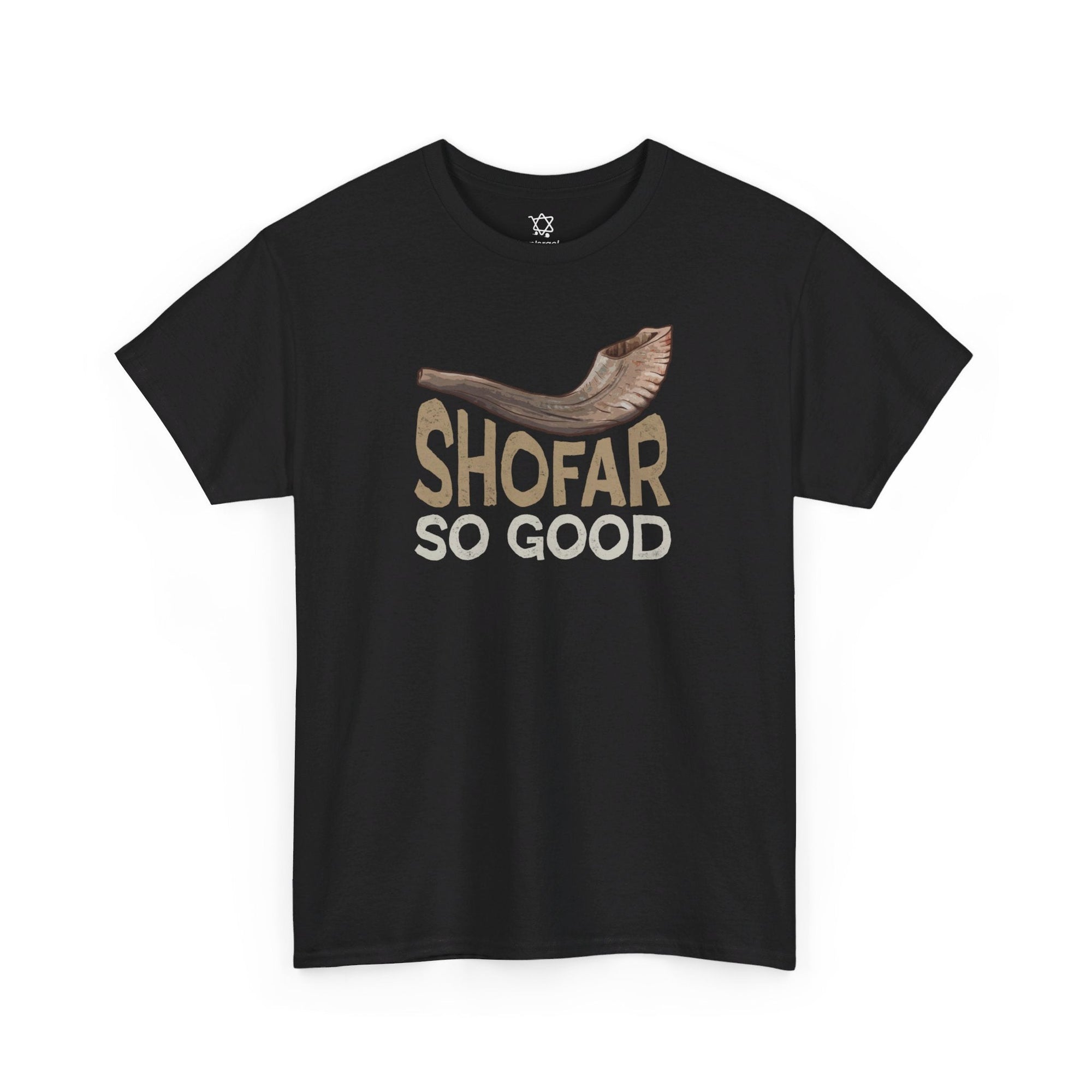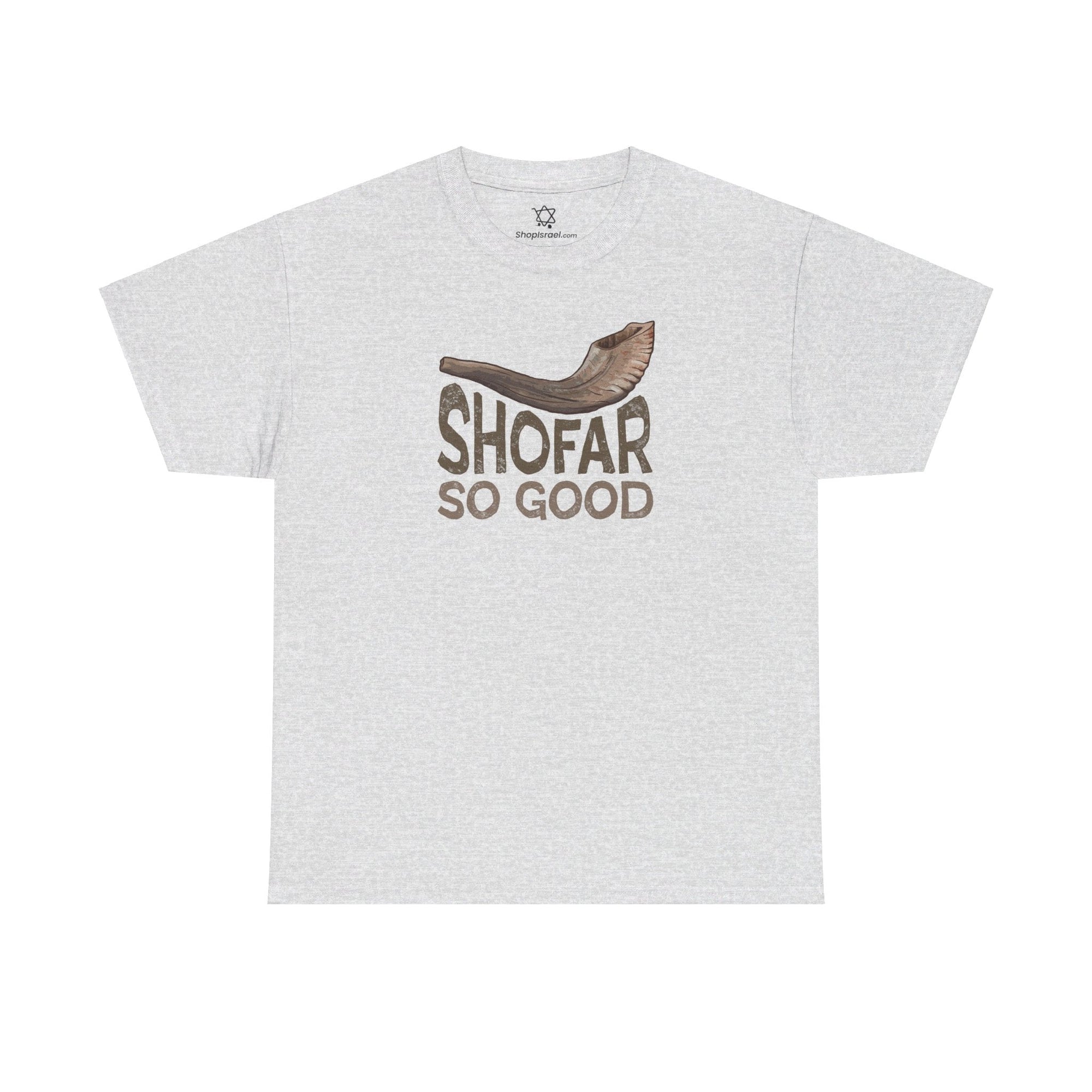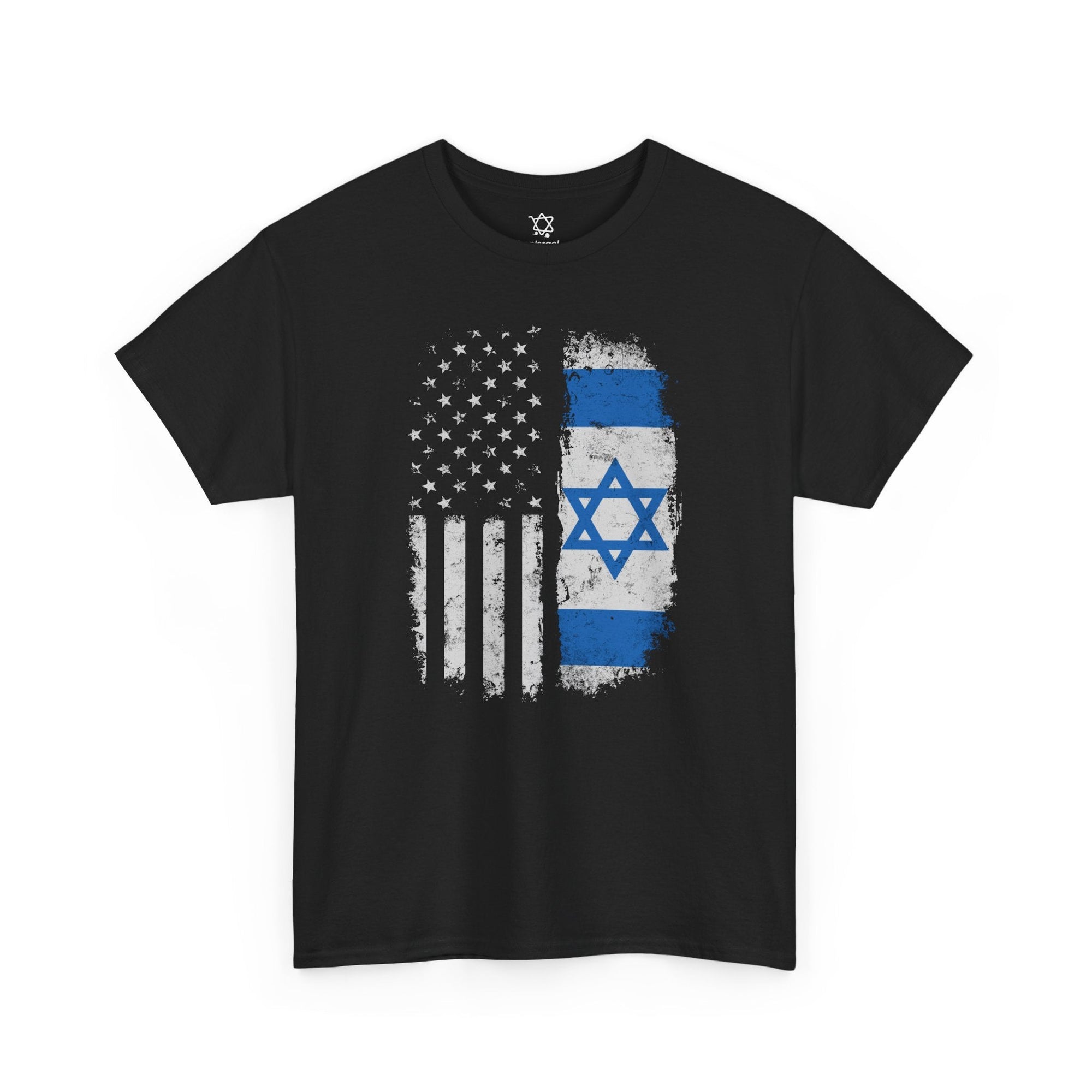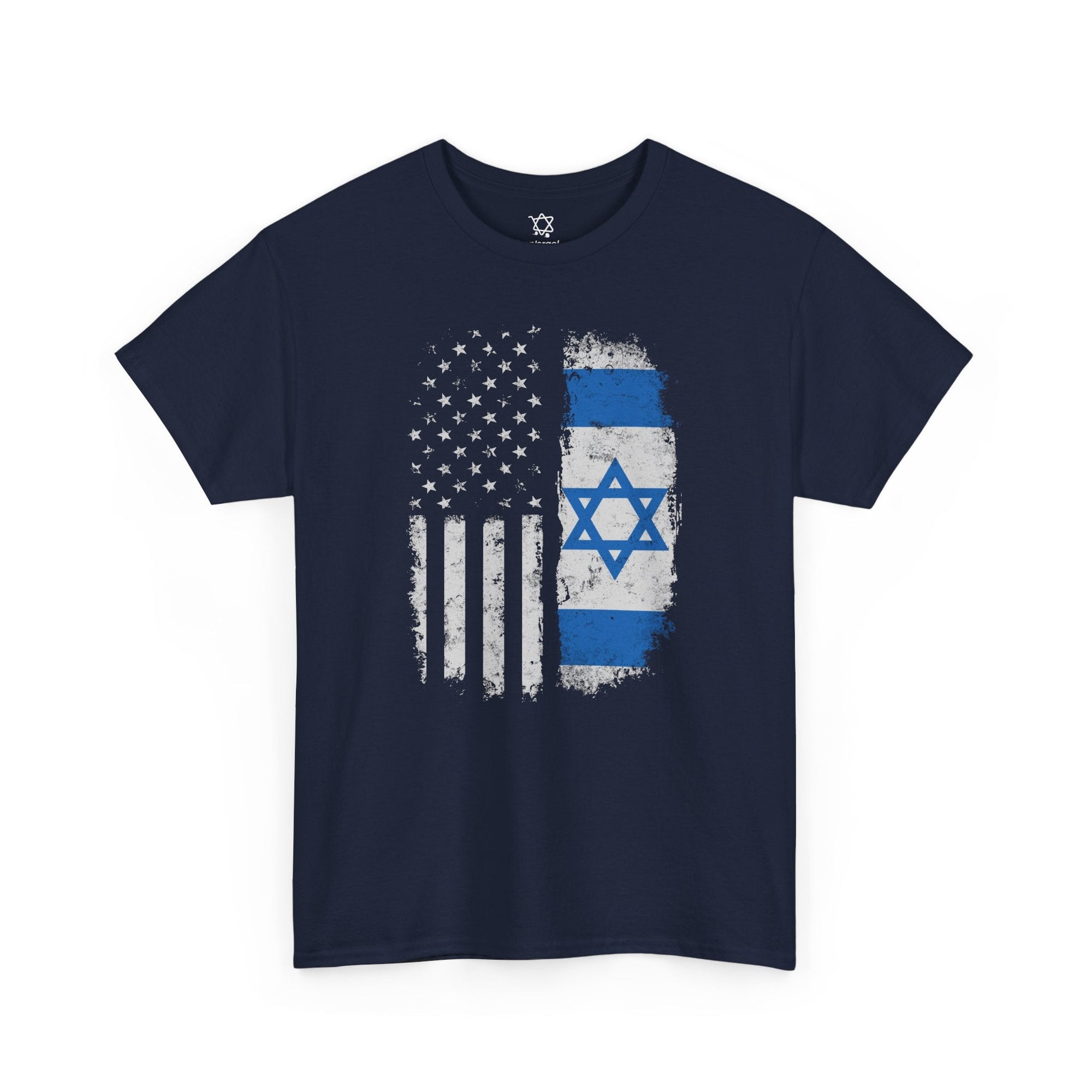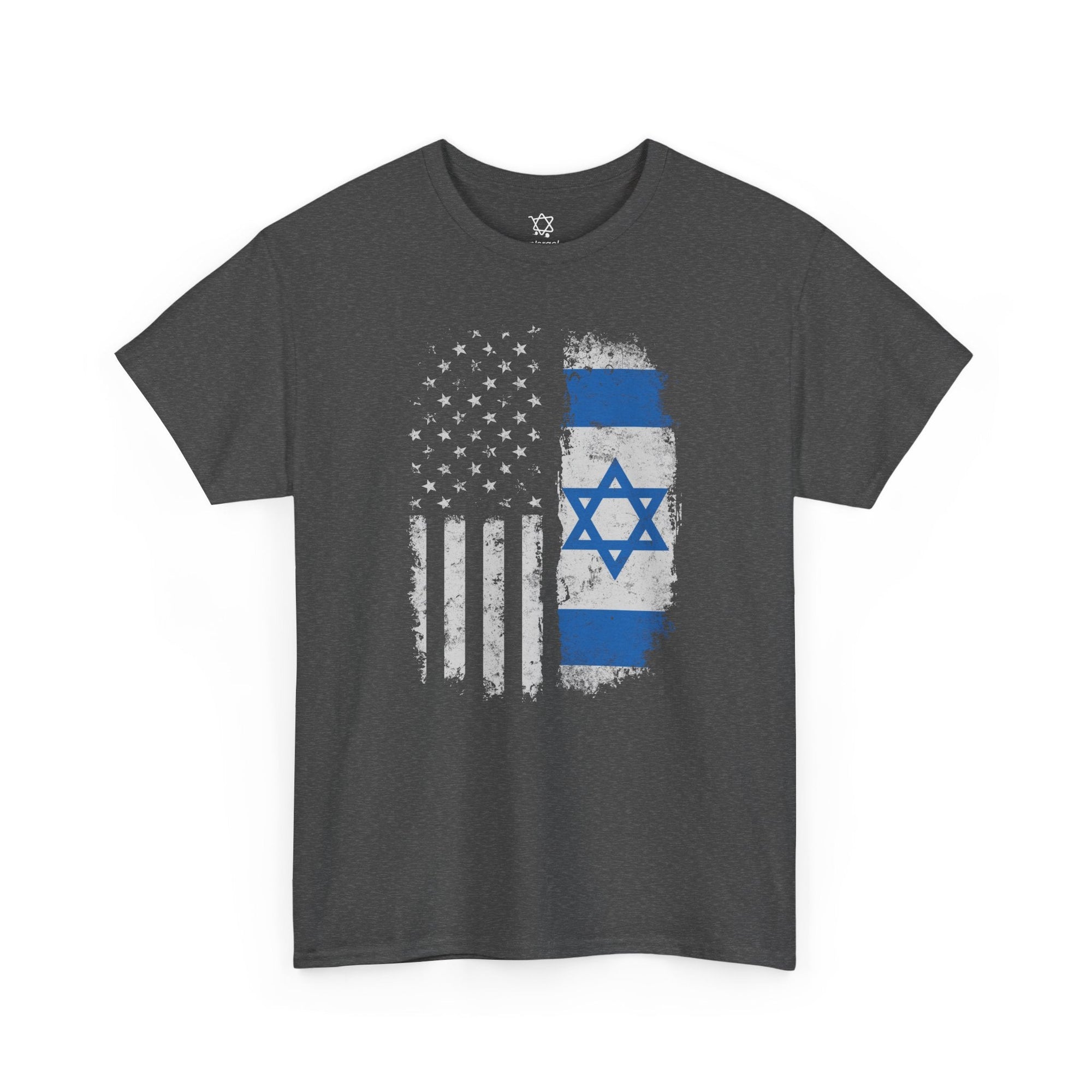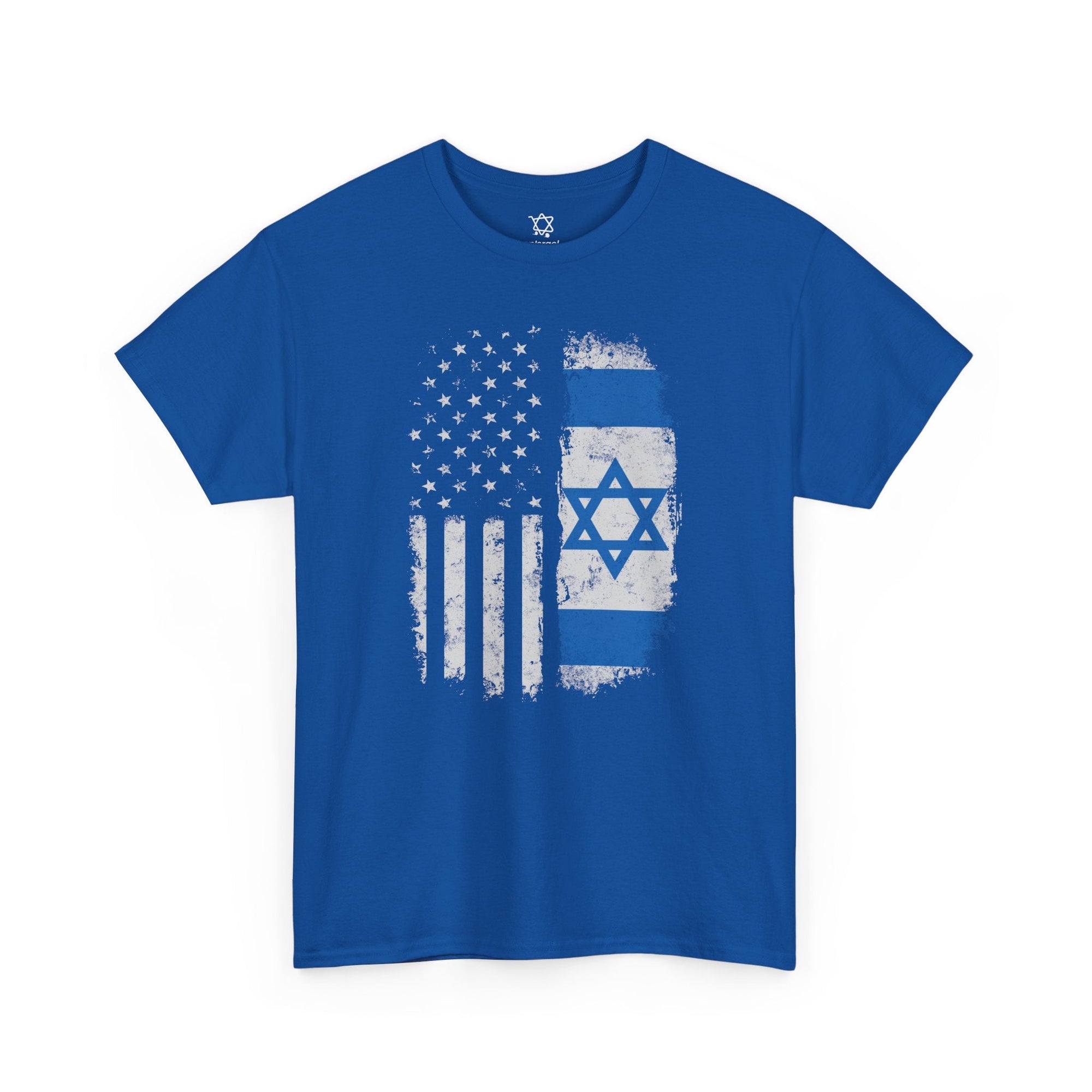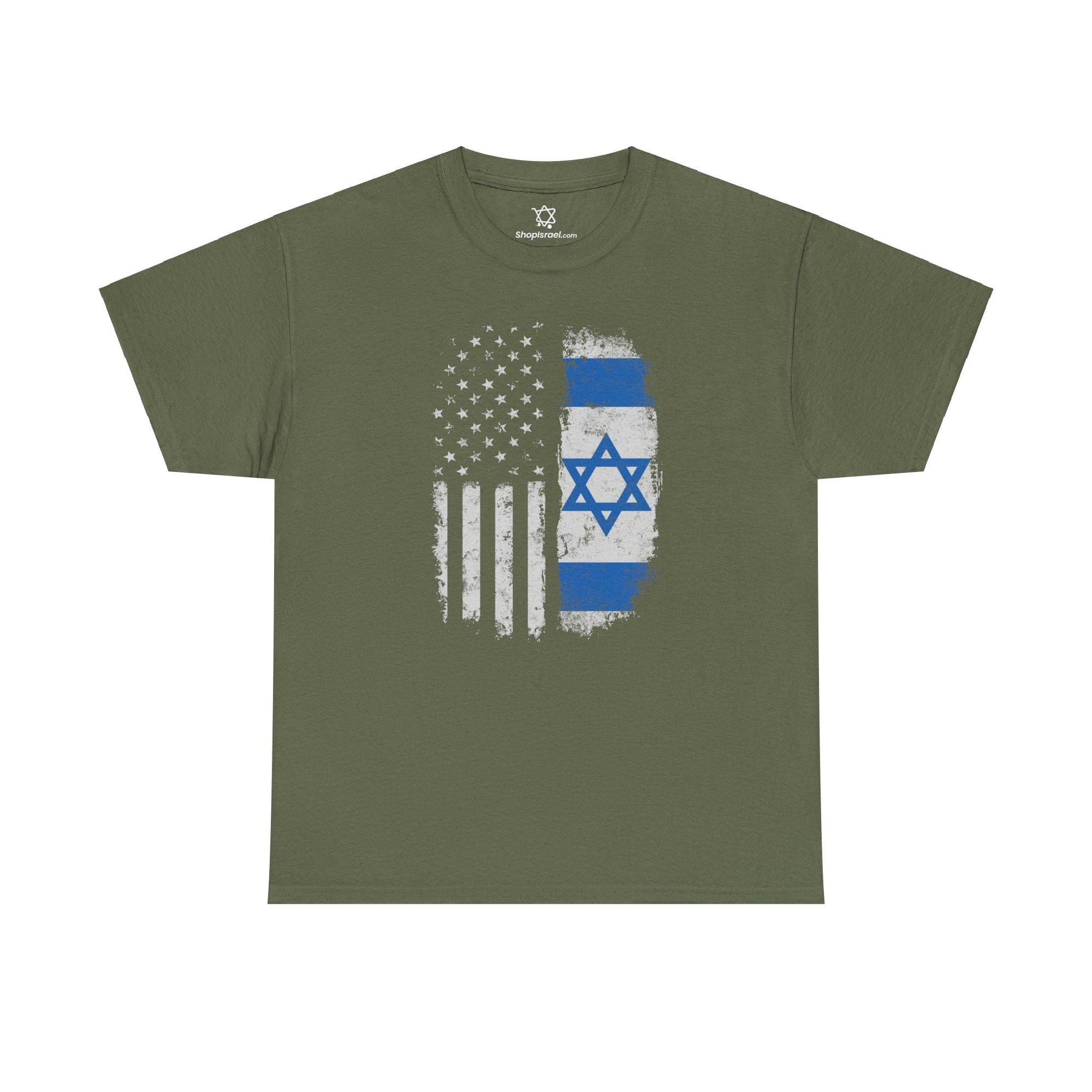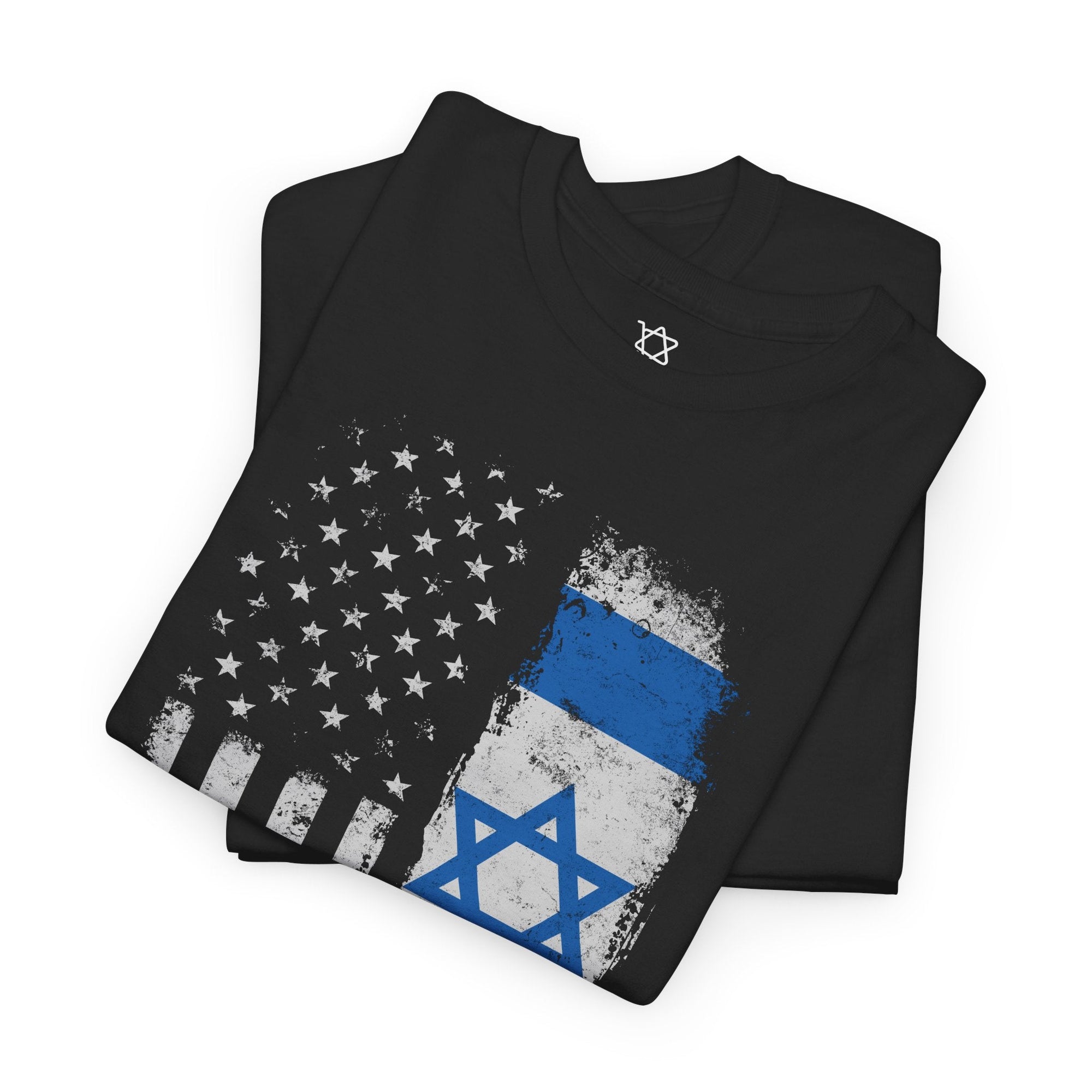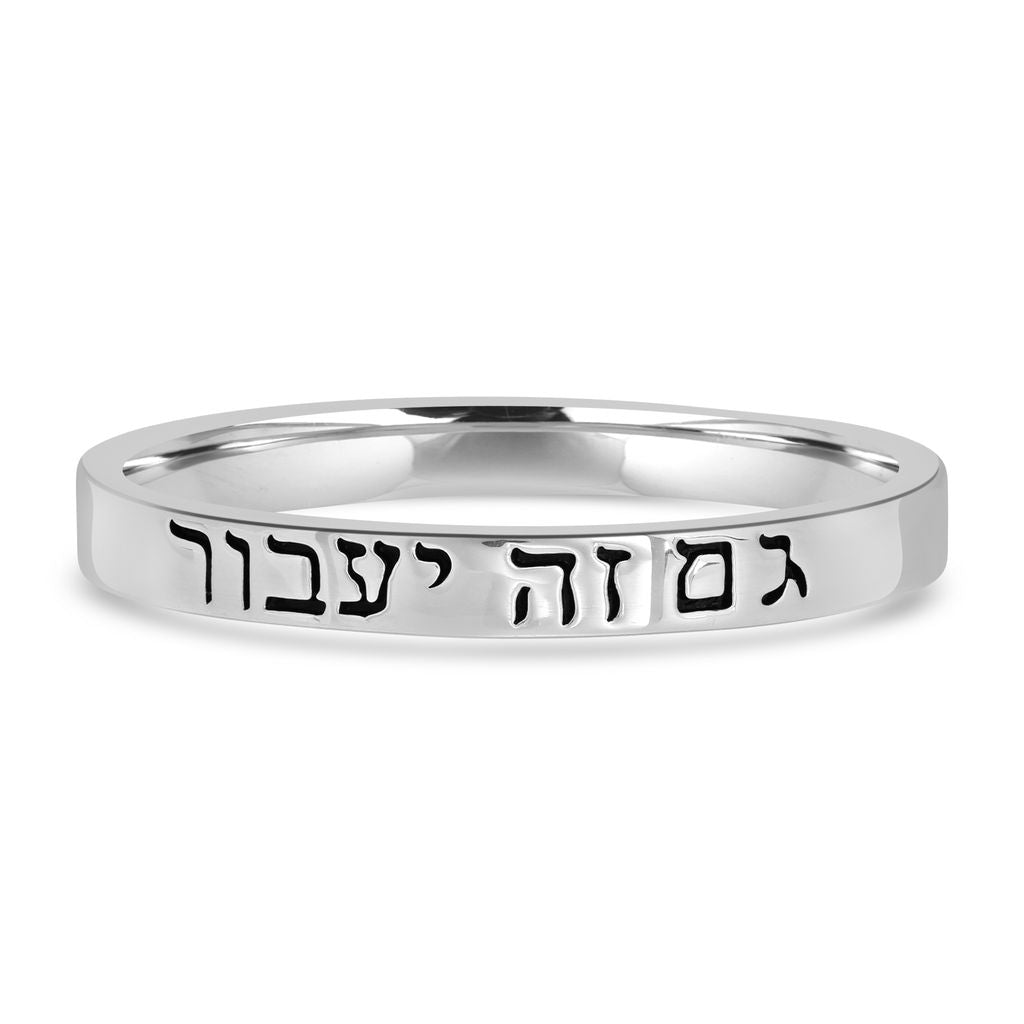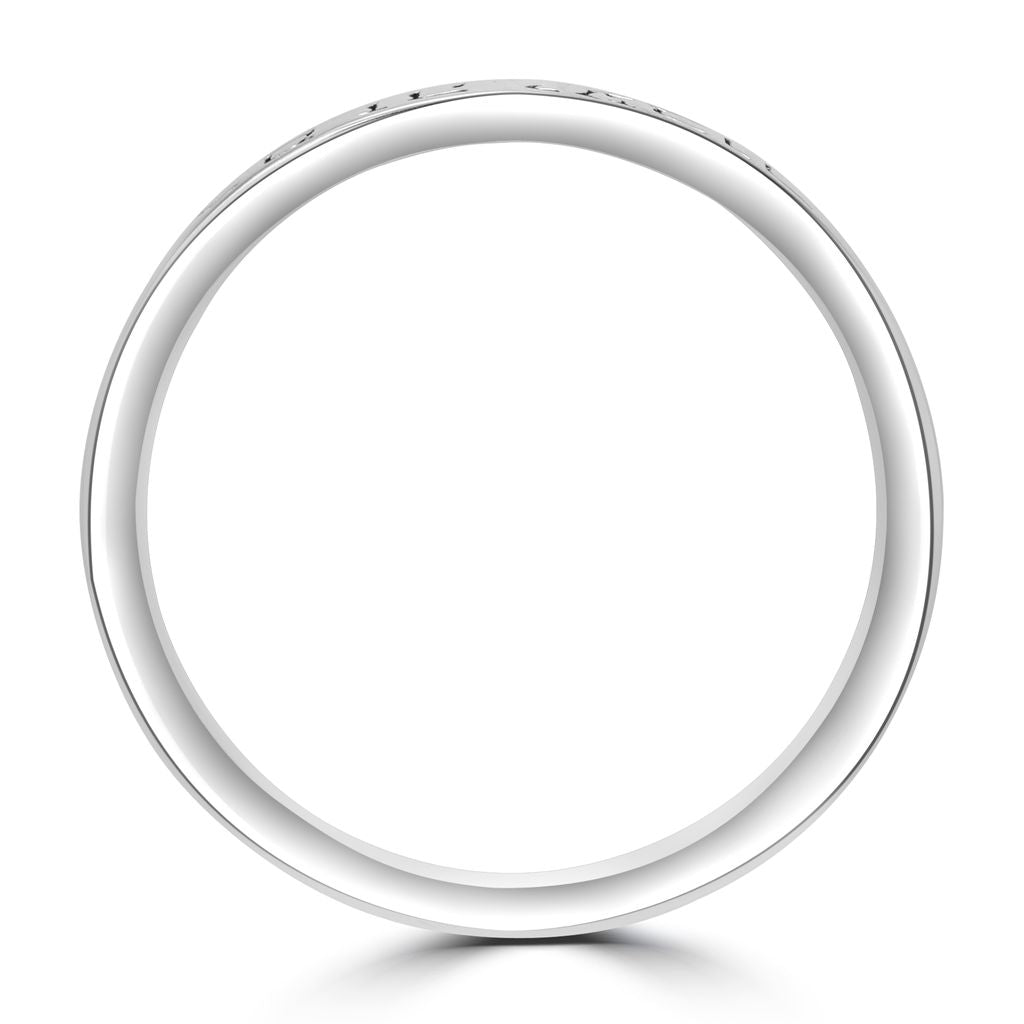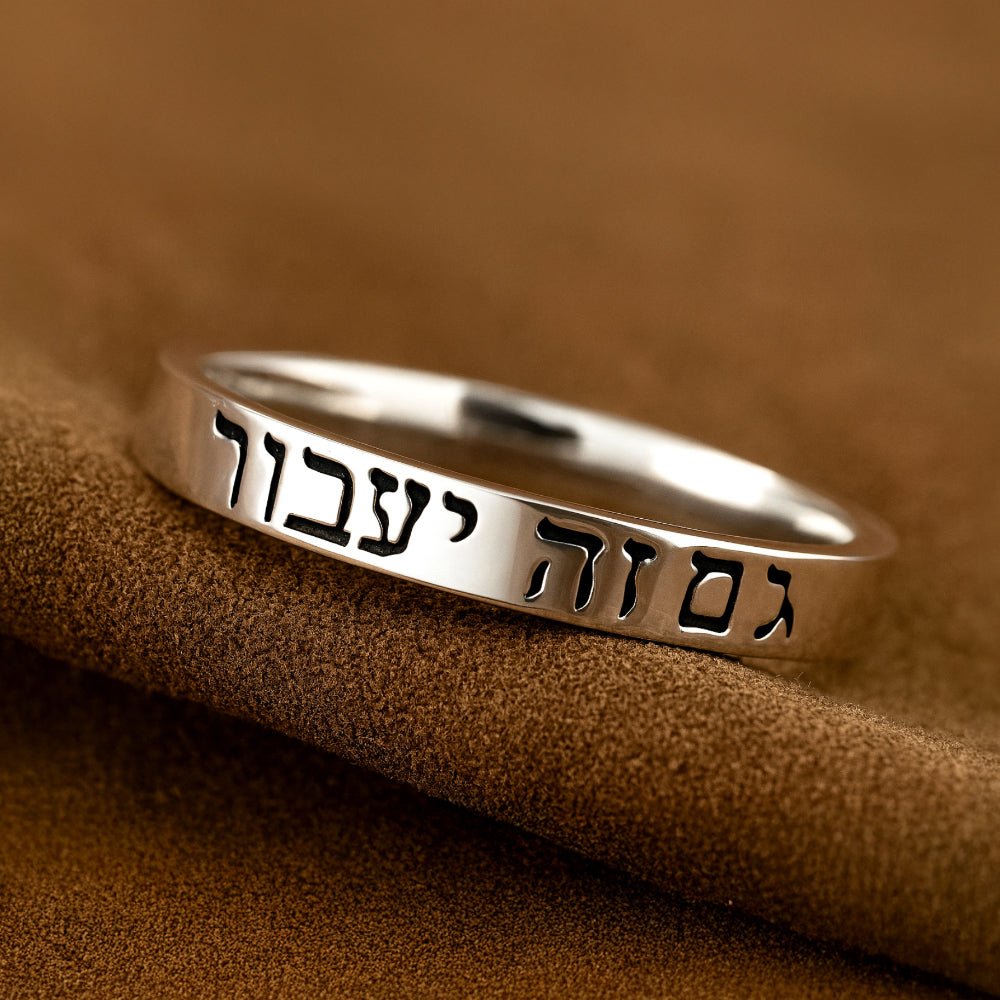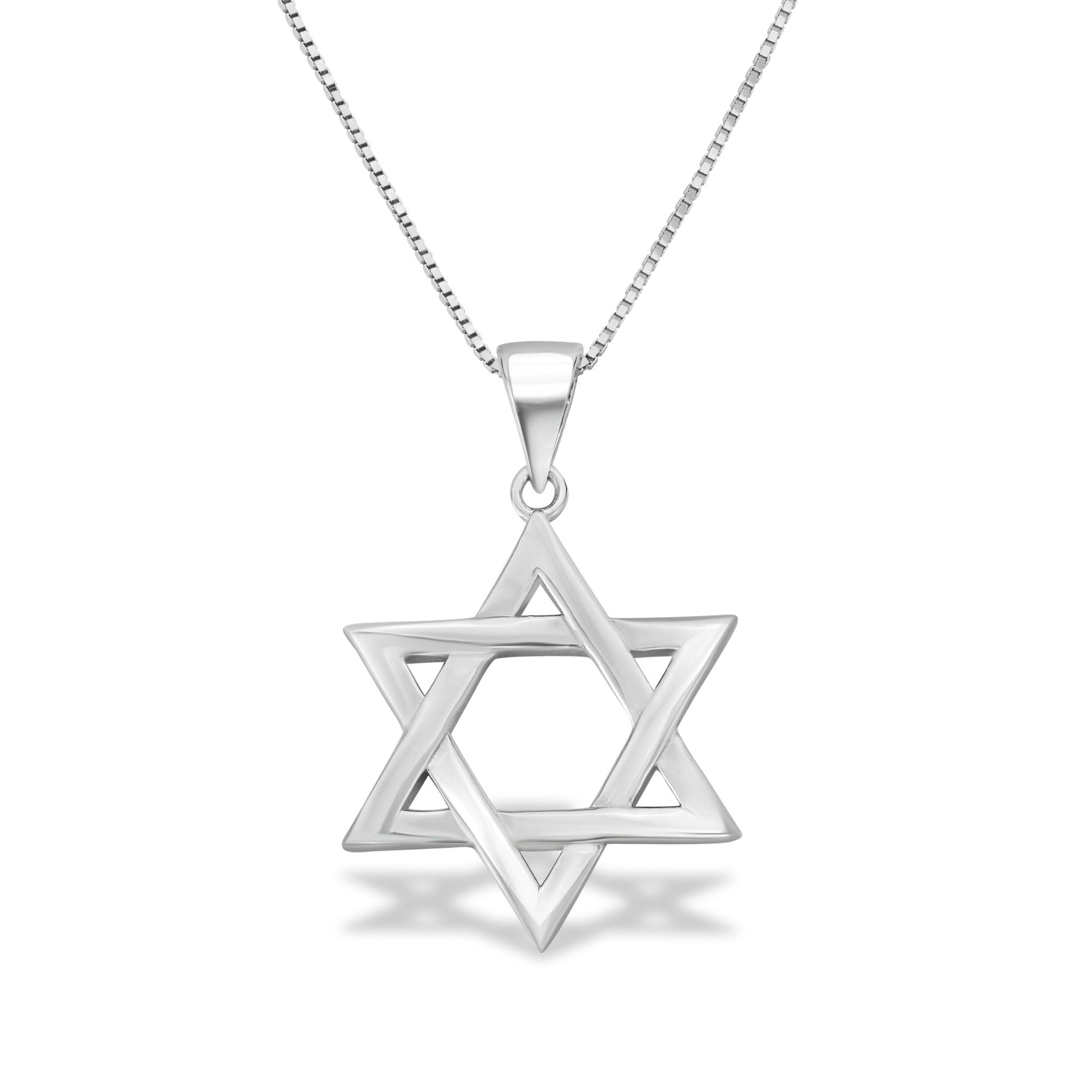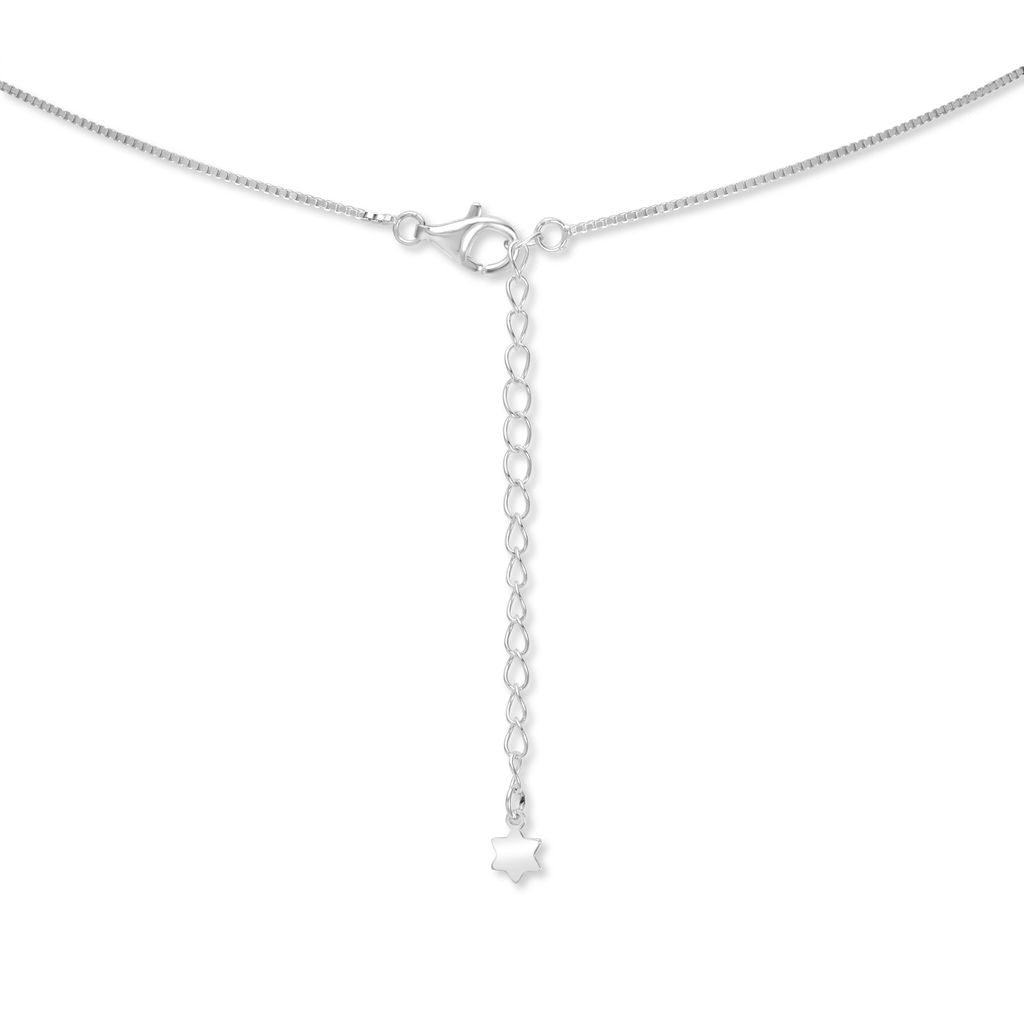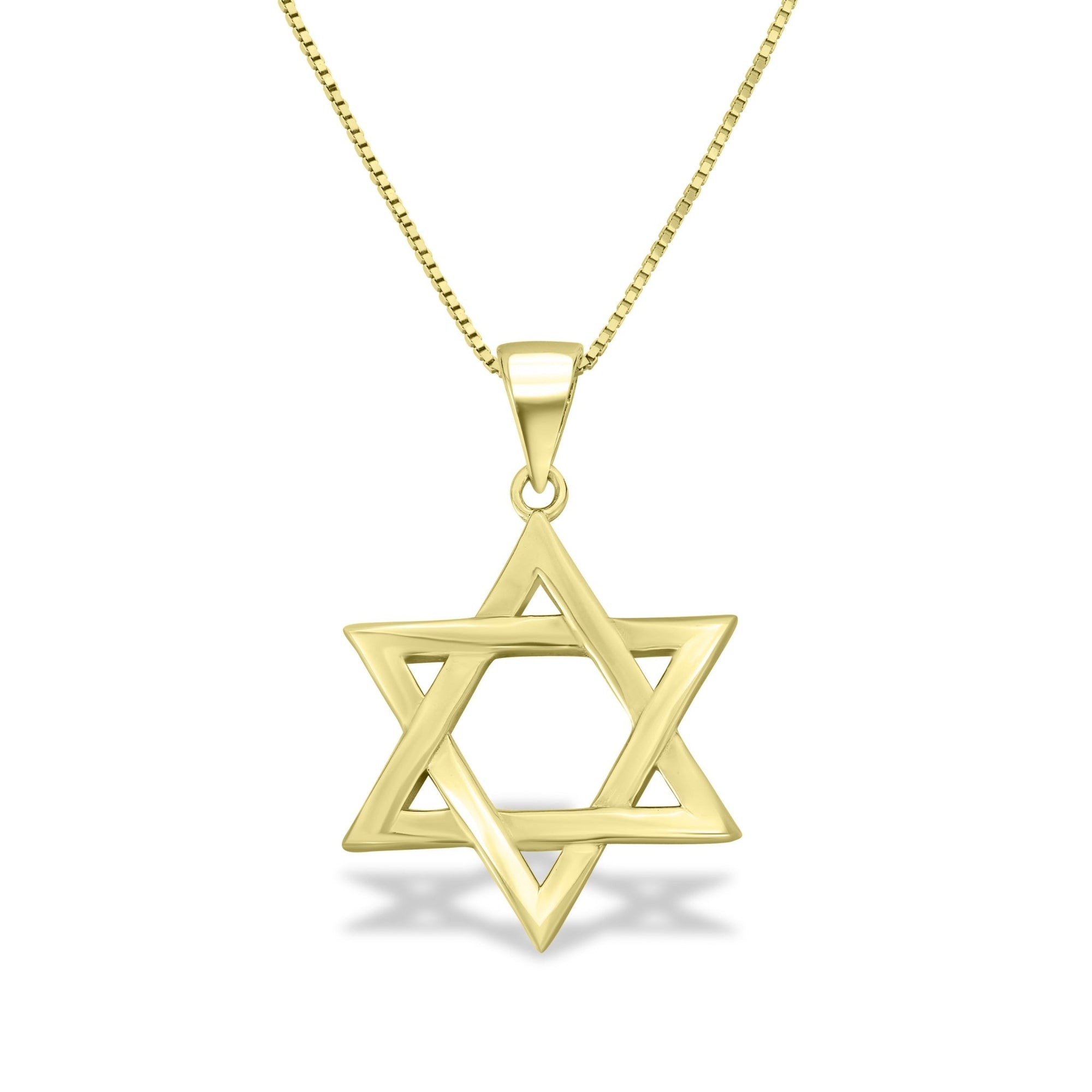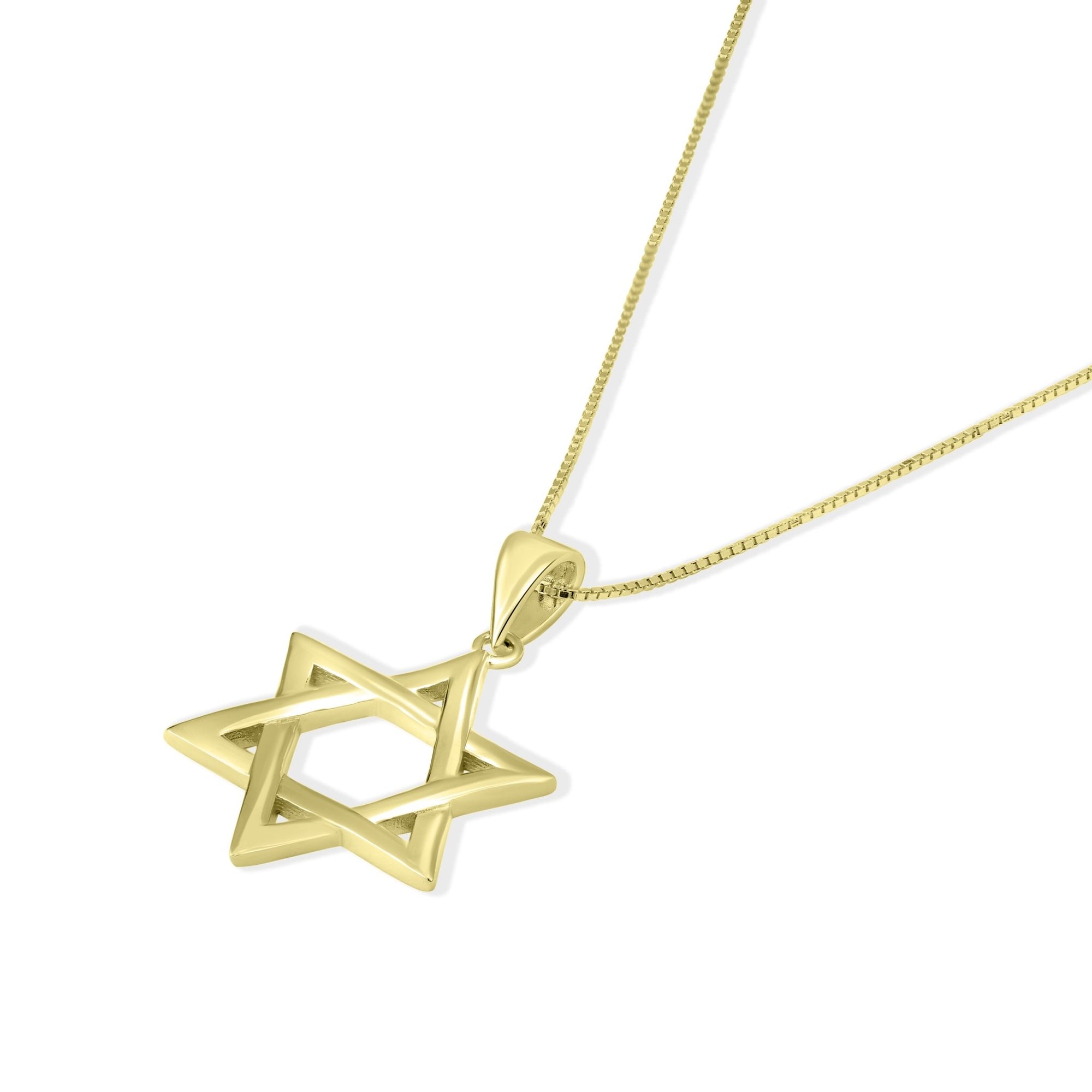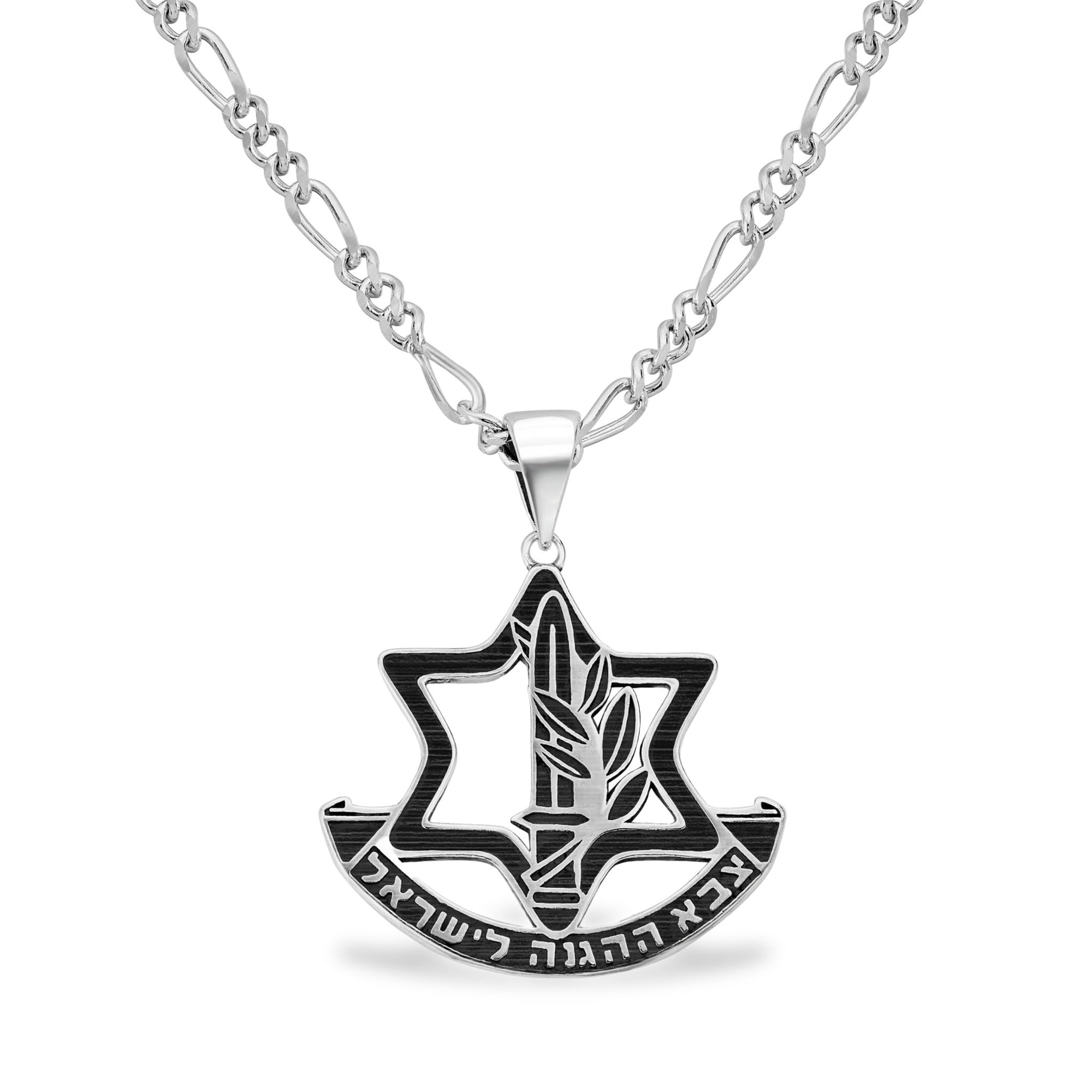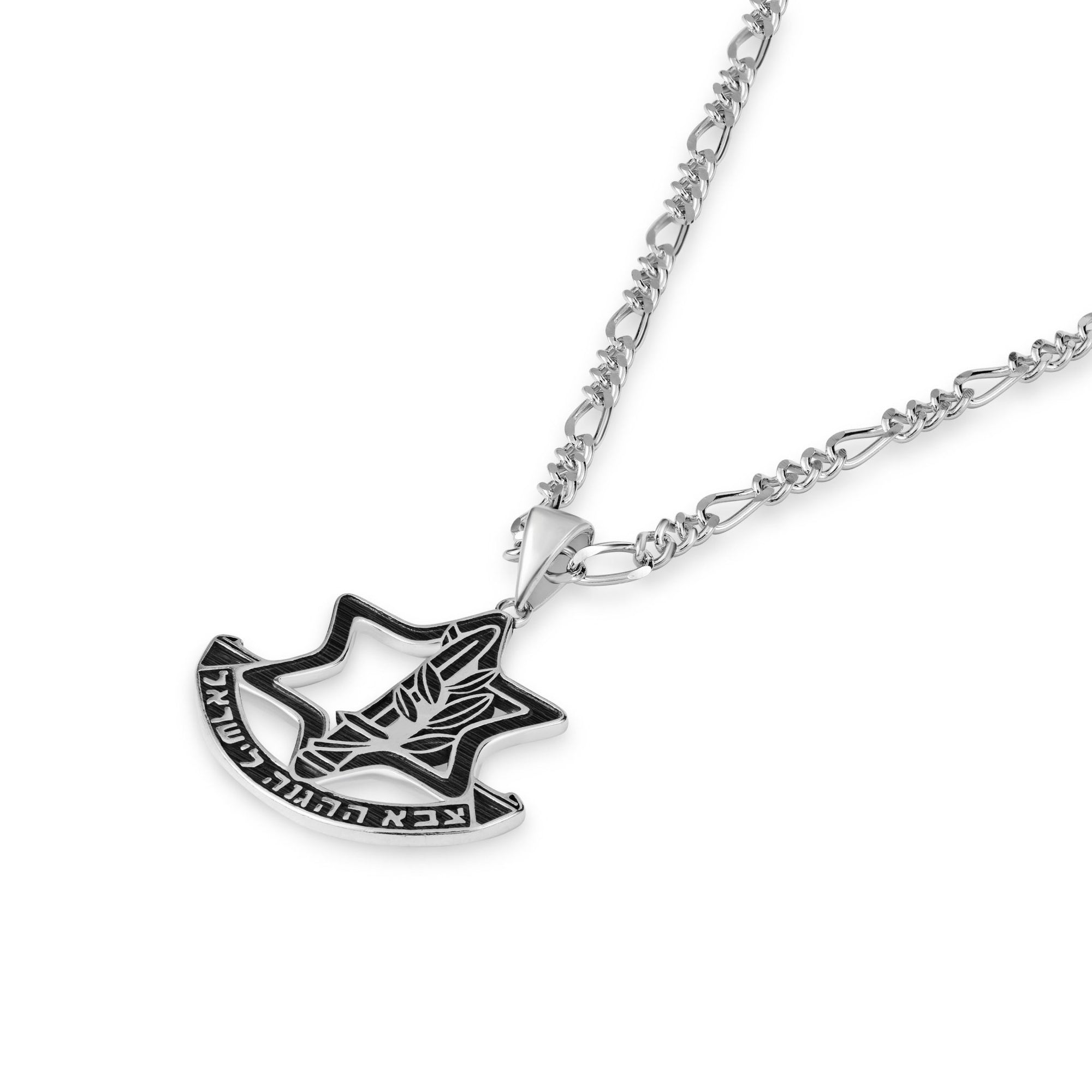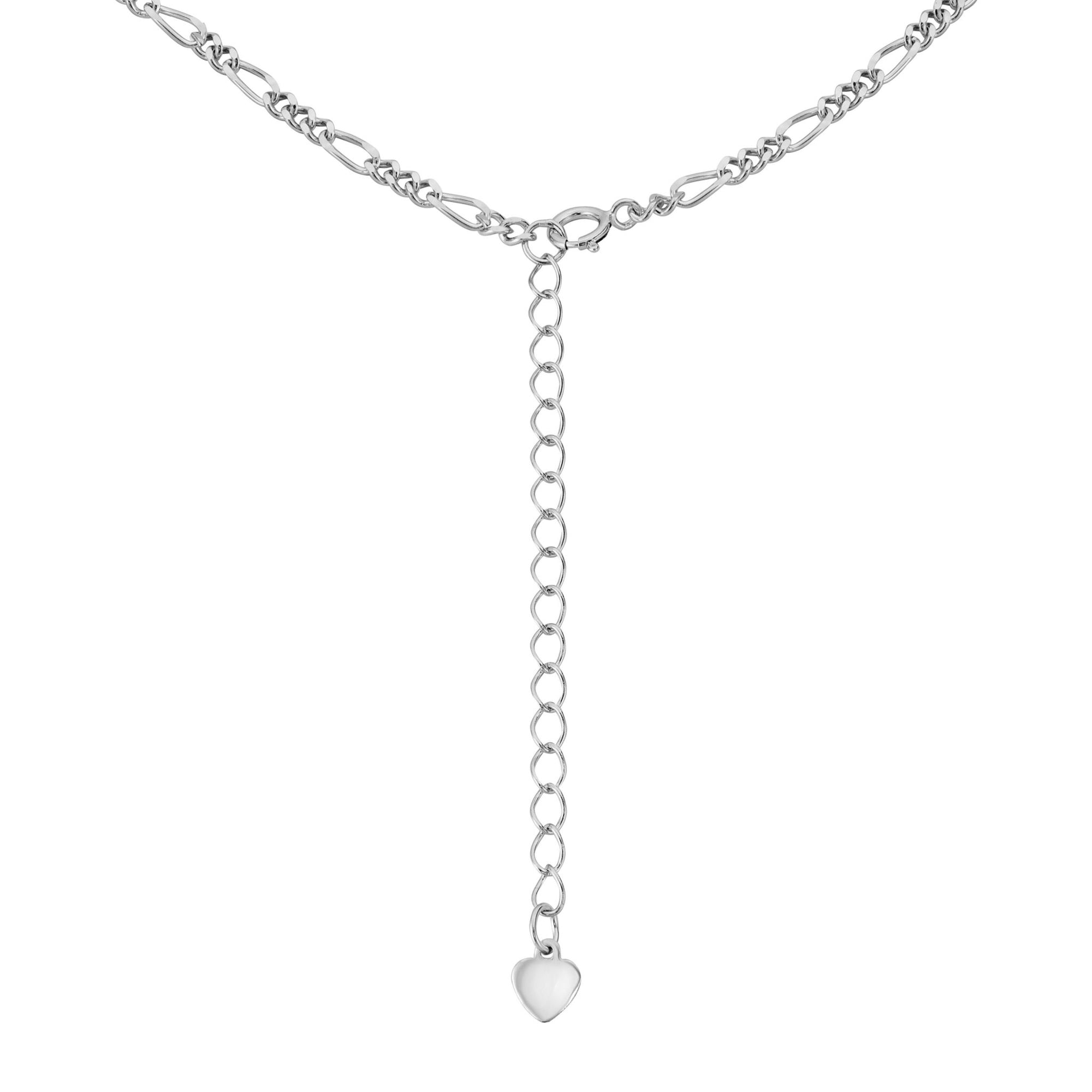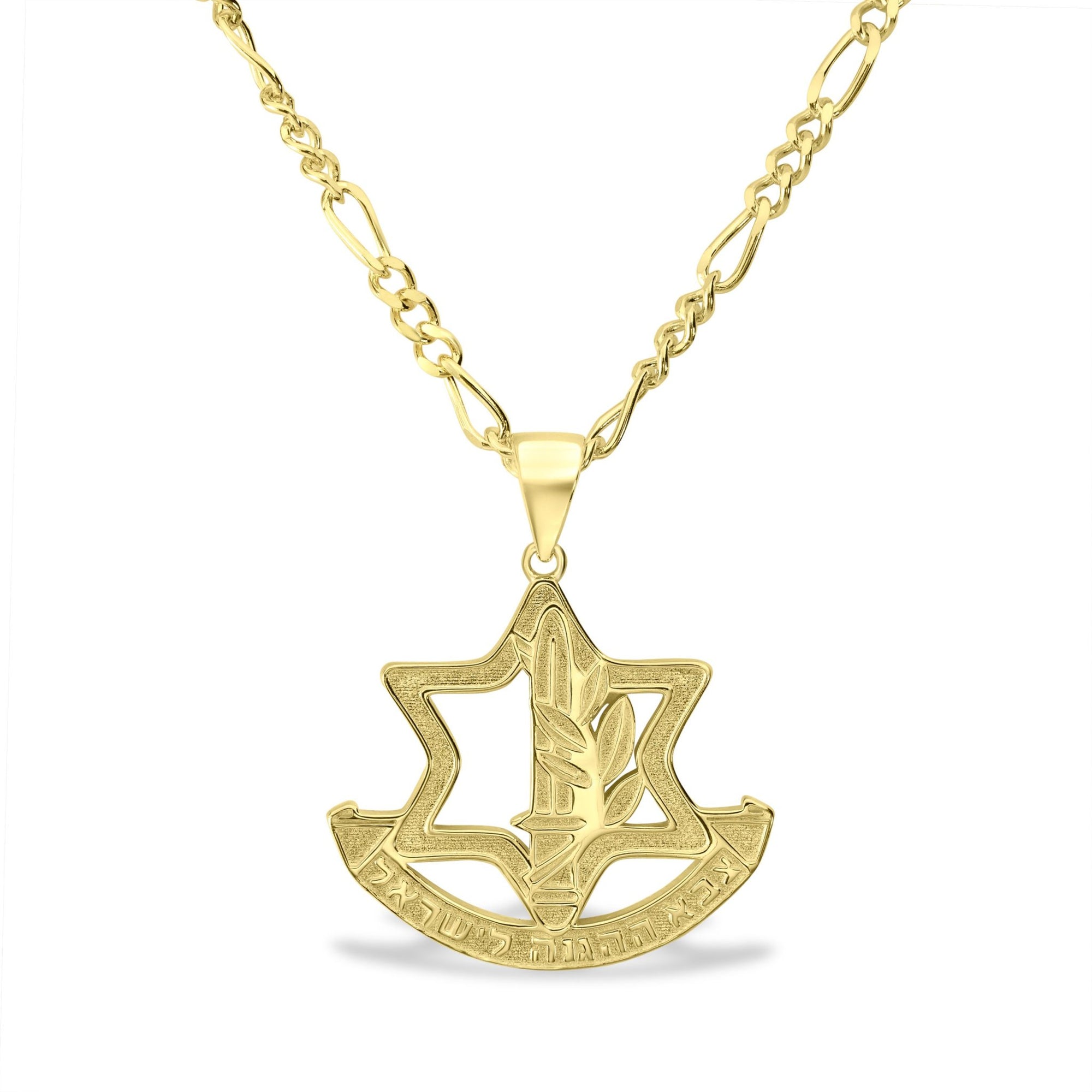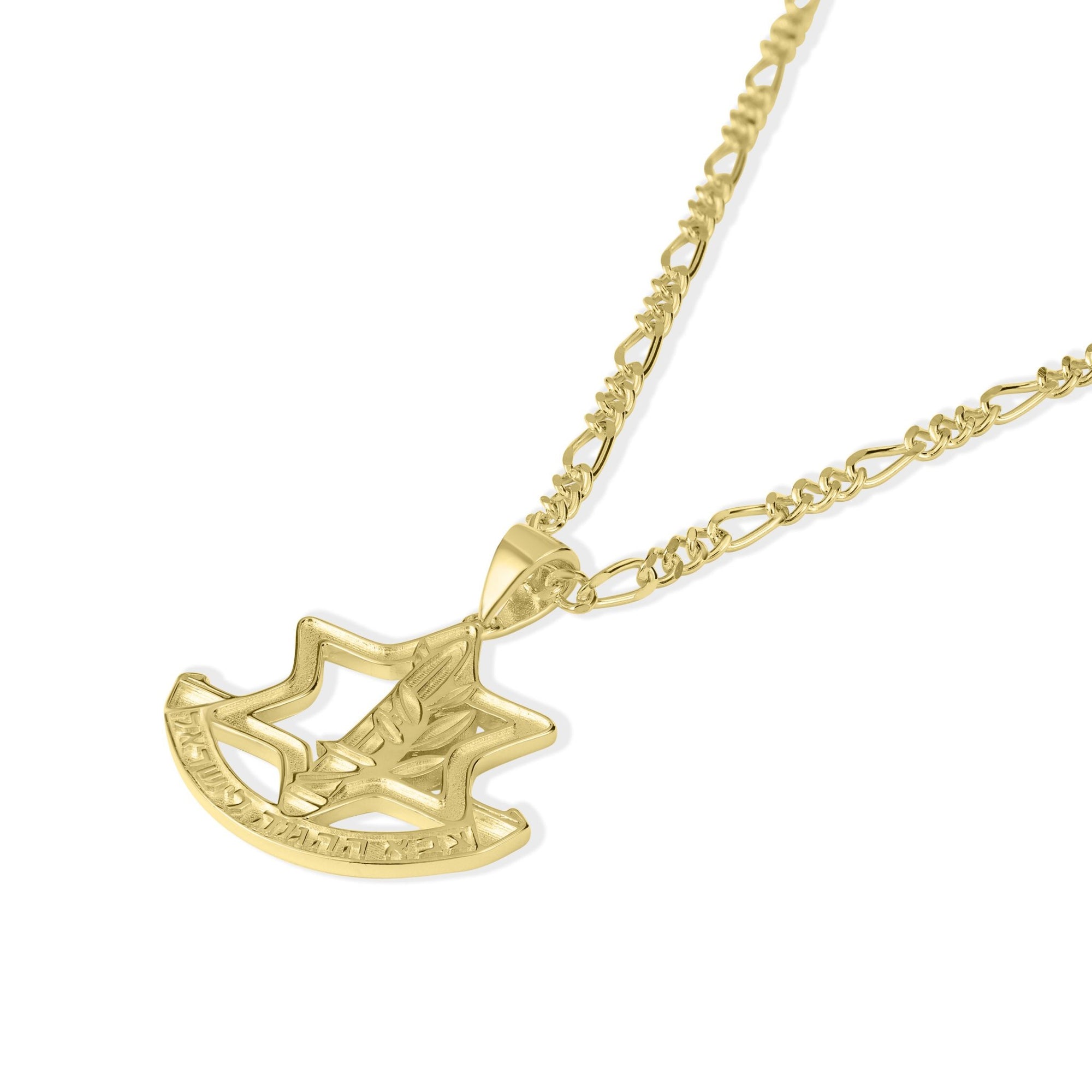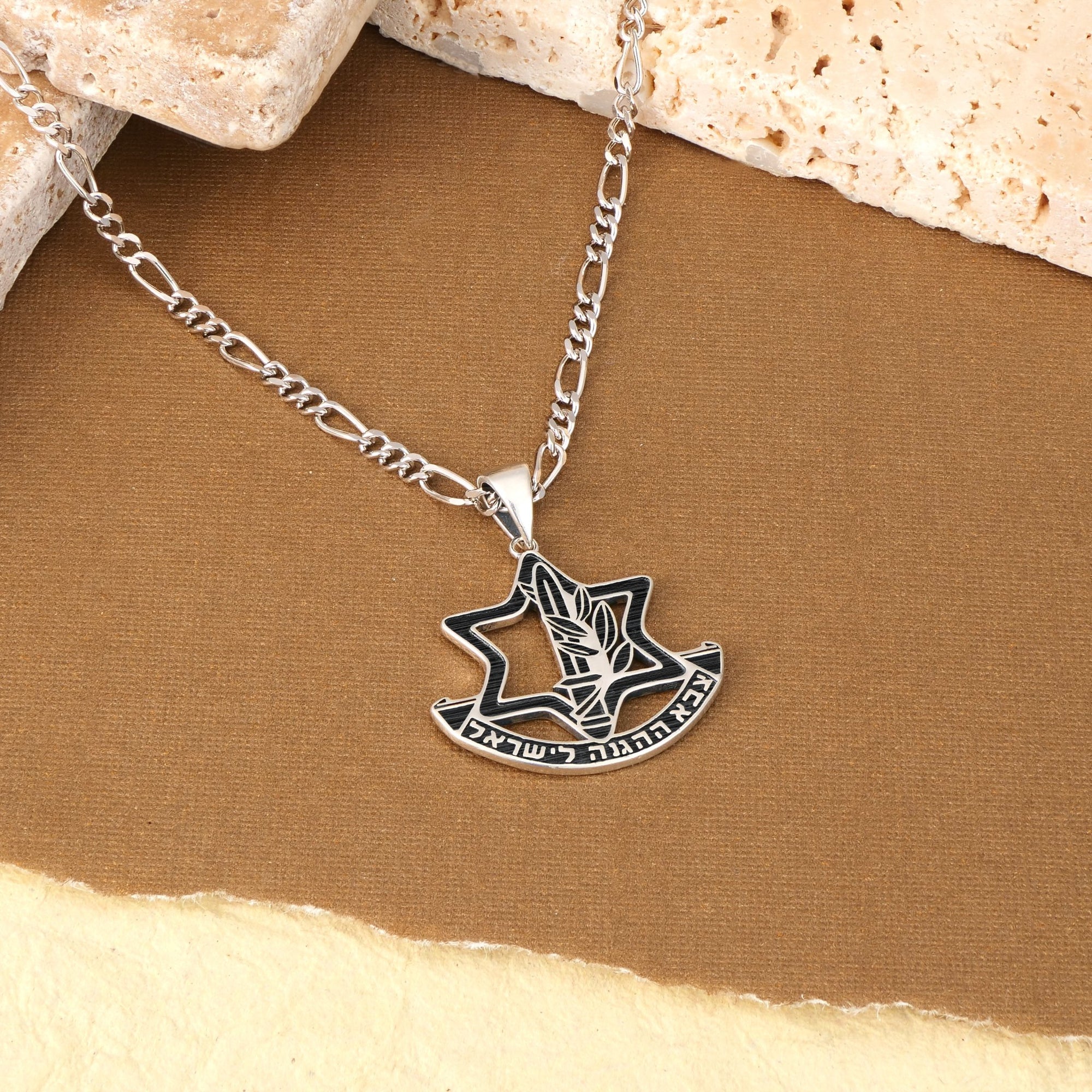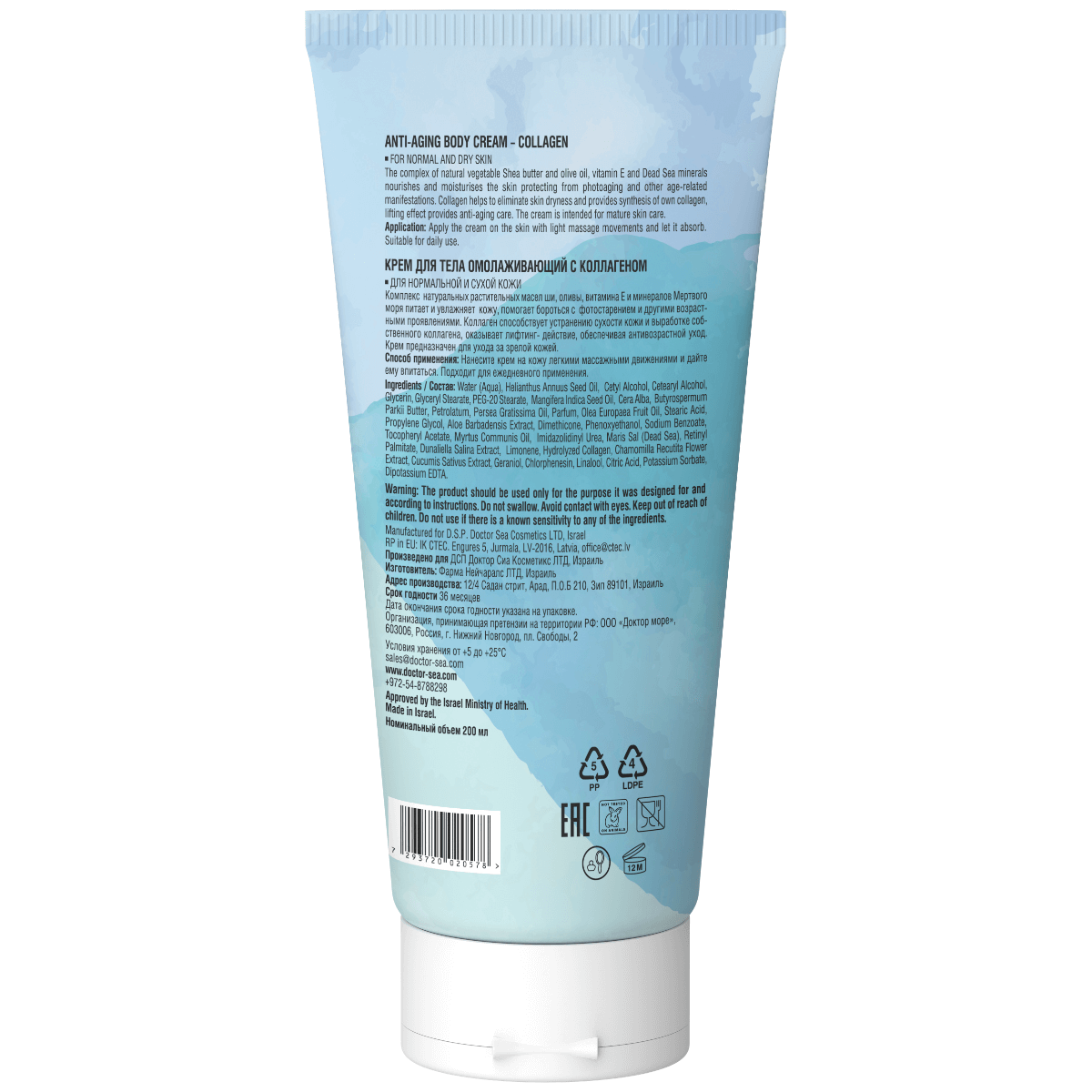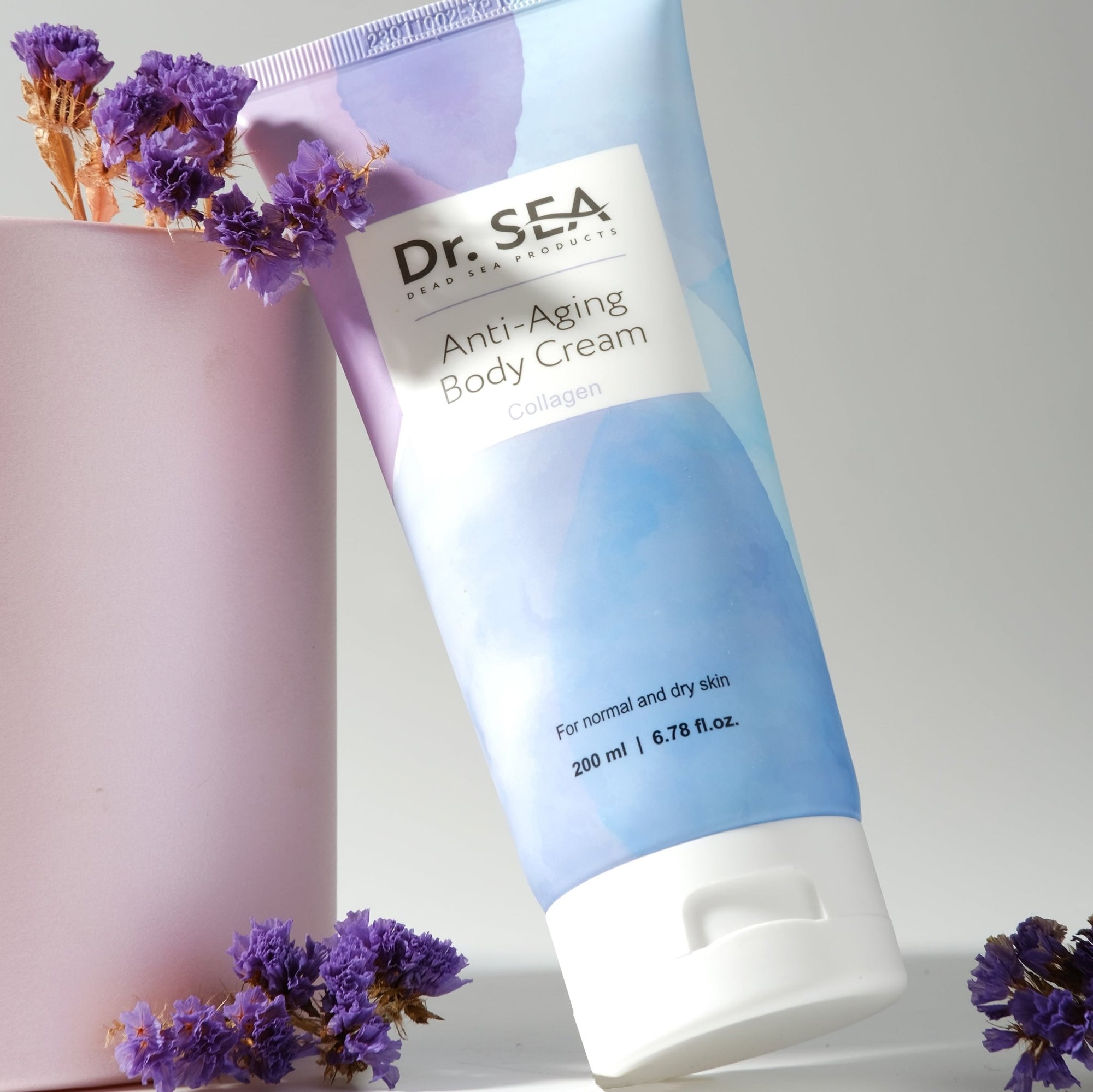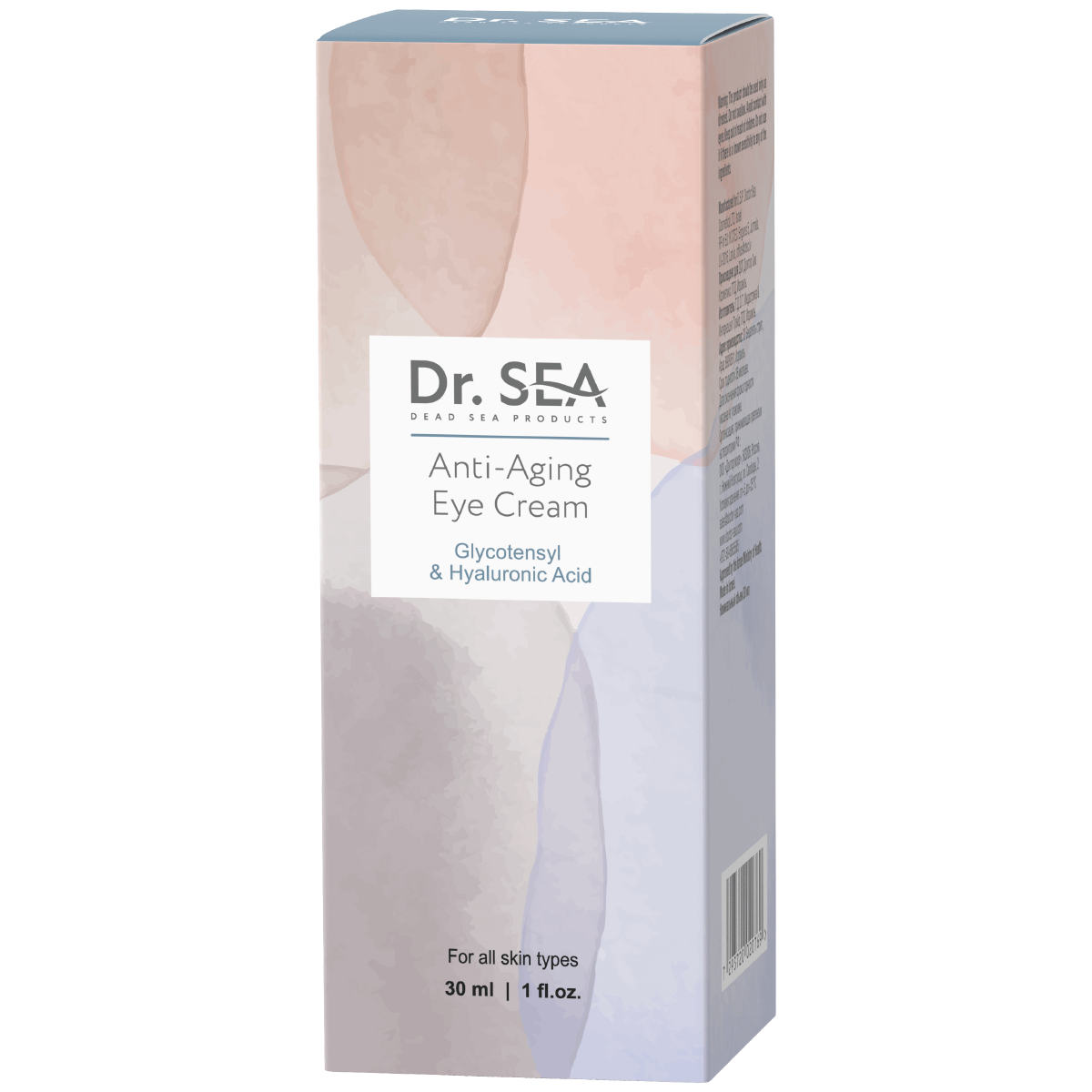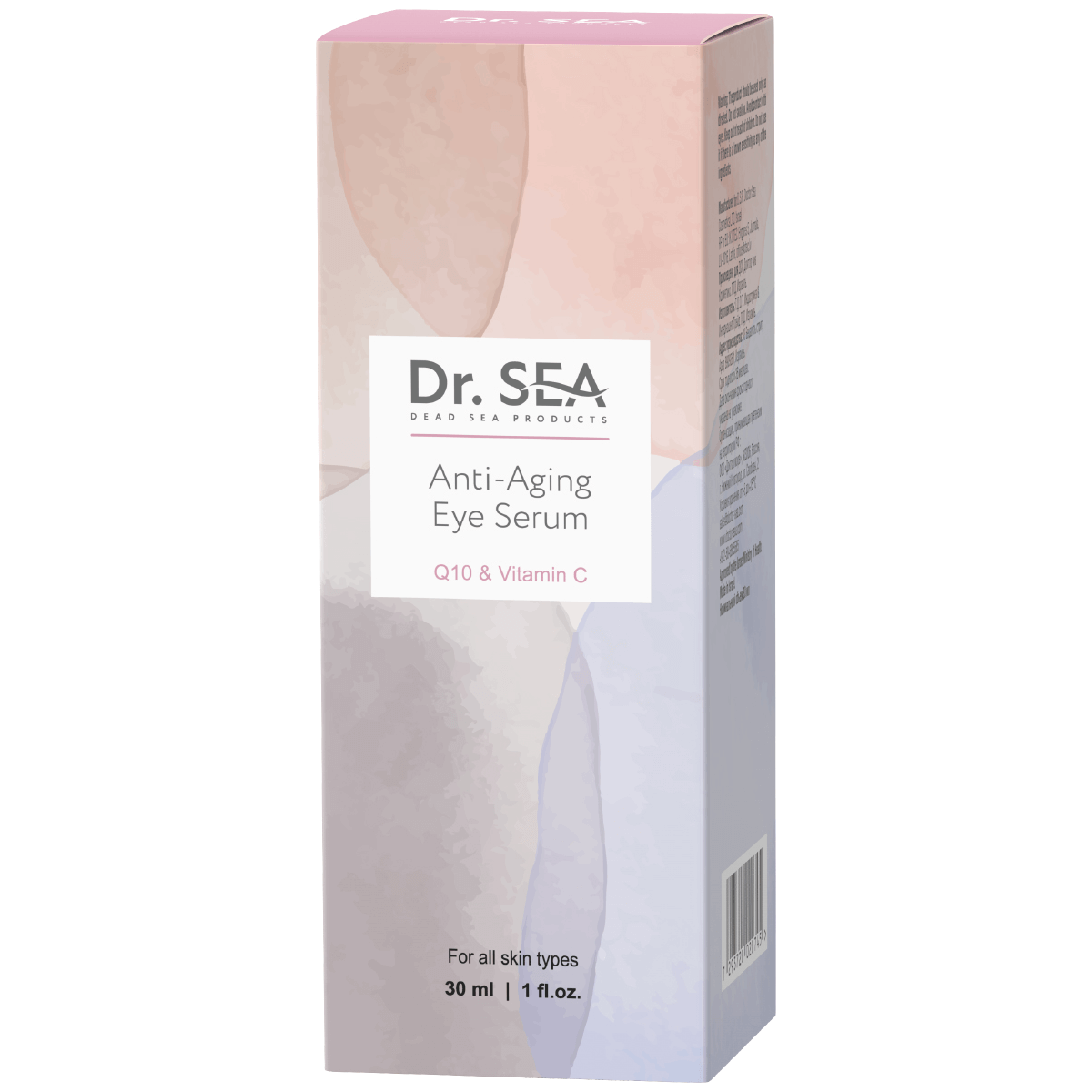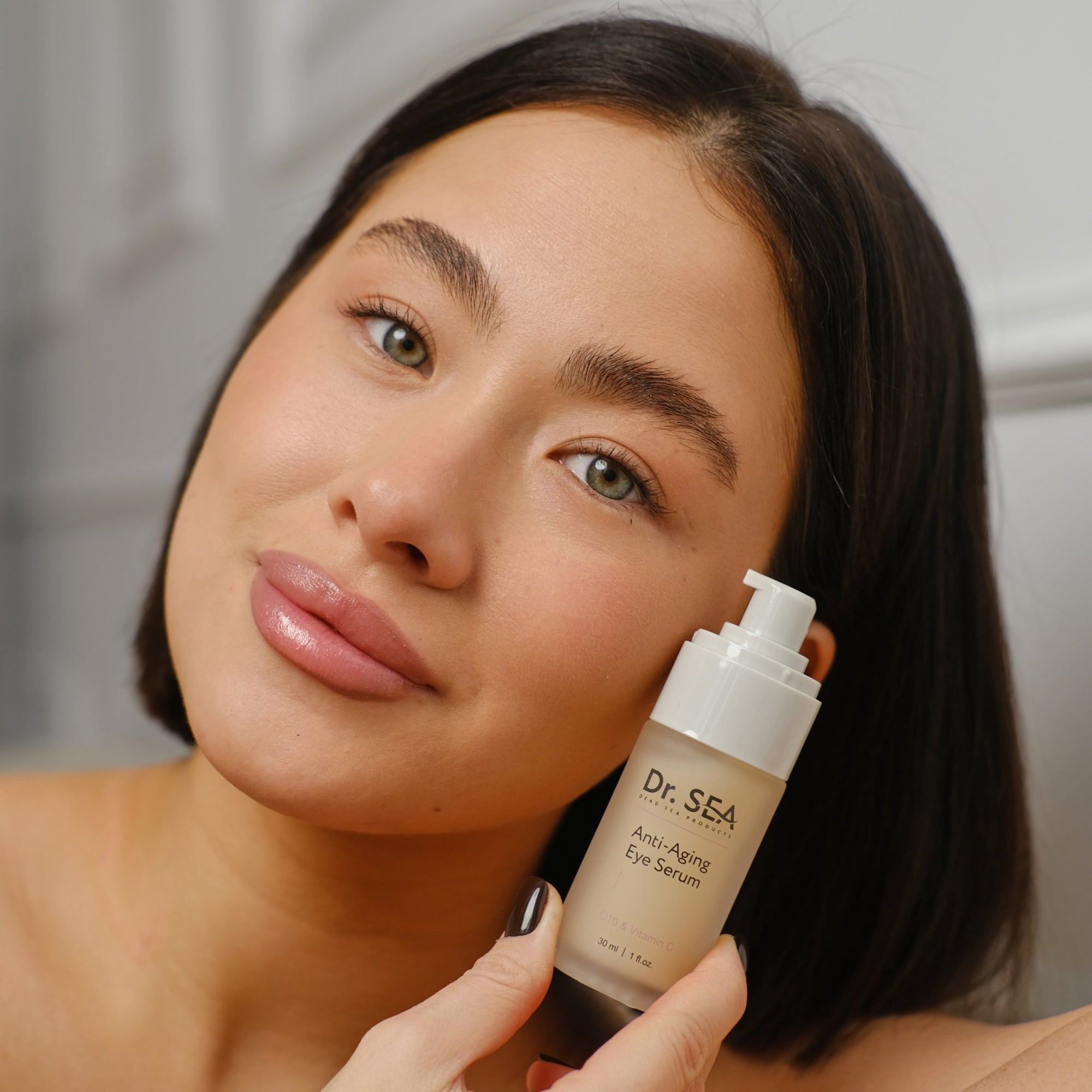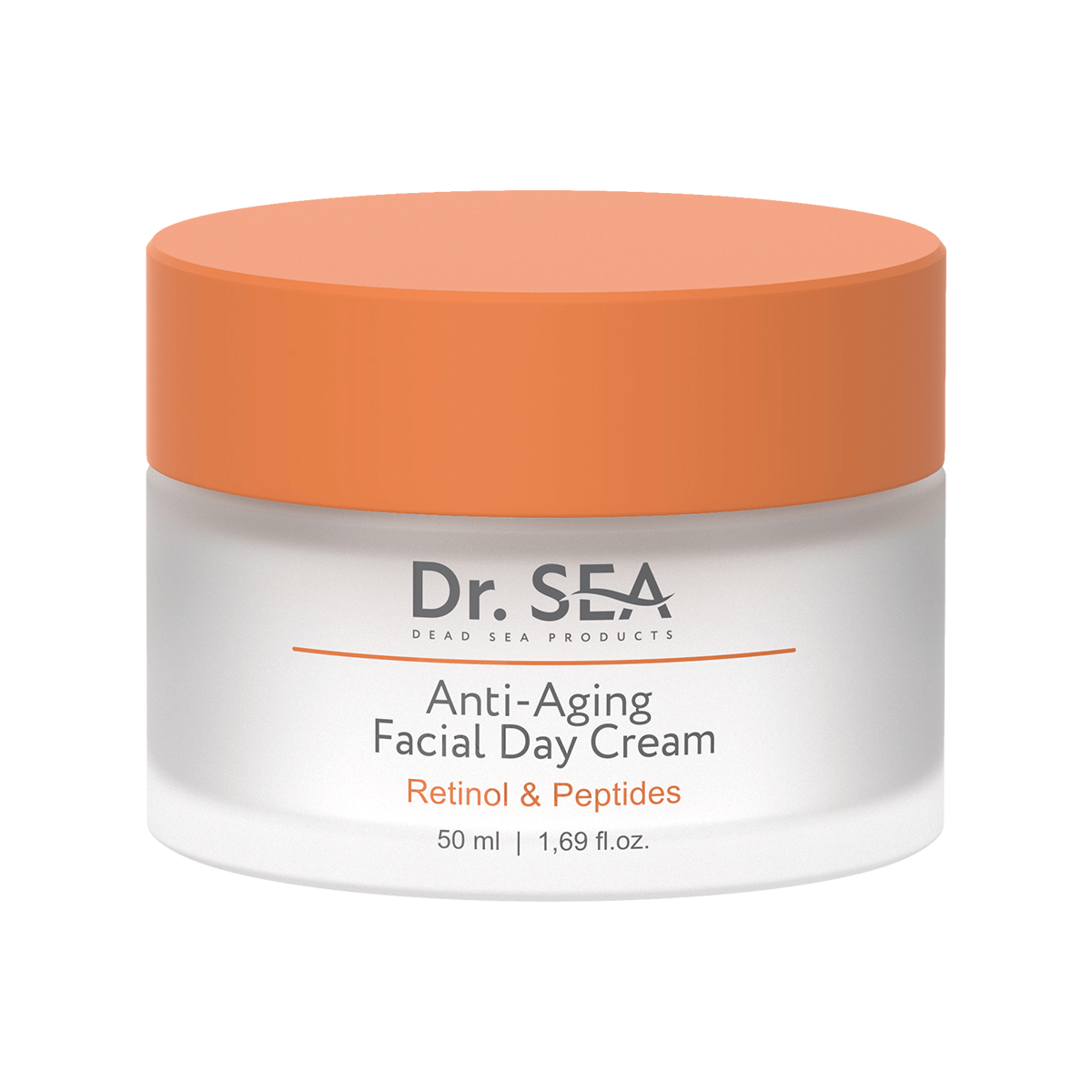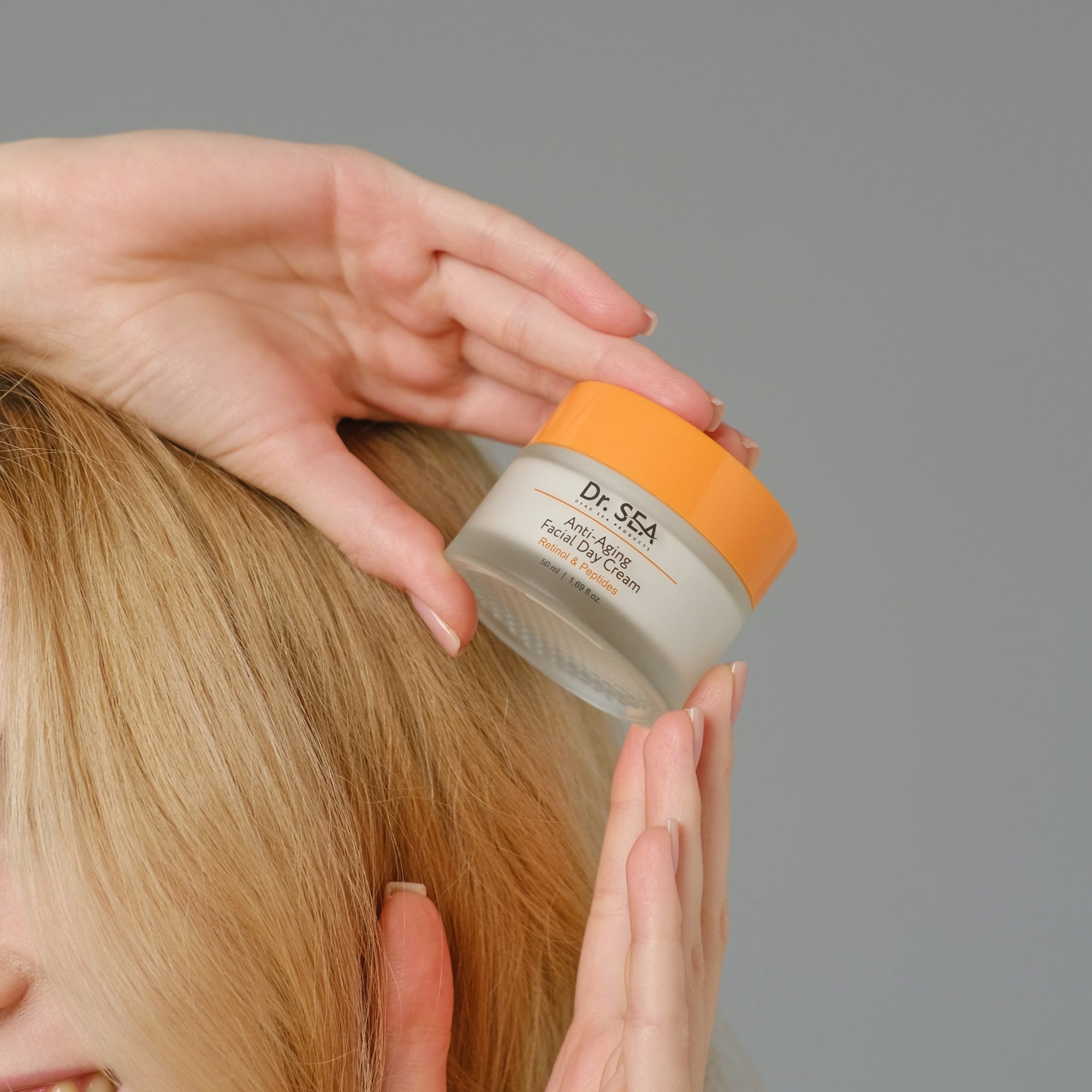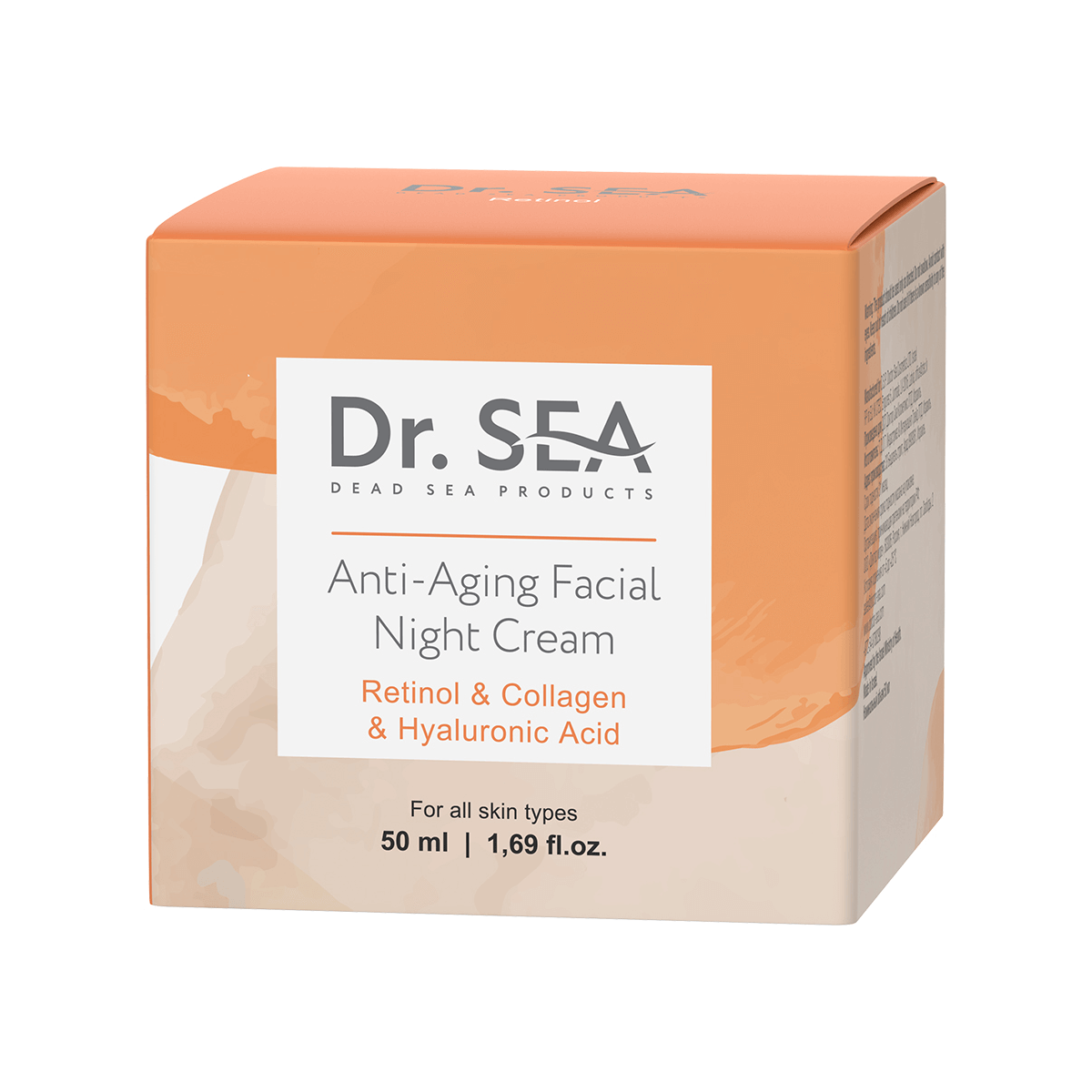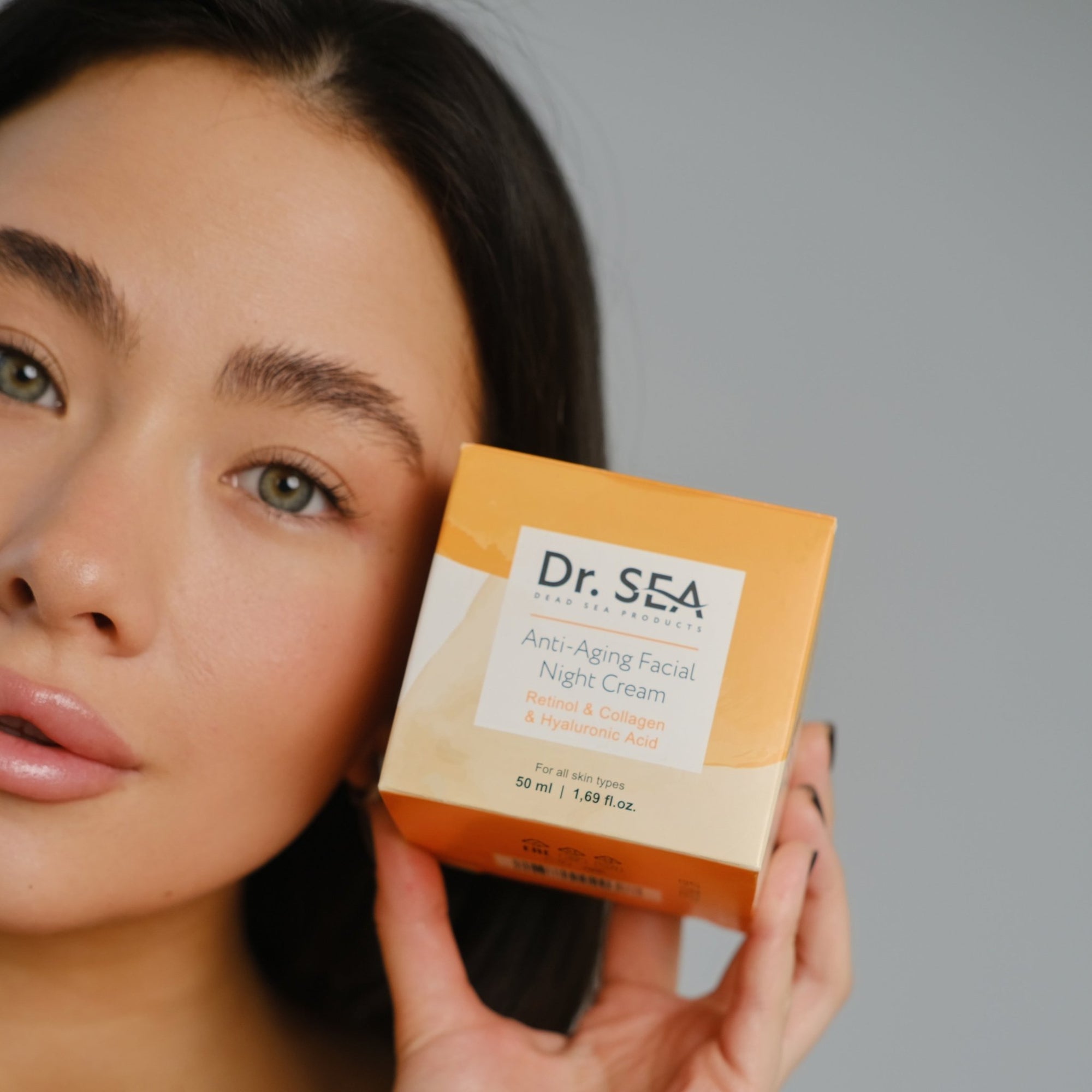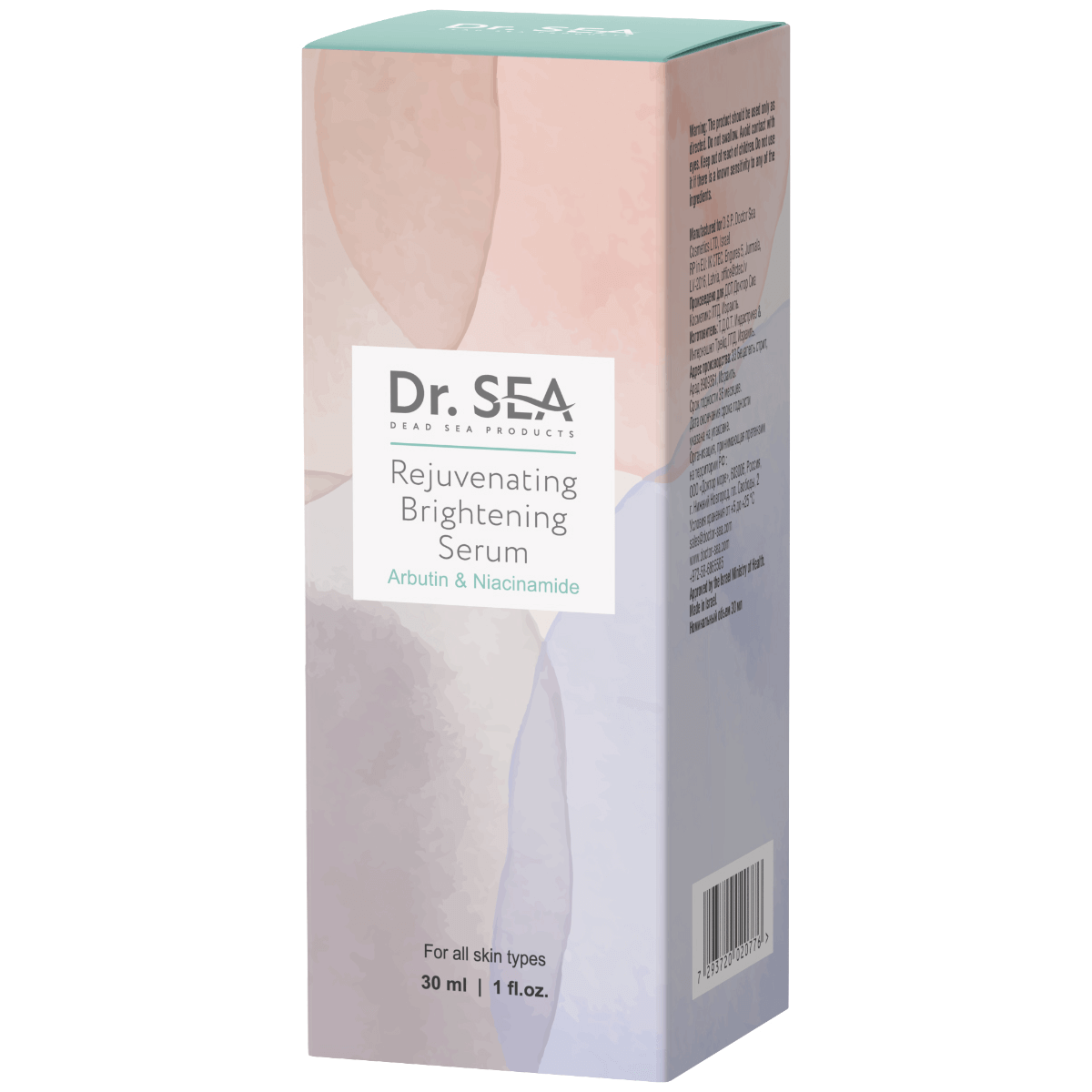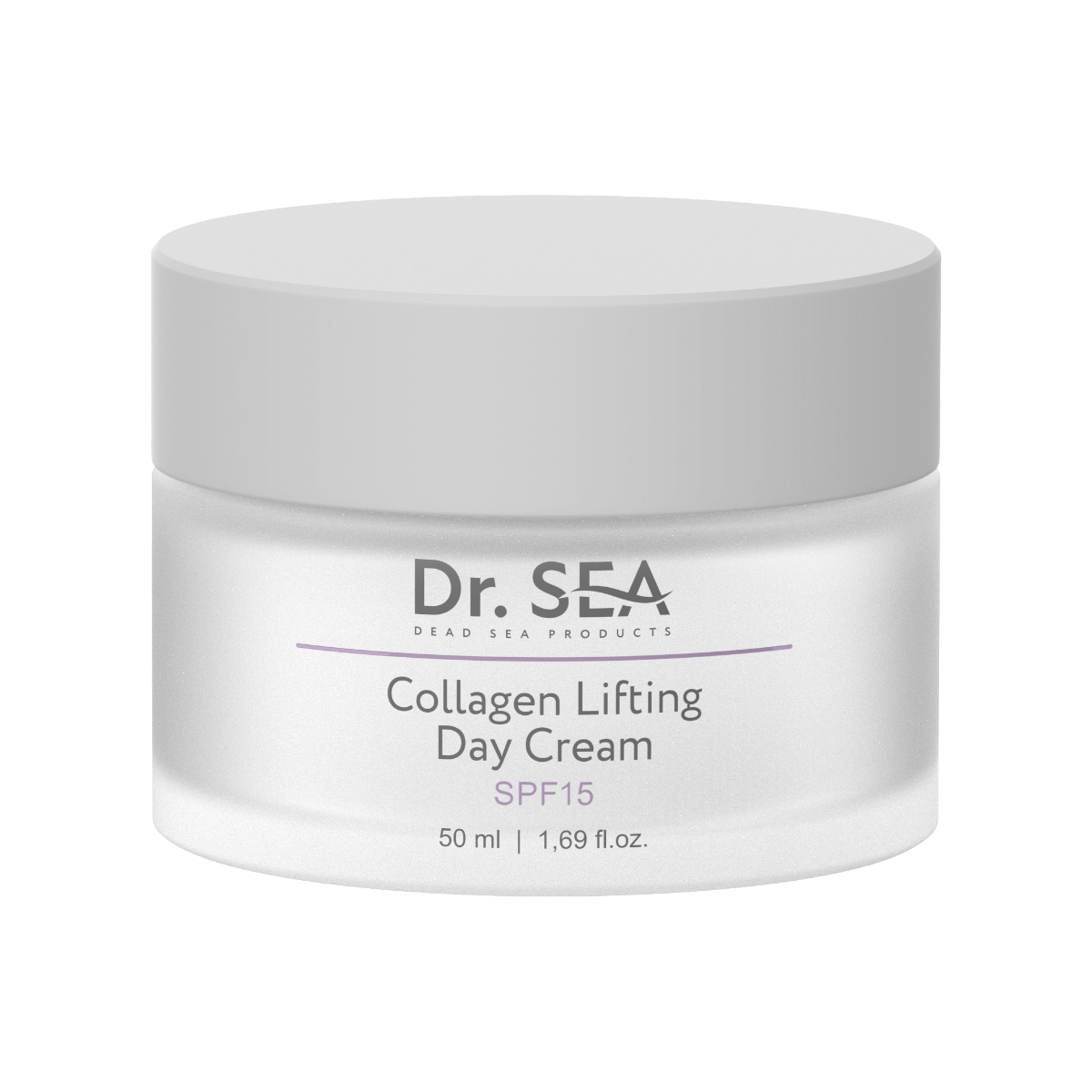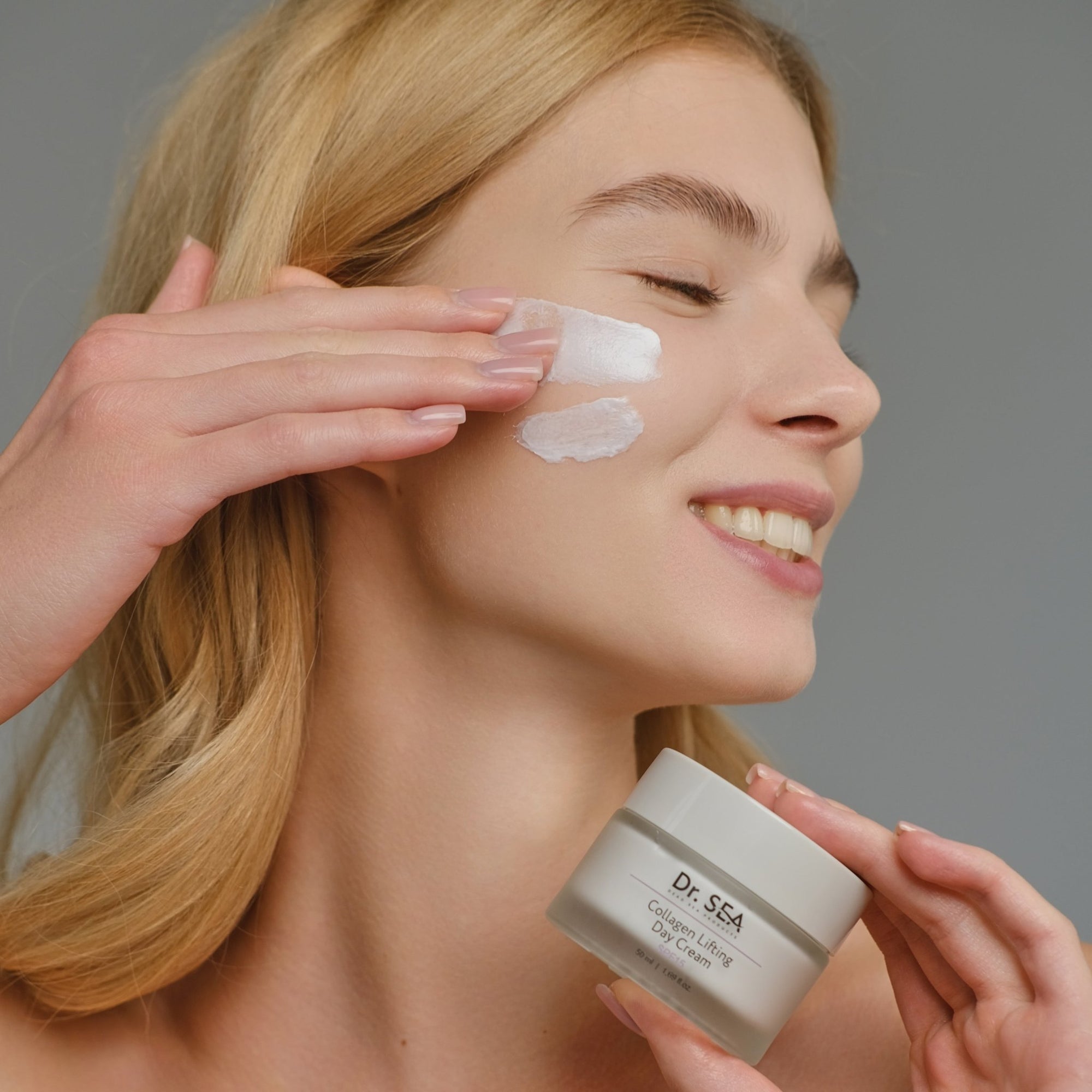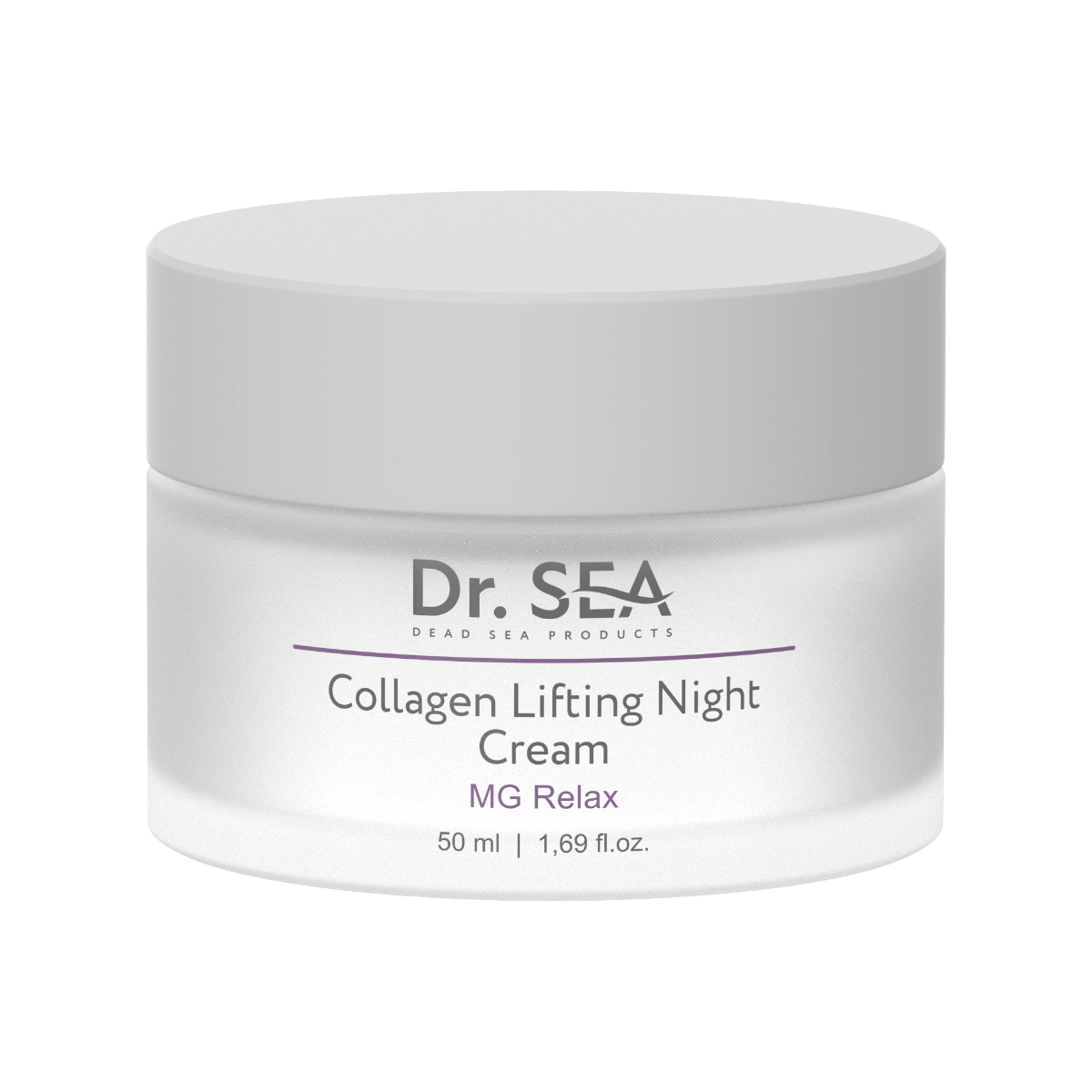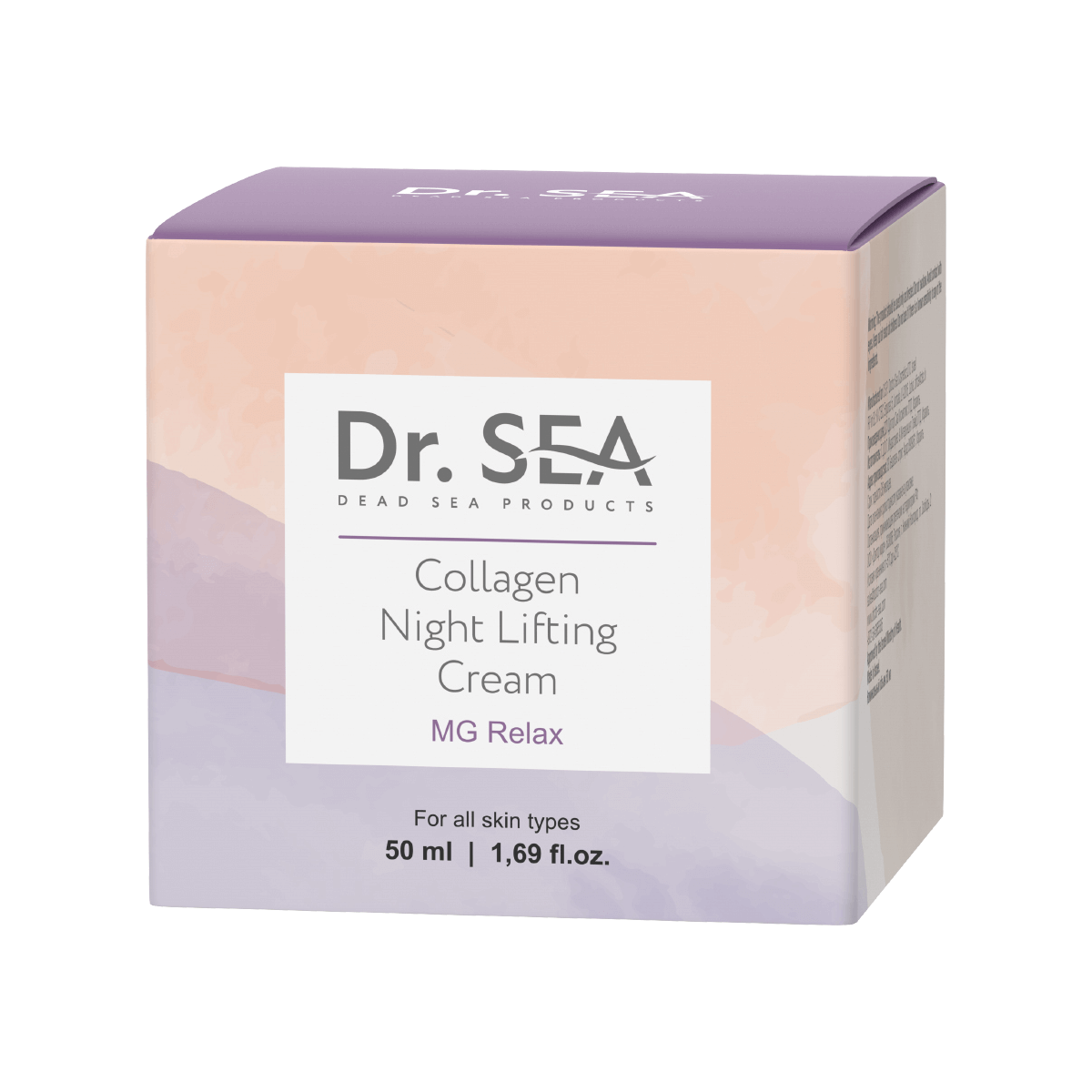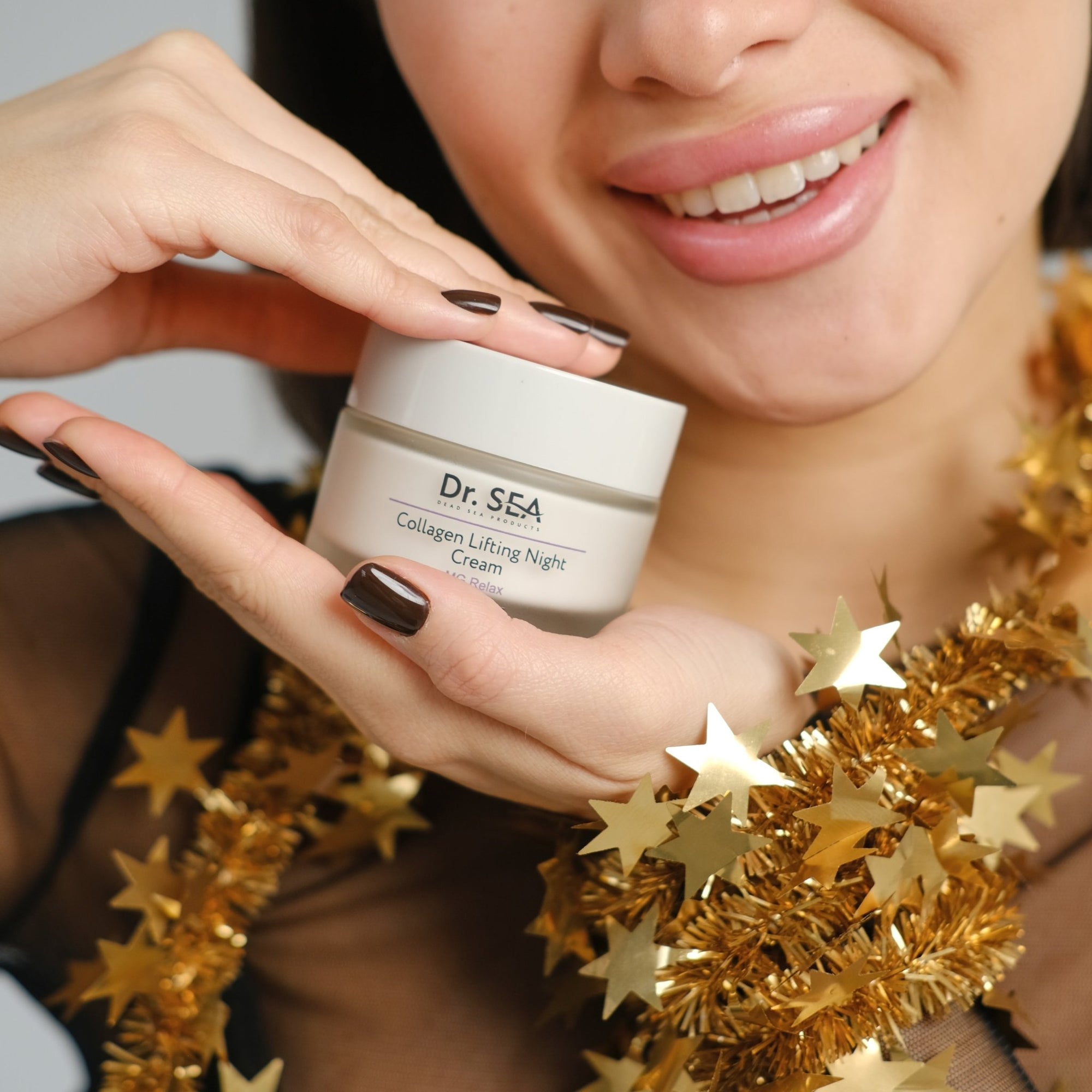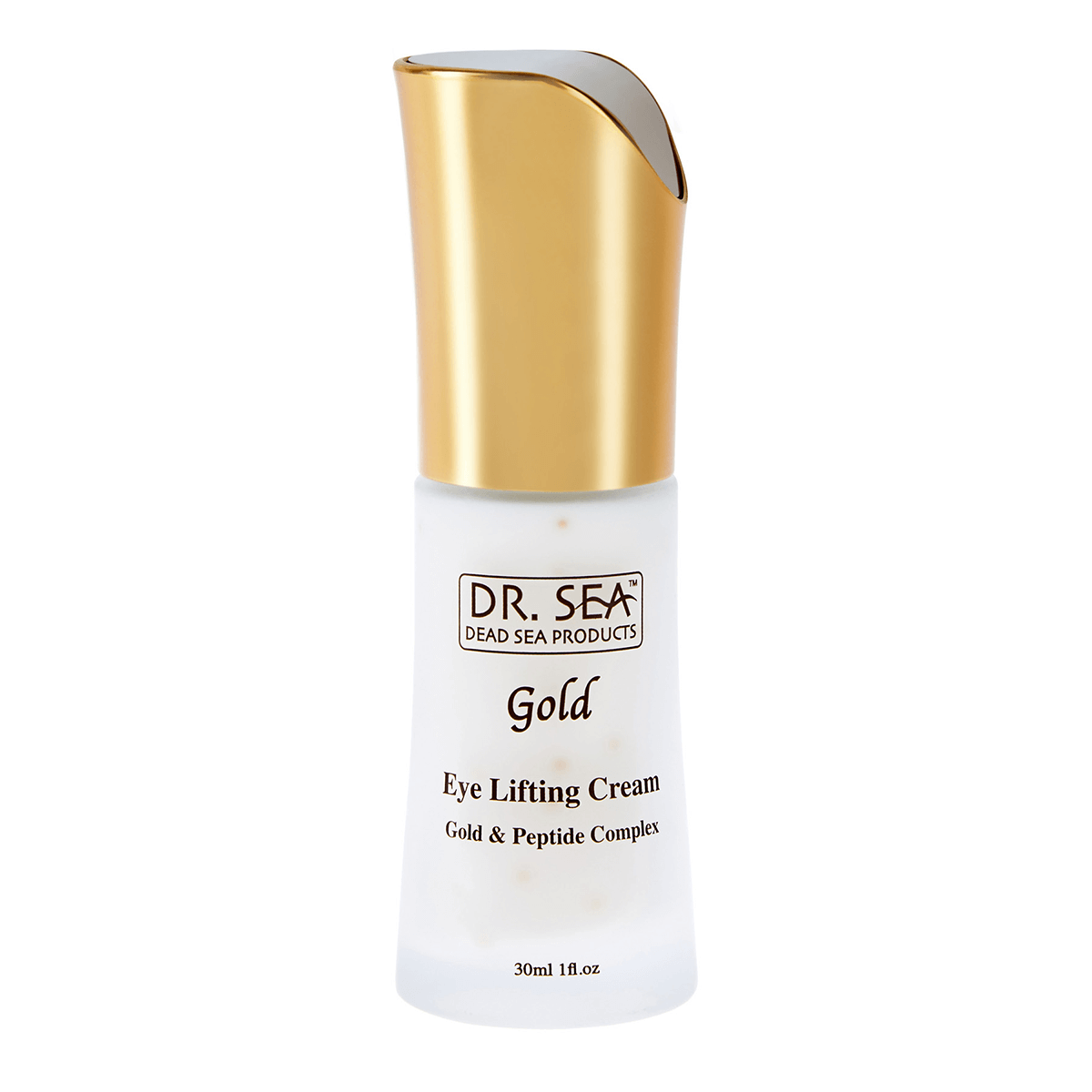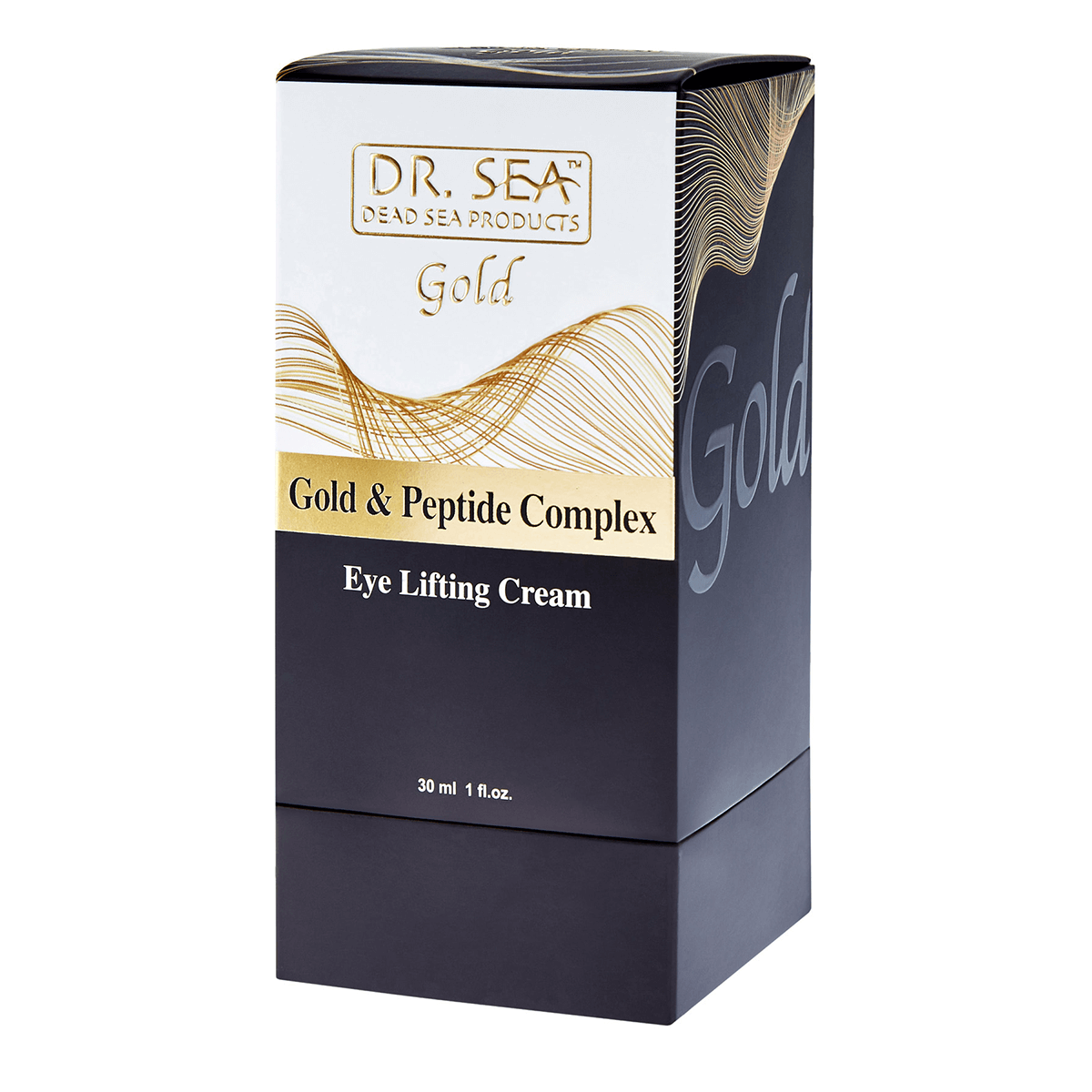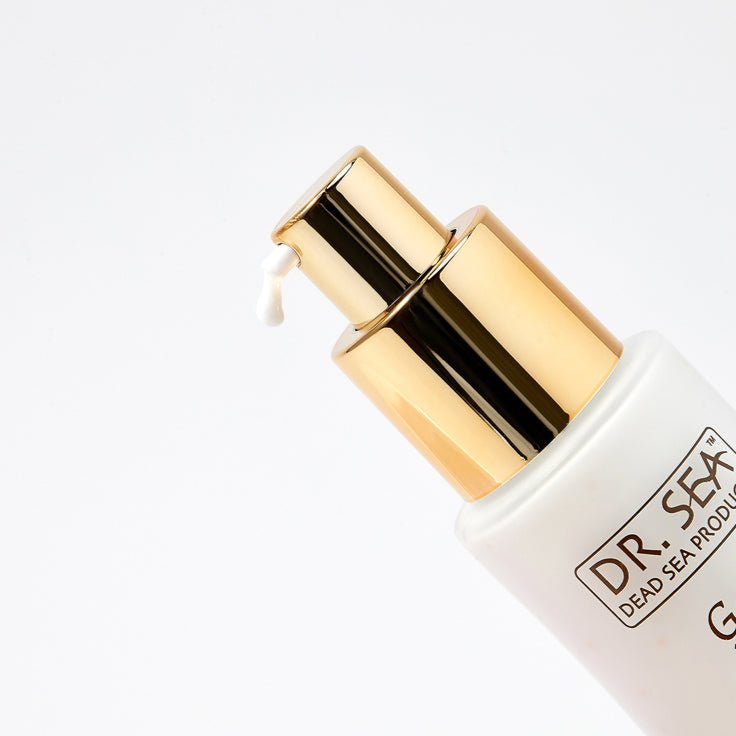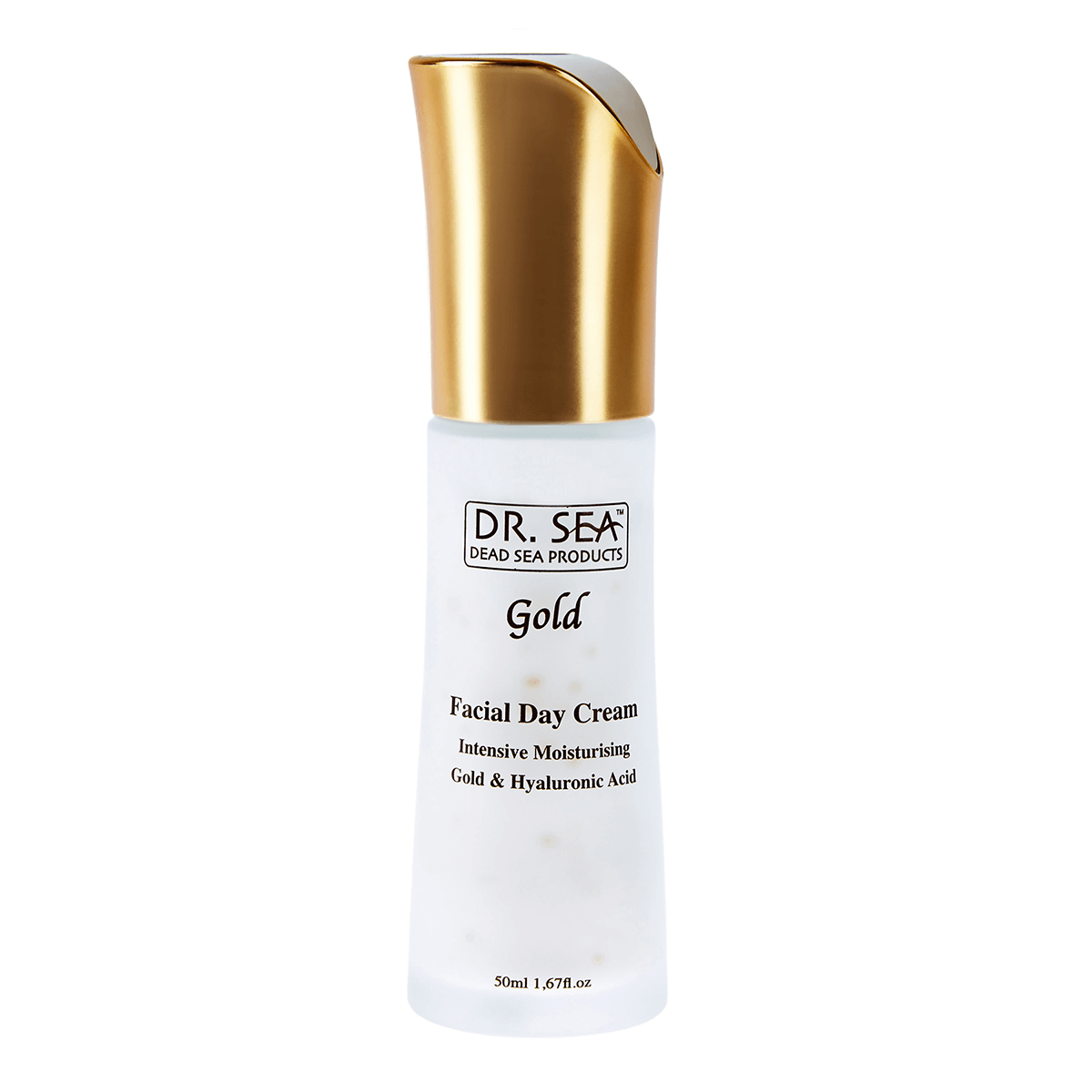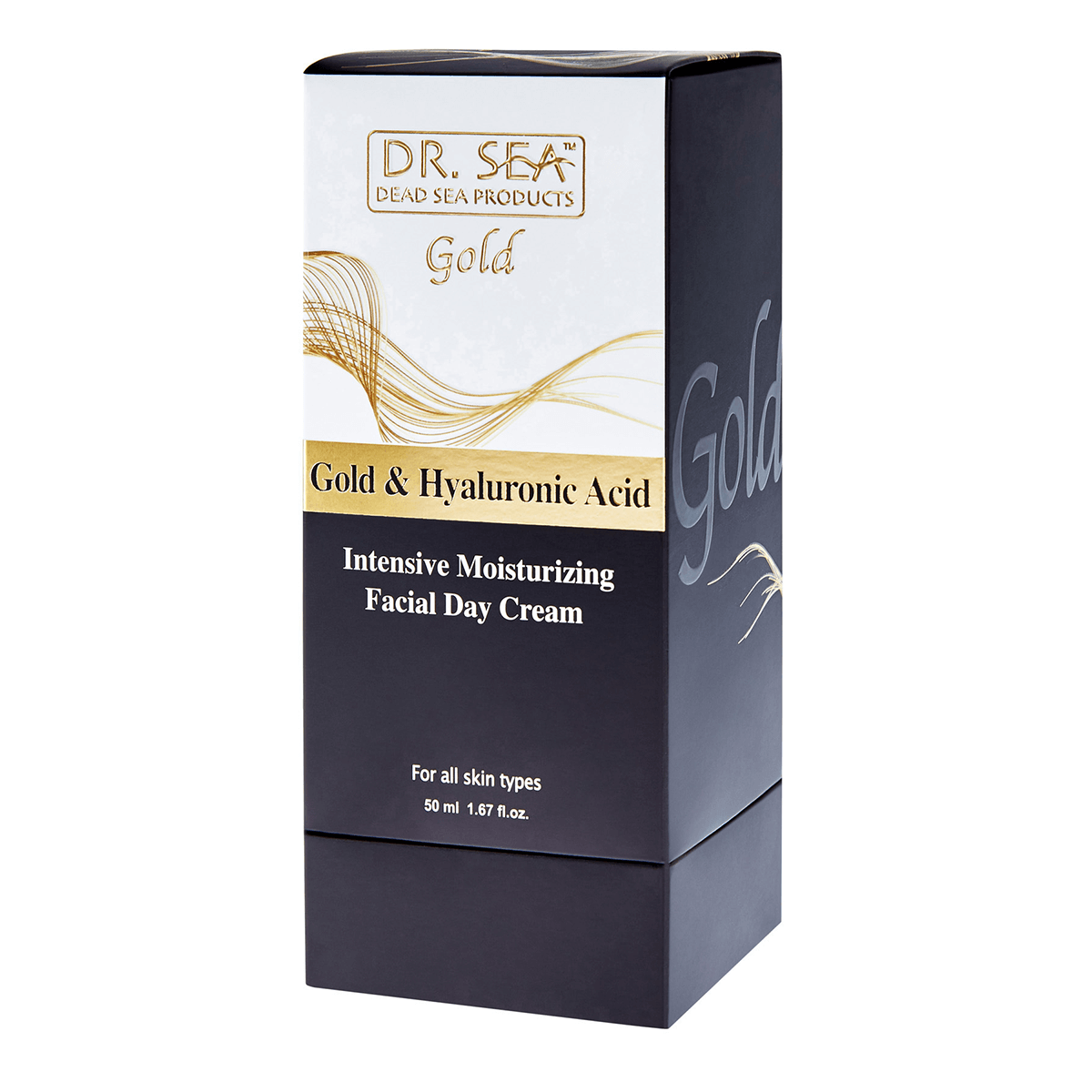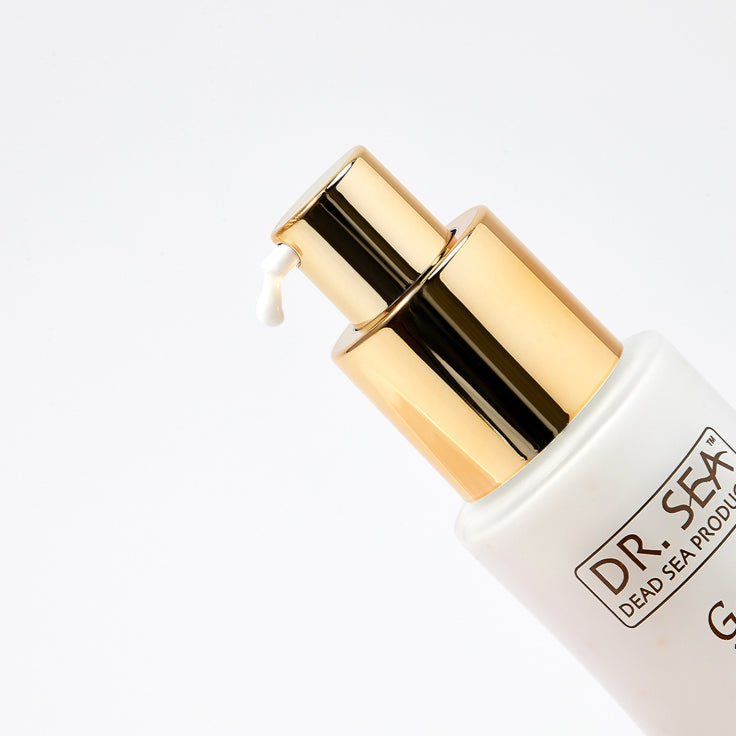Introduction to Israel-Inspired Fashion Trends
Israeli fashion is rapidly gaining global attention for its unique blend of cultural heritage, modern innovation, and environmental consciousness. With influences ranging from ancient traditions and religious values to cutting-edge design and sustainability, Israel-themed fashion is characterized by vibrant colors, modest styles, and architectural minimalism. This article delves into the top Israel-themed fashion trends to watch this year, spotlighting notable designers, cultural inspirations, and emerging styles that capture the essence of Israeli identity in contemporary fashion.
Current Trends Shaped by Israeli Culture and National Identity
What are the current fashion trends inspired by Israeli culture?
Israeli fashion today reflects a vibrant mix of historical traditions, national symbols, and social values. One notable trend is the revival of traditional workwear, with brands like ATA leading the way. These styles focus on sustainability and practicality while celebrating cultural heritage, often incorporating elements like kibbutz hats or references to Jewish history.
National symbols also feature prominently in contemporary clothing. Designers frequently display images of the Star of David, maps of Israel, or ribbons supporting missing or held hostage individuals. This use of symbolism reinforces a collective sense of identity and patriotism through fashion.
Military-inspired styles have gained popularity as well. Civilians adopt tactical fabrics, cargo pockets, and rugged accessories that symbolize resilience and strength. These elements mirror Israel’s long-standing history of defense and community security.
In addition, modest fashion is thriving, influenced by religious and spiritual values prevalent in Israeli society. Long, lightweight clothing such as maxi dresses, long pants, and shawls designed to cover shoulders are common, promoting inclusivity and respect for tradition.
Bright and lively color palettes are also trending. They serve to uplift moods and celebrate Israeli pride, especially during national holidays or cultural festivals. These colors often appear in accessories and statement pieces, making everyday wear a form of expression.
| Trend | Description | Cultural Significance |
|---|---|---|
| Traditional workwear | Revival of practical, cultural clothing like kibbutz hats | Connects to agricultural history and sustainability |
| National symbols | Use of Israeli icons such as the Star of David | Reinforces national identity and pride |
| Military-inspired | Tactical fabrics and rugged accessories | Represents resilience and collective security |
| Modest fashion | Long dresses, coverings, shawls | Reflects religious values and inclusivity |
| Bright colors | Vibrant and lively palette | Celebrates national pride and cultural vibrancy |
Overall, Israeli fashion continues to evolve, blending tradition with modern influences. It embodies a national spirit that values history, resilience, inclusivity, and pride—creating a diverse and expressive style landscape.
Influence of Israeli Cultural and Traditional Elements on Fashion Design
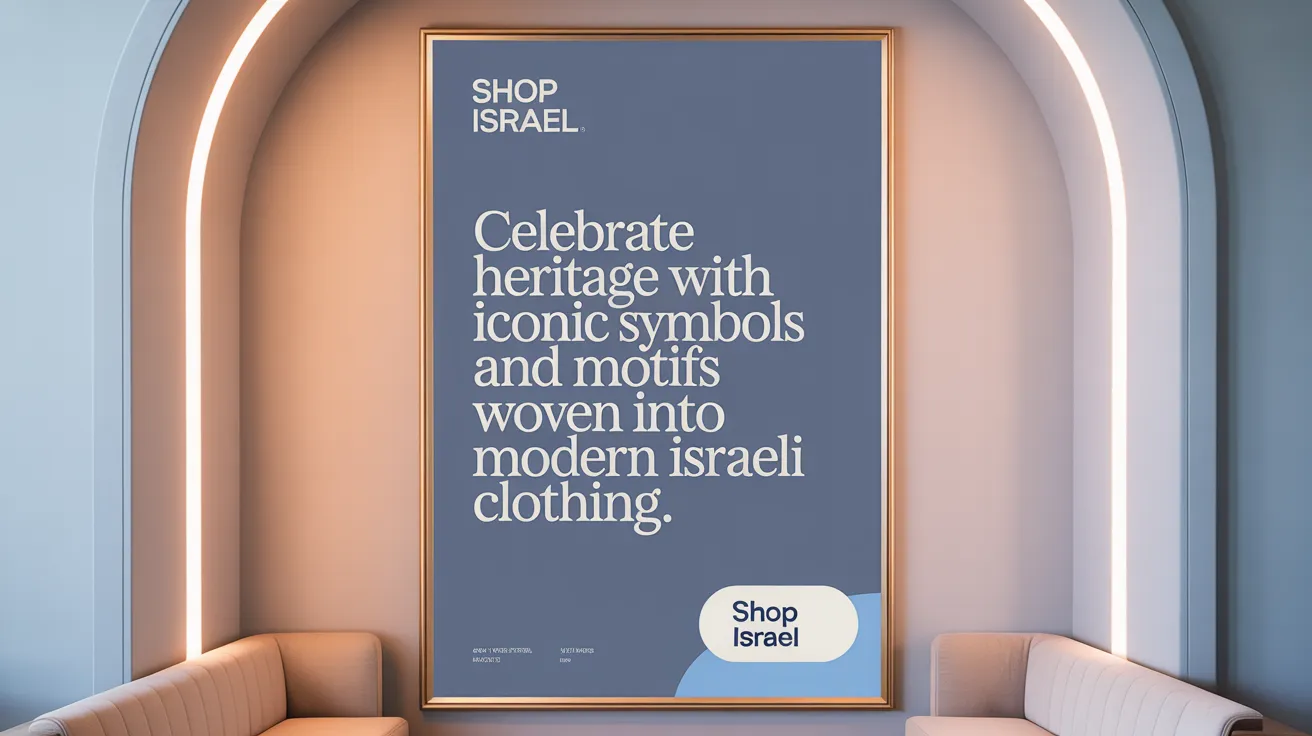
How do Israeli cultural and traditional elements influence fashion design?
Israeli fashion deeply incorporates its rich cultural and traditional roots, creating a unique blend of history, religion, and national pride. Traditional Jewish garments and symbols often inspire modern designs, especially within the modest fashion segment. For example, the use of tzitzit fringes and modest cuts rooted in Torah teachings are reflected in contemporary clothing that emphasizes subtlety and cultural expression.
Israel’s diverse cultural landscape is also represented through a fusion of Middle Eastern and European styles. This synthesis is visible in designers like Maskit, which blends Eastern textures with Western fashion influences, creating garments that symbolize Israel’s crossroads of cultures.
Religious and national motifs play a prominent role in fashion, often used to communicate messages of peace, faith, and identity. Iconic symbols such as the Star of David or motifs inspired by biblical stories are featured in various accessories, textiles, and prints, fostering a sense of collective cultural pride.
Several Israeli designers actively promote cultural narratives through their collections. They incorporate regional themes and religious symbolism to tell stories of resilience, coexistence, and heritage. Designers like Galit Levi focus on expressing national identity and religious symbolism in ways that resonate with both local and international audiences.
Overall, Israeli fashion serves as a vibrant canvas where tradition meets contemporary style, reflecting the nation’s complex history and societal values. This ongoing dialogue between past and present enriches the country’s fashion scene and offers a distinctive voice on the global stage.
Profiles of Leading Israeli Fashion Icons Shaping Contemporary Style
Who are notable fashion icons from Israel, and how have they influenced contemporary style?
Israel has produced several influential fashion designers who have left their mark on the global stage. Alber Elbaz, renowned for his work with Lanvin, brought international recognition to Israeli fashion through his innovative and elegant designs. His influence extends beyond his collections, inspiring new generations of designers worldwide.
Elie Tahari is another prominent figure, known for his modern, sophisticated clothing that caters to working women. His designs are characterized by clean lines and timeless style, making him a favorite among celebrities and fashion enthusiasts alike.
Shahar Avnet and Noa Raviv are celebrated for their creative and whimsical approach to fashion. These innovative Israeli designers have gained international attention, with their work featured in major publications like Vogue and showcased in prominent art exhibitions. Their bold, experimental designs push the boundaries of traditional fashion.
Alon Livne specializes in luxury evening and bridal wear. His collections, presented at New York Fashion Week, are distinguished by their high-quality craftsmanship and glamorous details, appealing to top-tier clients and celebrities.
Nili Lotan has built a successful brand in New York, known for her effortless chic and wearable designs. Her collections often feature tailored basics and relaxed silhouettes, endorsed by many celebrities.
Together, these fashion icons have shaped contemporary style by blending Israeli creativity with global fashion trends. They have pushed the boundaries of design, combining innovation with commercial appeal, and continue to influence how fashion evolves in the modern era.
| Designer | Specialty | Achievements | Global Recognition |
|---|---|---|---|
| Alber Elbaz | Elegant mainline fashion | Revived Lanvin, international influence | Inspired designers worldwide |
| Elie Tahari | Modern professional wear | Celebrity favorite, extensive collections | Known for timeless style |
| Shahar Avnet & Noa Raviv | Experimental, whimsical fashion | Featured in Vogue, art exhibits | Pushing creative borders in design |
| Alon Livne | Luxury evening and bridal | NYFW runway shows, celebrity clientele | High-end luxury reputation |
| Nili Lotan | Effortless casual chic | Successful NY brand, celebrity endorsements | Known for relaxed, tailored style |
These individuals exemplify how Israeli fashion continues to flourish and influence worldwide trends. Their innovative spirits and craftsmanship have helped define a modern, sophisticated aesthetic that resonates across borders.
Emerging and Upcoming Israel-Themed Fashion Trends for the Modern Wardrobe
What are emerging and upcoming fashion trends inspired by Israel?
Fashion inspired by Israel is currently experiencing a vibrant transformation, blending cultural pride with contemporary style. One notable trend is the increasing popularity of bright, lively colors. Moving away from traditional military greens and khakis, designers are incorporating shades like azure, coral, and vibrant yellow, reflecting Israel's rich landscapes and lively cultural scene.
In addition, there is a resurging focus on modest fashion. Even among less observant communities, styles that offer discretion and elegance—such as long skirts, maxi dresses, and tops that cover shoulders—are gaining popularity. Accessories like scarves and shawls are common, often used to add a layer of style while respecting cultural and religious traditions.
Military-inspired urban wear is another visible trend. This includes tactical fabrics, cargo pockets, and utilitarian accessories that combine style with functionality. Reflecting Israel’s history and current geopolitical landscape, this genre adds a rugged edge to everyday streetwear.
Designers are also pioneering sustainable and eco-conscious methods using natural fabrics like cotton and linen, echoing a global shift toward environmentally responsible fashion. Labels such as Anat Friedman and Dana Cohen are leading the way, integrating traditional motifs with eco-friendly techniques.
Finally, fashion inspired by Israel increasingly incorporates symbols of national pride and social themes. Items featuring the Star of David, maps of Israel, and slogans celebrating Jewish and Israeli identity are making their way onto runways and streetwear collections alike.
| Trend Aspect | Description | Example Elements |
|---|---|---|
| Bright Colors | Moving toward vibrant, lively hues that reflect Israeli landscapes and culture | Blue, coral, yellow, motif-inspired patterns |
| Modest Fashion | Emphasizing elegance and discretion in style | Maxi dresses, long skirts, scarves, tops covering shoulders |
| Military-Inspired Wear | Functional yet fashionable urban styles influenced by military design | Tactical fabrics, cargo pockets, utilitarian accessories |
| Eco-Conscious Materials | Use of sustainable, natural fabrics to promote environmentally friendly fashion | Cotton, linen, biodegradable fabrics |
| Cultural and Social Symbols | Incorporating national and social themes into fashion | Star of David, maps, slogans celebrating heritage |
As the Israeli fashion scene continues to evolve, these trends are shaping a wardrobe that celebrates heritage, embraces modern aesthetics, and commits to sustainable practices, making Israeli-inspired fashion a notable influence for 2024 and beyond.
Nautical and Modest Styles: Navigating Israel’s Diverse Fashion Landscape
Summer Clothing Recommendations
During Israel’s hot summer months from April to October, dressing comfortably and practically is essential. Temperatures can soar up to 108°F, especially between late May and early September. Lightweight, airy clothing made of natural fabrics is ideal to stay cool and protected from the sun.
Lightweight Natural Fabrics
Opt for clothing crafted from breathable materials like cotton and linen. These fabrics help regulate body temperature and wick away sweat. Shorts, dresses, and skirts in these fabrics are popular choices for daily wear during summer activities.
Swimwear for Coastal Areas
Israel’s coastal destinations, including Eilat and the Dead Sea, are perfect for beach outings. Swimwear such as bikinis and swimsuits are appropriate here. For snorkelers exploring the Red Sea, packing snorkeling gear is essential, along with sun protection essentials like hats, sunglasses, and sunscreens.
Modest Attire for Religious Sites
Visiting religious sites in Israel requires respectful dressing. Modest attire is recommended: long, lightweight pants or maxi dresses, tops that cover shoulders and chest, and scarves or shawls to cover shoulders and possibly the head. This modest style respects local customs and enhances the spiritual experience.
Integration of Traditional Modesty with Modern Designs
Modern Israeli fashion thoughtfully combines traditional modesty with contemporary trends. Many designers incorporate elegant long skirts, flowing dresses, and stylish modest tops, blending cultural respect with current fashion. This fusion allows visitors and locals alike to honor tradition while feeling fashionable.
| Clothing Type | Recommended Fabrics | Suitable for | Additional Tips |
|---|---|---|---|
| Summer casual wear | Cotton, linen | Day outings, beaches | Wear hats and sunglasses for sun protection |
| Modest religious wear | Light cotton, linen | Religious sites | Cover shoulders and knees, use scarves |
| Beachwear | Swimsuits, bikinis | Eilat, Dead Sea | Rinse off after swimming, apply sunscreen |
| Hiking gear | Breathable, sun-covering clothes | Outdoor hikes | Sturdy shoes, long sleeves, hats |
This diverse approach ensures comfort and cultural respect, whether you're lounging at the beach, exploring ancient sites, or hiking in nature.
Practical and Stylish: Israeli Outdoor and Active Wear Influences
How does Israel's climate influence outdoor fashion choices?
Israel's climate varies dramatically between seasons, shaping the way locals and visitors dress for outdoor activities. During the hot, sunny summers from April to October, lightweight and breathable clothing made from natural fabrics like cotton and linen is preferred. These materials help keep the body cool while offering comfort during activities such as hiking or strolling near the Dead Sea.
In contrast, winter temperatures, averaging between 59-77ºF and dropping to around 50ºF at night, require layering options. For outdoor adventures like hiking in colder desert areas or exploring Jerusalem's snow-infrequent events, warmer clothing and sturdy footwear are ideal.
What fashion options are suitable for outdoor pursuits?
Activewear in Israel emphasizes both function and style. Hiking shoes, lightweight long-sleeve shirts, and pants that protect against sun exposure are popular choices. Its natural, neutral color palette complements the outdoor environment and provides practicality.
Swimwear is also part of the active fashion scene, especially when visiting Eilat or the Dead Sea. Bikinis, swimsuits, and snorkeling gear are common, paired with sun protection garments like wide-brim hats and UV-protective clothing for extended outdoor activity.
How does sun protection influence clothing trends?
Sun protection is a crucial aspect of Israeli outdoor fashion. Wide-brim hats, UV-protective sunglasses, and clothing with built-in sun protection factors (UPF-rated garments) are increasingly popular. Covering shoulders and chest with lightweight, quick-drying fabrics helps safeguard skin from intense sun exposure.
Balancing style and practicality
Today’s Israeli outdoor and active fashion trends blend practicality with style seamlessly. Trendy maxi dresses and long skirts made of breathable materials are suitable for religious sites and casual outings, often paired with scarves or shawls.
Outdoor clothing designed for both comfort and style offers versatile options for residents and tourists alike. This approach ensures protection from the sun while maintaining a fashionable look during outdoor activities.
| Season | Typical Clothing Items | Additional Features | Recommended Activities |
|---|---|---|---|
| Summer (April-October) | Linen dresses, shorts, skirts, sun-protective shirts | Wide-brim hats, sunglasses, UPF clothing | Beach visits, hiking, outdoor dining |
| Winter (October-March) | Lightweight jackets, long pants, layered shirts | Warm layers for cooler desert evenings | City touring, winter hikes, sightseeing |
This blend of functional fashion and the influence of Israel's diverse climate continues to shape outdoor wear trends, ensuring comfort without sacrificing style for all outdoor enthusiasts.
Sun Safety Meets Fashion: Adapting Style to Israel’s Sunny Summers

How can I stay comfortable and stylish with lightweight fabrics for heat?
During Israel’s hot summer months, choosing breathable, natural fabrics like cotton and linen is essential. These materials allow air to circulate, helping to keep your body cool. Light-colored clothing such as airy dresses, skirts, and shorts reflect sunlight rather than absorbing it, further aiding in temperature regulation.
How do hats and sunglasses serve as fashion accessories?
Hats and sunglasses are not just functional but also stylish parts of summer outfits. Wide-brimmed hats and trendy sunglasses make excellent fashion statements while providing vital sun protection for your face and eyes. They seamlessly blend safety and style, perfect for outdoor activities and casual outings.
Why is sun protection important in clothing design?
In Israel's intense summer sun, sun protection should be integrated into fashion choices. Clothing designed with UV-protective fabrics helps shield your skin from harmful rays. Adding features like long sleeves, high necklines, and lightweight shawls ensures coverage without sacrificing comfort.
How can style be balanced with utility in summer wear?
Achieving a balance between aesthetic appeal and practicality involves selecting versatile, fashionable pieces that also protect against sun exposure. Flowy maxi dresses with built-in UV protection, stylish hats, and chic sunglasses can make a fashion statement while keeping you safe.
| Clothing Item | Material | Style Tips | Protective Features |
|---|---|---|---|
| Light dresses | Cotton, linen | Bright colors & patterns | Loose fit for airflow |
| Hats | Straw, fabric | Wide brim for sun coverage | UV-blocking |
panels | | Sunglasses | Plastic, glass | Trendy frames | UV protection lenses | | Outerwear | Lightweight fabrics | Long sleeves & high necks | UV-resistant materials |
By thoughtfully selecting fabrics and accessories, you can enjoy Israel’s summer sunshine safely and stylishly, emphasizing comfort without compromising on fashion.
Exploring Israeli Architectural Aesthetics in Fashion Design

How have Israeli architectural styles and aesthetics inspired fashion design?
Israeli architecture is known for its distinctive blend of modern minimalism, functional design, and cultural symbolism. This architectural style influences fashion by promoting a similar aesthetic—focused on simplicity, practicality, and cultural dialogue.
Designers like Anat Friedman are notable examples, incorporating minimalist principles into their collections. Their garments often feature clean lines, straightforward cuts, and versatile pieces that can transition easily from casual to formal settings. Such designs reflect the emphasis on usability and practicality seen in modern Israeli architecture.
In addition to shape and form, inspiration is drawn from Israel’s diverse natural landscapes, including the desert and historic cities like Jerusalem. Fashion collections, such as those by Yarden Moshe, echo these environments, using color palettes and textures that evoke the landscape's earthy tones and historic essence. These influences foster a sense of place, identity, and cultural storytelling within fashion.
The integration of urban and natural landscape motifs into clothing elevates the garments beyond mere aesthetics, turning them into wearable expressions of Israel's architectural narrative. Overall, Israeli architectural themes inspire fashion that values minimalism, adaptability, and cultural resonance, shaping a modern, innovative look rooted in national heritage.
Sustainability and Ethical Practices in Israeli Fashion
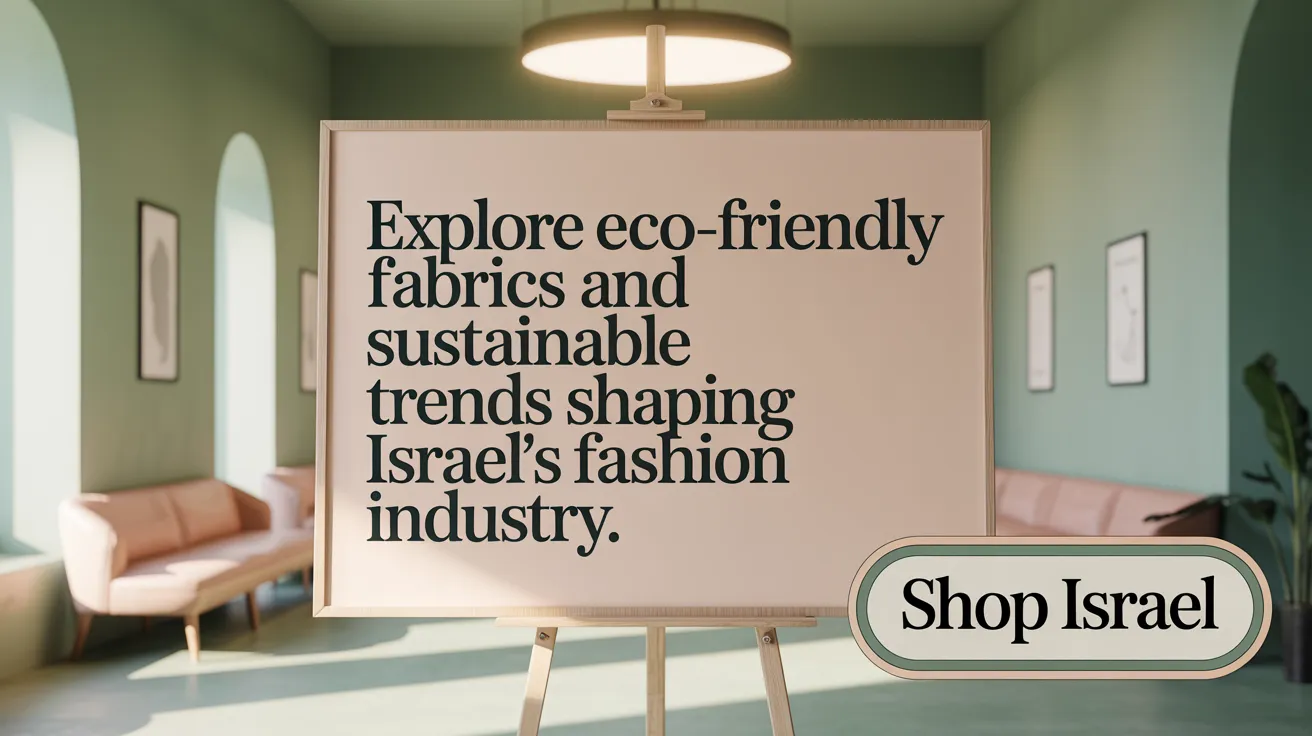
Use of Natural, Eco-Friendly Fabrics
Israeli fashion is increasingly embracing natural, eco-friendly fabrics such as organic cotton, linen, and hemp. These materials are favored for their sustainability, breathability, and comfort, making them ideal for Israel's diverse climate. During the hot summer months, lightweight fabrics help keep wearers cool, while in winter, they provide warmth without compromising sustainability.
Revival of Traditional Workwear with a Sustainable Focus
There is a noticeable trend to revive traditional Israeli workwear, adapting it into modern fashion pieces with an emphasis on sustainability. Designers rework vintage garments, often using eco-friendly dyes and recycled textiles, to create unique, culturally rich clothing options that also support environmental conservation.
Designer Initiatives for Environmental Impact Reduction
Leading Israeli designers are taking proactive steps to minimize their environmental footprint. Many are adopting measures like reducing waste during production, choosing sustainable packaging, and implementing fair trade practices. Such initiatives demonstrate a strong commitment to ethical manufacturing and sustainable development.
Trend Towards Eco-Conscious Consumerism
Israeli consumers are becoming more aware of the environmental and social implications of their fashion choices. This shift encourages brands to promote transparent supply chains and develop eco-conscious collections. As a result, shopping for clothing often involves supporting brands that prioritize sustainability and ethical practices.
| Aspect | Initiative | Impact |
|---|---|---|
| Fabric Use | Adoption of organic and natural fabrics | Reduces chemical use, supports eco-friendly agriculture |
| Traditional Designs | Revival of traditional workwear with sustainable materials | Preserves heritage, reduces waste |
| Production Practices | Eco-friendly dyes, waste reduction, fair trade elements | Lowers environmental footprint, improves workers' rights |
| Consumer Trends | Increased demand for eco-conscious brands | Drives industry-wide change, promotes sustainability efforts |
As the movement towards sustainable fashion grows, Israeli designers and consumers alike are actively shaping a future where style and conscience go hand in hand.
Expressions of National Pride through Symbolism in Clothing
Israeli fashion often serves as a canvas for expressing national identity and solidarity. One prominent way this is achieved is through the integration of recognizable symbols such as the Star of David and map outlines of Israel, which are frequently incorporated into casual wear, accessories, and even high fashion. These symbols not only celebrate Jewish heritage but also serve as a visual declaration of national pride.
Additionally, ribbons supporting hostages and missing persons are sometimes displayed during national commemorations or protests, turning clothing into a form of social activism. This wearable activism keeps the cause visible and fosters a collective sense of responsibility and unity.
Celebratory slogans and iconography also play a role in expressing pride. These may include phrases of patriotism or peace, printed prominently on T-shirts, hats, or banners. Such slogans often accompany symbols, transforming everyday clothing into mobile messages of hope, resilience, and solidarity.
Fashion serves as a powerful medium for identity and unity, allowing individuals and groups to communicate their connection to the nation. The strategic use of symbolism in clothing not only reflects cultural values but also ignites a sense of belonging among wearers. It underscores how fashion can be more than aesthetic—becoming a statement of cultural pride and collective memory.
| Symbolic Elements | Typical Usage | Significance |
|---|---|---|
| Star of David | Embroidered or printed on apparel, accessories | Represents Jewish identity and Israel |
| Maps of Israel | Graphic designs on clothing or accessories | Symbolizes territorial pride and unity |
| Ribbons supporting hostages | Worn as pins, wristbands, or attached to clothing | Acts as a visual plea for awareness and action |
| National slogans and icons | Printed on T-shirts, flags, or banners | Express patriotism and resilience |
The Role of Religious Values in Shaping Modest Fashion Trends
In Israel, religious beliefs significantly influence fashion choices, especially regarding modest dressing. Many religious communities uphold dress codes that emphasize covering certain parts of the body, which directly impact clothing design and styles.
For instance, modest dress often includes long, lightweight pants or maxi dresses that cover the legs, and tops with shoulder and chest coverage. Scarves or shawls are commonly used to cover shoulders or hair, aligning with religious guidelines. These elements ensure clothing respects cultural and spiritual values while remaining suitable for the climate.
Acceptance of modest fashion varies across communities but tends to be widespread among different religious groups throughout Israel. This acceptance fosters diverse yet respectful styles that blend tradition with everyday wear.
Designers often incorporate features like higher necklines, longer hemlines, and layered garments to meet these aesthetic and cultural needs. Such elements exemplify how spirituality influences clothing choices while enabling individuals to maintain personal style.
Furthermore, this fusion of spirituality and fashion creates unique trends that respect religious norms yet allow for fashionable expression. By combining traditional modesty with modern design, many Israeli brands cater to a broad spectrum of beliefs and preferences, fostering inclusive fashion dynamics that honor religious values.
Blending Middle Eastern Textures with European Chic: Israel’s Fashion Signature
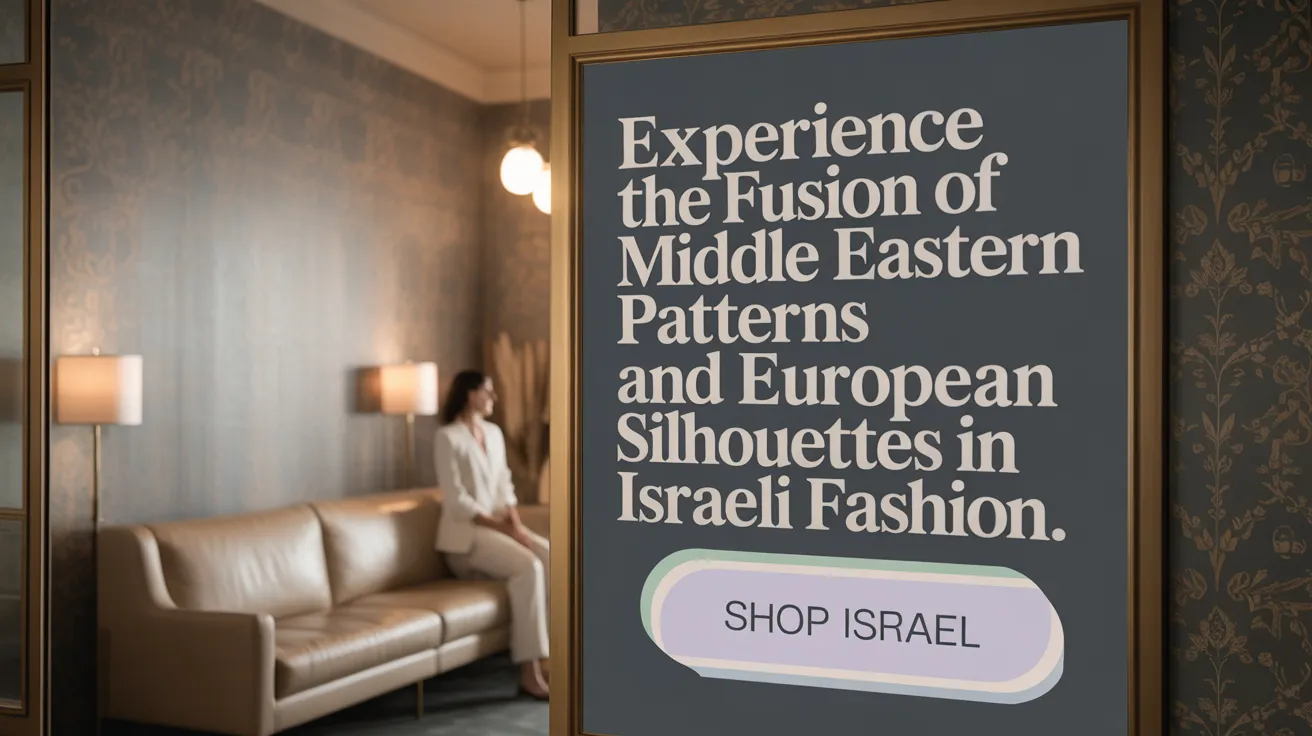
Israel’s fashion scene is a vibrant reflection of its rich cultural tapestry, blending traditional Middle Eastern textiles with contemporary European styles.
Textile choices play a significant role, with natural fabrics like cotton and linen being popular for their breathability and comfort, especially during Israel’s hot summers. Patterns inspired by Middle Eastern art — intricate geometric designs and floral motifs — often adorn clothing, creating a distinctive look that is both traditional and modern.
Designs are heavily influenced by the country’s diverse population, which includes Jewish, Arab, and other communities. This multicultural mix fosters a variety of styles, from modest, long-layered dresses suitable for religious sites to trendy, casual wear for exploring urban centers.
Several Israeli brands blend these cultural influences seamlessly, offering collection lines that showcase fusion styles. For example, chic maxi dresses combined with Middle Eastern embroidery or European cut silhouettes with traditional textile patterns are common.
This style synthesis has gained international appeal, resonating with global fashion enthusiasts who value originality and cultural storytelling. The seamless integration of Middle Eastern textures with European aesthetics has established Israel’s fashion as a unique and influential genre, appreciated worldwide.
Israeli Fashion in the Global Spotlight: From Runways to Street Style
Israel's vibrant fashion scene has gained international recognition, with designers often showcasing their creations on global runways. Major fashion weeks in cities like Tel Aviv and other international venues highlight the country's innovative blend of modern aesthetics and traditional influences.
Celebrities and fashion icons frequently endorse Israeli brands, helping to elevate the country's status in the fashion industry. Their support not only boosts local designers but also draws global attention to Israel's unique style segments.
One of the most intriguing trends is the crossover between traditional attire and contemporary fashion. Israeli designers often incorporate elements like modesty, biblical motifs, and historic textiles into modern clothing, creating a distinctive fusion that appeals worldwide. This approach respects cultural identity while pushing fashion forward.
The influence of Israeli fashion extends to everyday street style as well. Globally, young fashion enthusiasts adopt its eclectic, innovative looks, mixing traditional motifs with modern cuts and accessories. This trend reflects Israel's dynamic cultural landscape and its openness to blending diverse influences.
Here's a quick look at how Israeli fashion impacts worldwide trends:
| Aspect | Description | Influence on Global Fashion |
|---|---|---|
| International showcases | Prominent Israeli designers present collections abroad | Introduces Israeli aesthetics to international audiences |
| Celebrity endorsements | Celebrities wear Israeli brands | Elevates status and recognition |
| Traditional-modern crossover | Merging cultural elements with contemporary styles | Inspires global designers to explore heritage-driven fashion |
| Street style impact | Youth adopting Israeli-inspired looks | Shapes everyday fashion globally |
Overall, Israel's fashion scene is making waves through its innovative designs and cultural authenticity, influencing global trends and inspiring designers around the world.
Adapting to Climate: Seasonal Styles Reflecting Israel’s Weather
Summer Heat and Recommended Fabrics
During Israel's scorching summer months from April to October, temperatures can climb as high as 108°F, making lightweight, breathable fabrics essential. Opt for natural fibers like cotton and linen, which help keep skin cool and dry. Popular clothing choices include shorts, sundresses, skirts, and loose-fitting tops that allow air circulation. Protecting oneself from the sun is also crucial; wearing wide-brimmed hats, sunglasses, and applying sunscreen help reduce sunburn risk.
Winter Layering and Comfort
From October to March, Israel experiences mild winter weather, with daytime temperatures averaging between 59-77ºF. Nights can be cooler, dropping down to around 50ºF, and occasional snow falls in Jerusalem. For winter outings, layering is a smart approach. Light sweaters, long-sleeve shirts, and jackets provide warmth without overheating during daytime. In the desert, nights can get quite cold, so packing warmer layers is advisable.
Practicality Influencing Fashion Choices
Clothing choices in Israel are often guided by practicality, especially for outdoor activities and visiting religious sites. Modest dress is recommended for sacred locations, which means wearing long, lightweight pants or maxi dresses, along with tops that cover shoulders and chest. Scarves or shawls are useful for covering shoulders or heads when required.
Seasonal Accessories for Sun and Cold
Regardless of the season, accessories play a vital role. In summer, wide-brimmed hats, UV-protection sunglasses, and waterproof sunscreens are essential for sun safety. During winter, scarves, gloves, and thermal layers help combat cooler temperatures, especially in the desert or high-altitude areas. Travel-ready accessories ensure comfort and protection in Israel’s varying climate conditions.
| Season | Typical Weather | Recommended Clothing | Additional Accessories |
|---|---|---|---|
| Summer | Hot, dry, up to 108°F | Cotton, linen, shorts, dresses, skirts | Hats, sunglasses, sunscreen |
| Winter | Mild, 50-77°F, possible snow in Jerusalem | Long pants, maxi dresses, layered tops | Scarves, jackets, thermal wear |
| General | Varies with location and season | Practical, modest, sun or cold protection | Sun hats, sunglasses, scarves, gloves |
Understanding Israel’s seasonal weather helps travelers choose suitable clothing, ensuring comfort and appropriateness whether exploring historic sites, enjoying outdoor adventures, or relaxing by the sea.
Celebrating Israel’s Fashion Evolution and Future Horizons
Israel-themed fashion continues to evolve, seamlessly merging cultural heritage with modern aesthetics and ethical considerations. From the resurgence of traditional modest fashion to bold new forms inspired by national symbolism and architectural minimalism, Israeli designers are redefining what contemporary fashion means on the global stage. As sustainability and social consciousness grow in importance, Israel’s fashion scene is poised to influence worldwide trends while honoring its rich, multifaceted identity. Fashion enthusiasts and industry watchers alike should keep an eye on this dynamic landscape as it explores fresh narratives and innovative expressions that celebrate both tradition and progress.
References
- What to Wear in Israel: Summer And Winter
- A century of Israeli fashion… or anti-fashion
- The Enduring Trajectory of Jewish Fashion
- Galit Levi on Her Decades-Long Career in Fashion and ...
- Cool New Work-Wear From Israel's Collectivist Past
- Fashion trends amid the Israel-Hamas War
- These Israeli fashion designers are famous abroad
- Fashion trends amid the Israel-Hamas War
- Cool New Work-Wear From Israel's Collectivist Past



